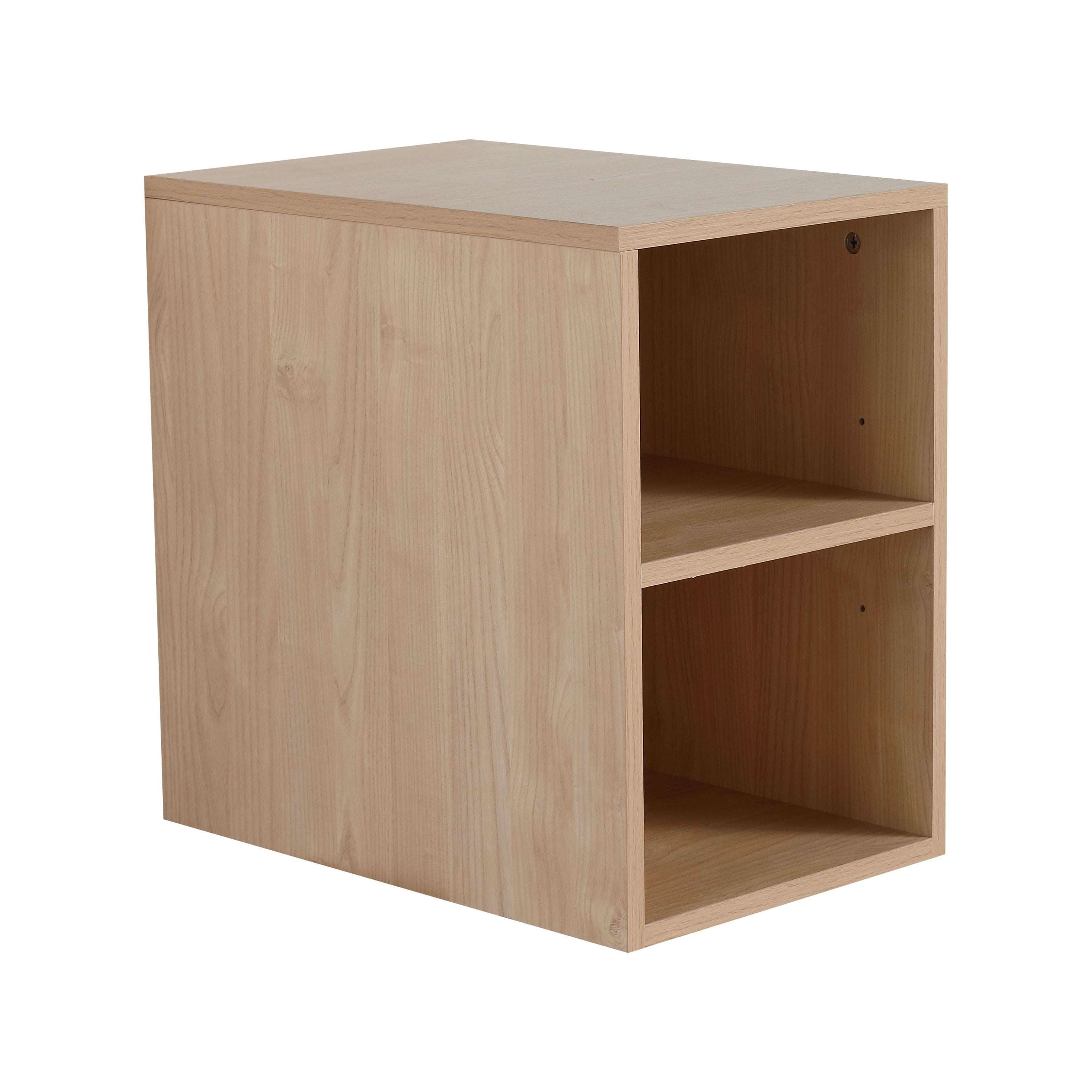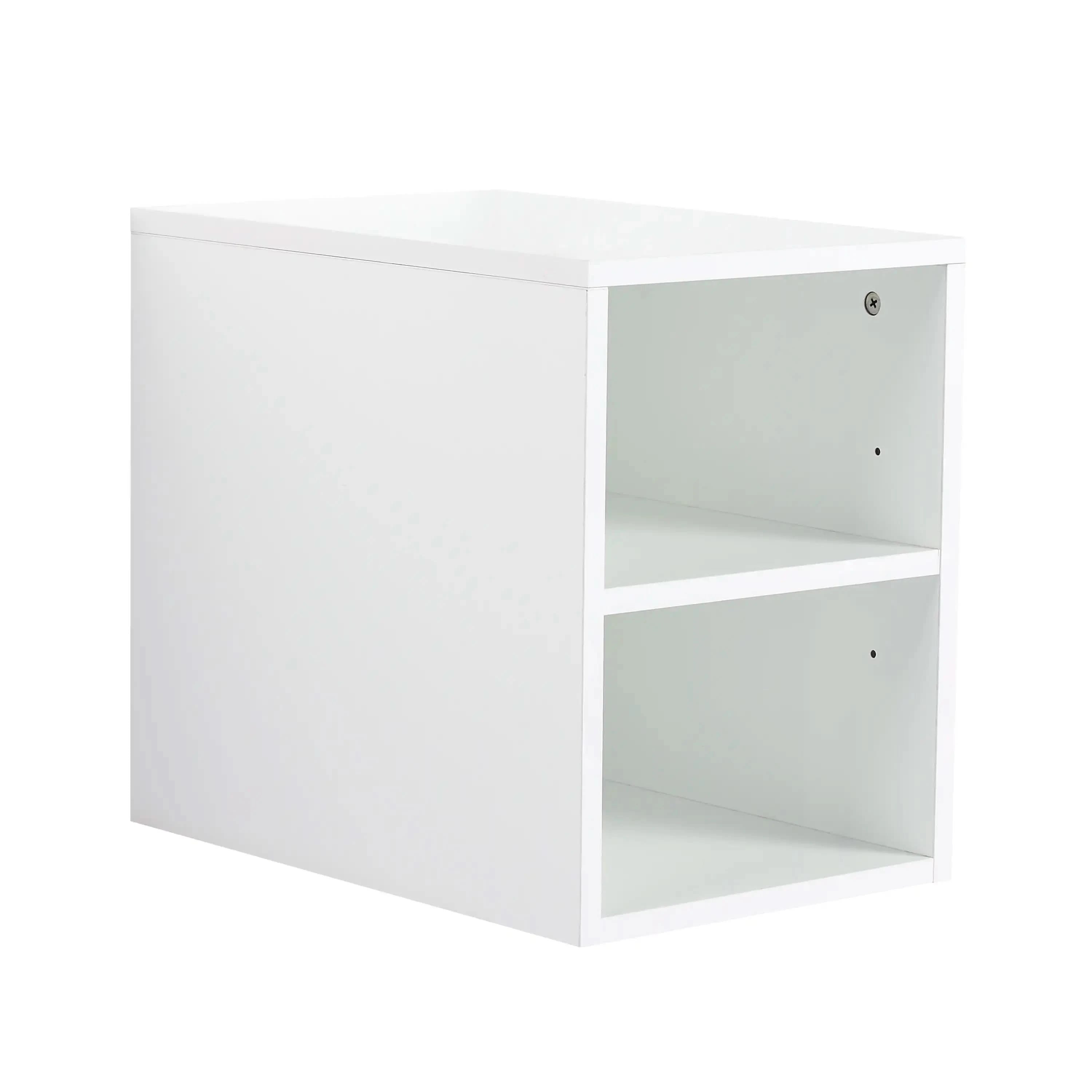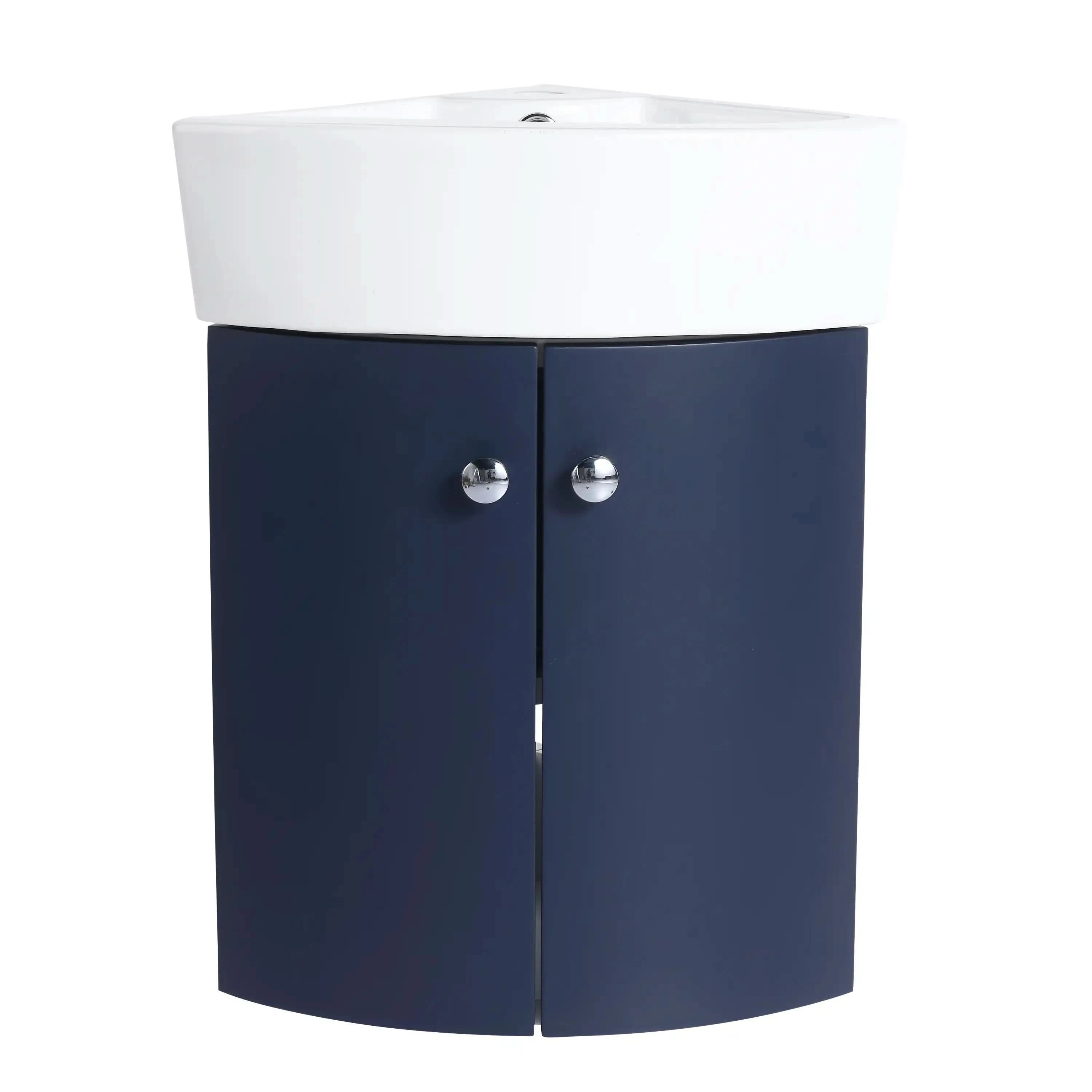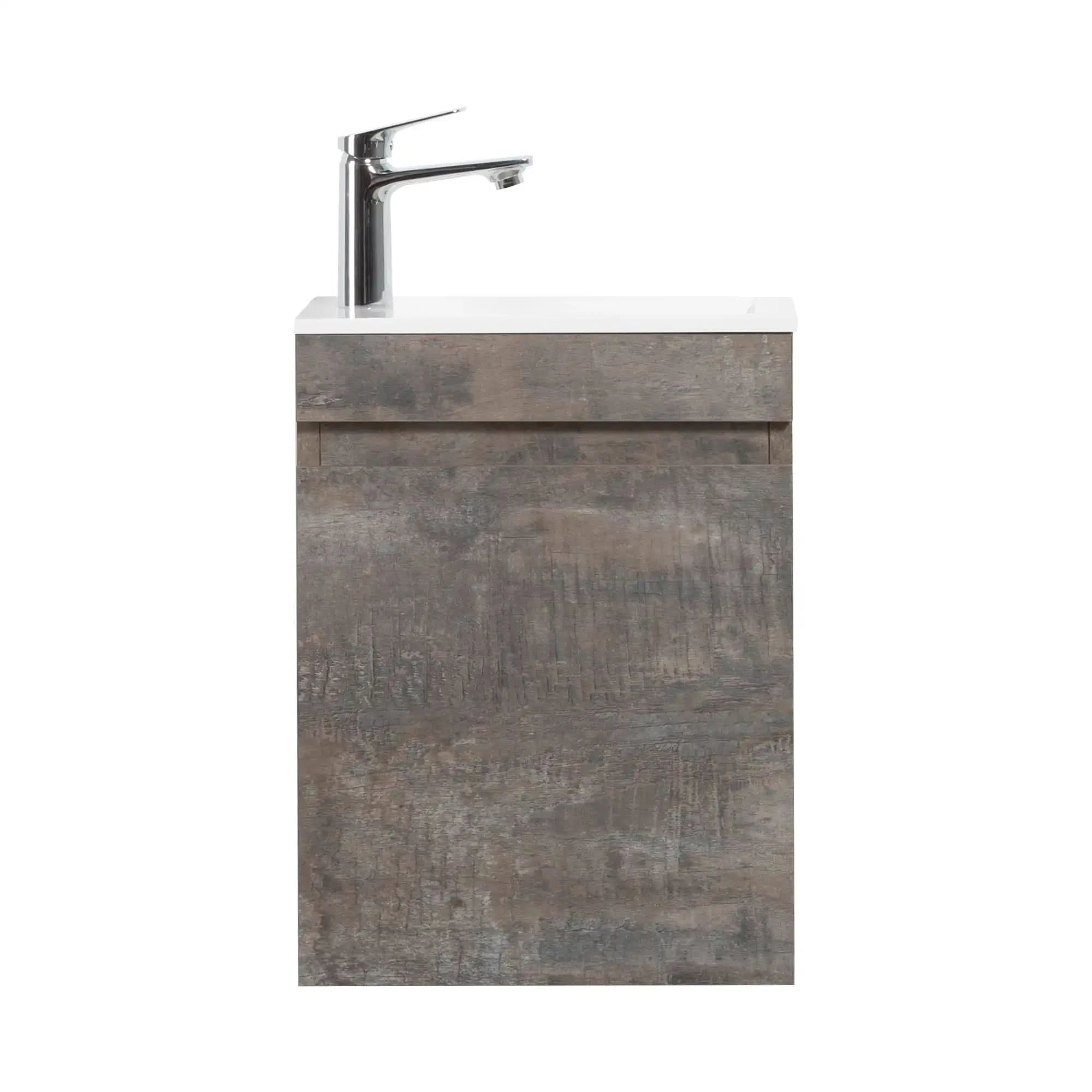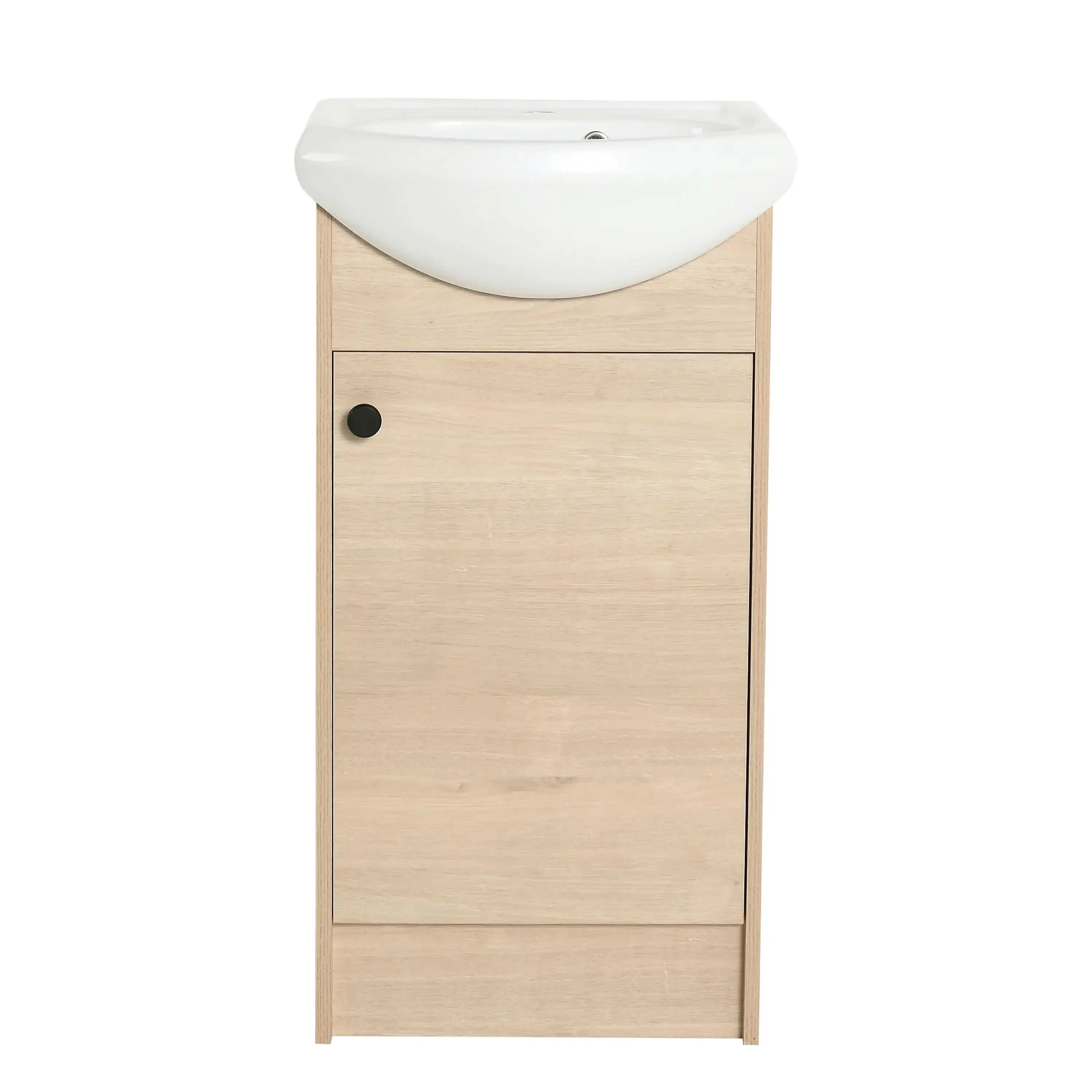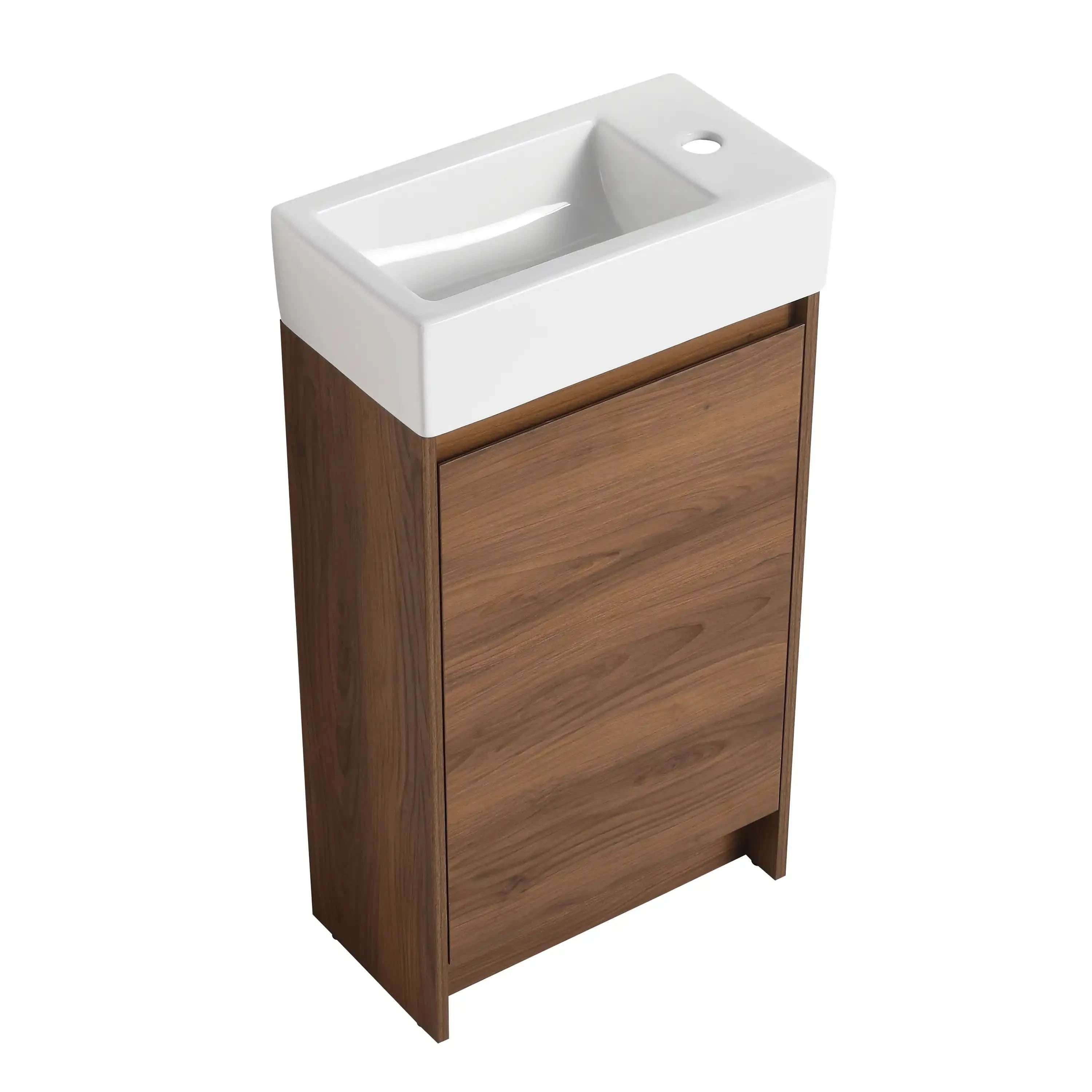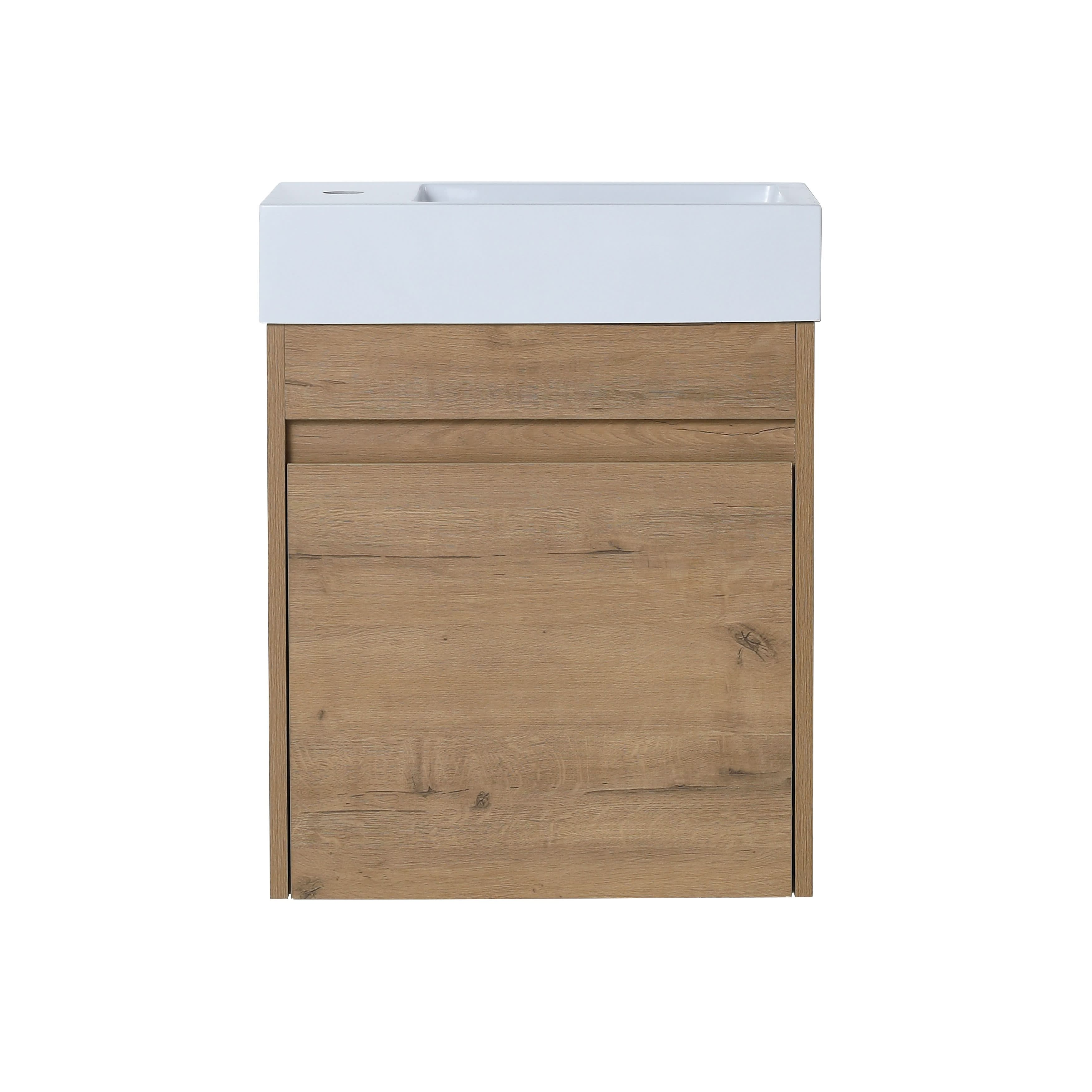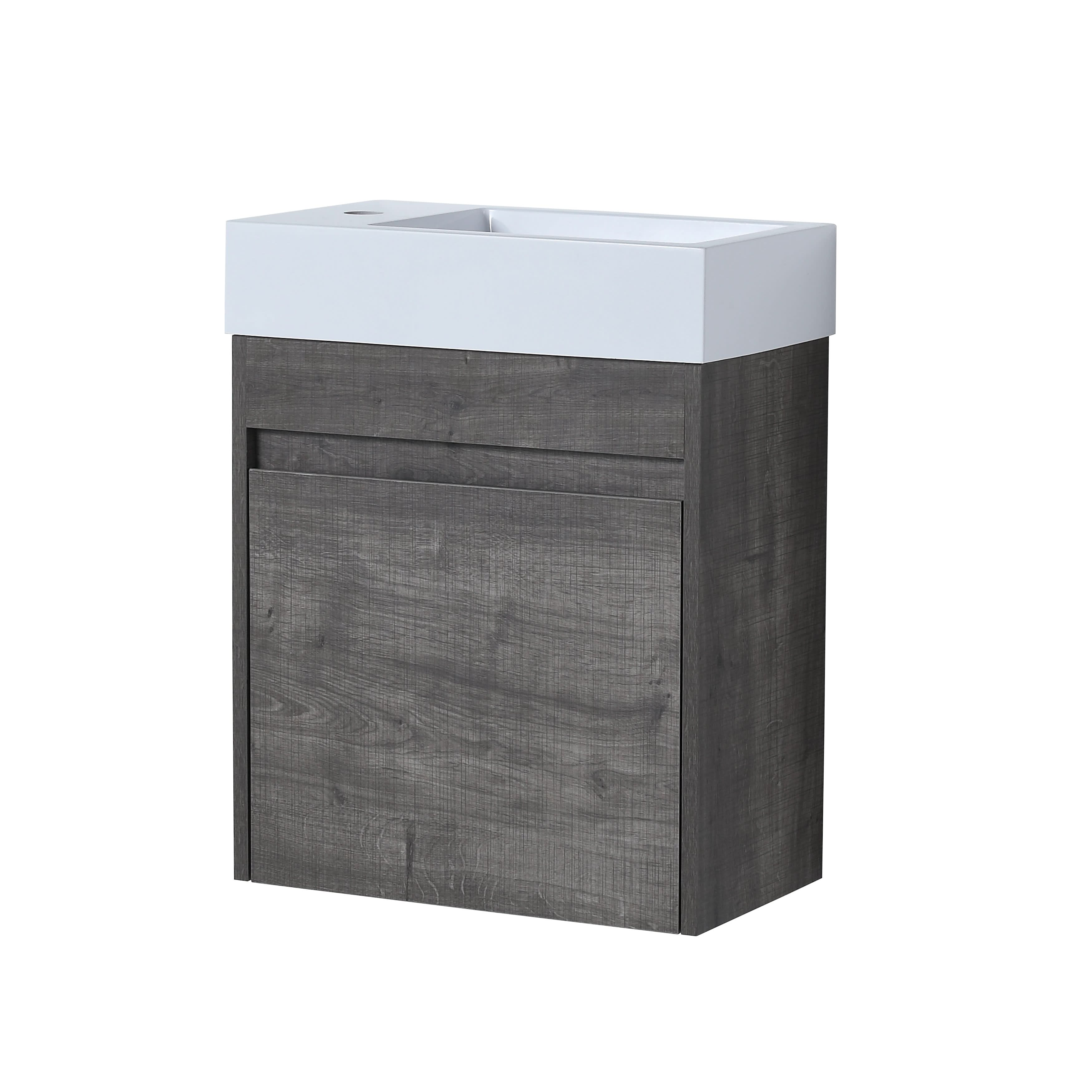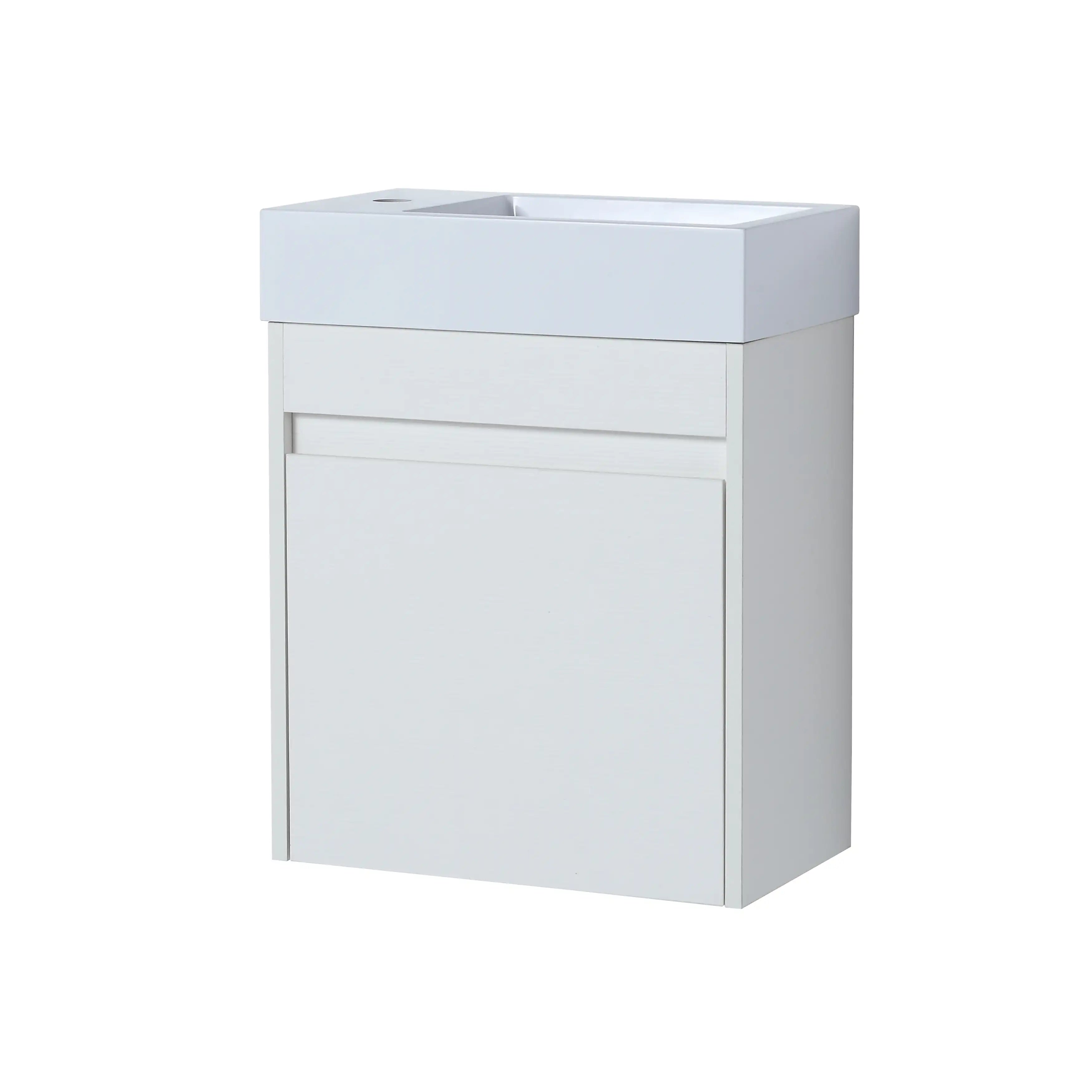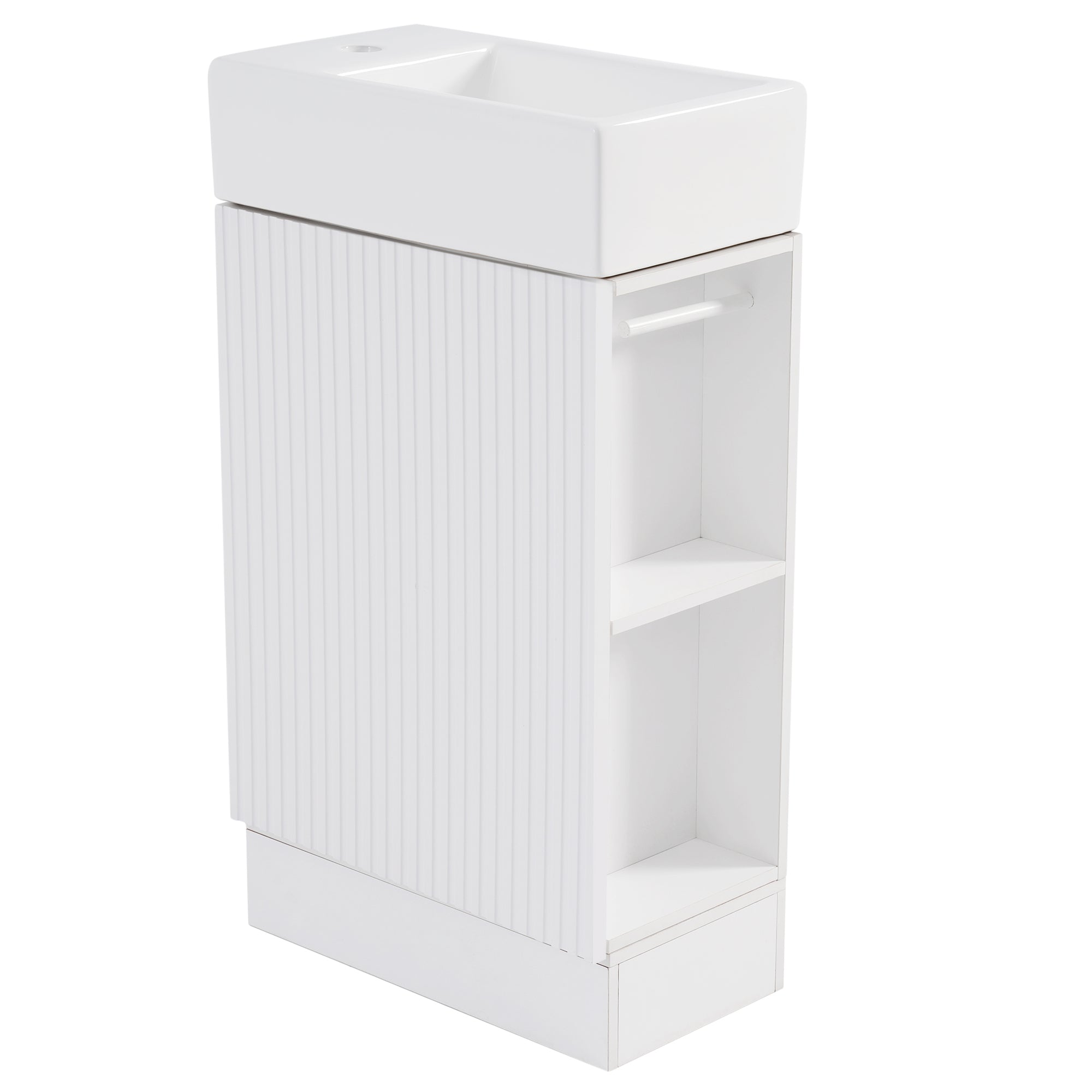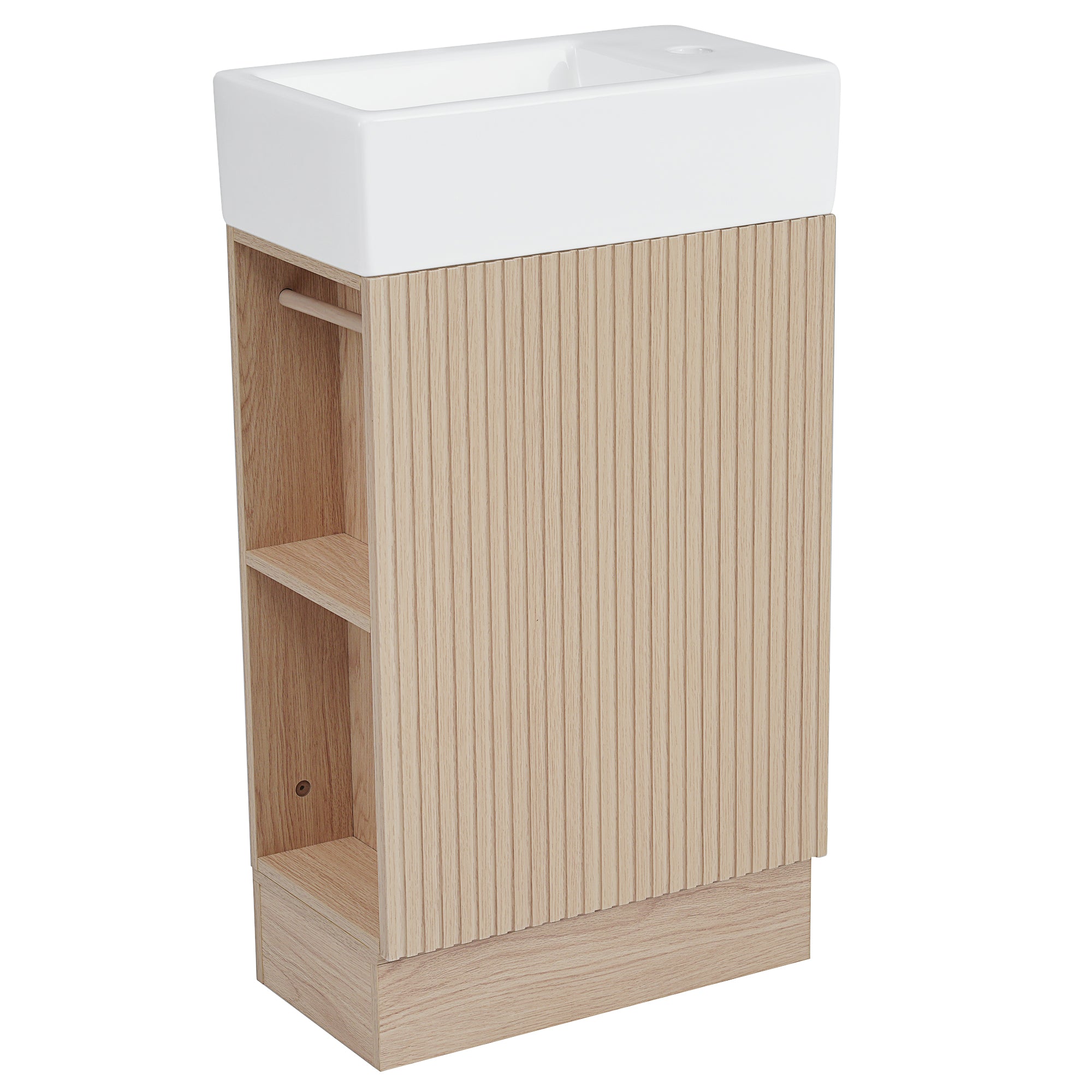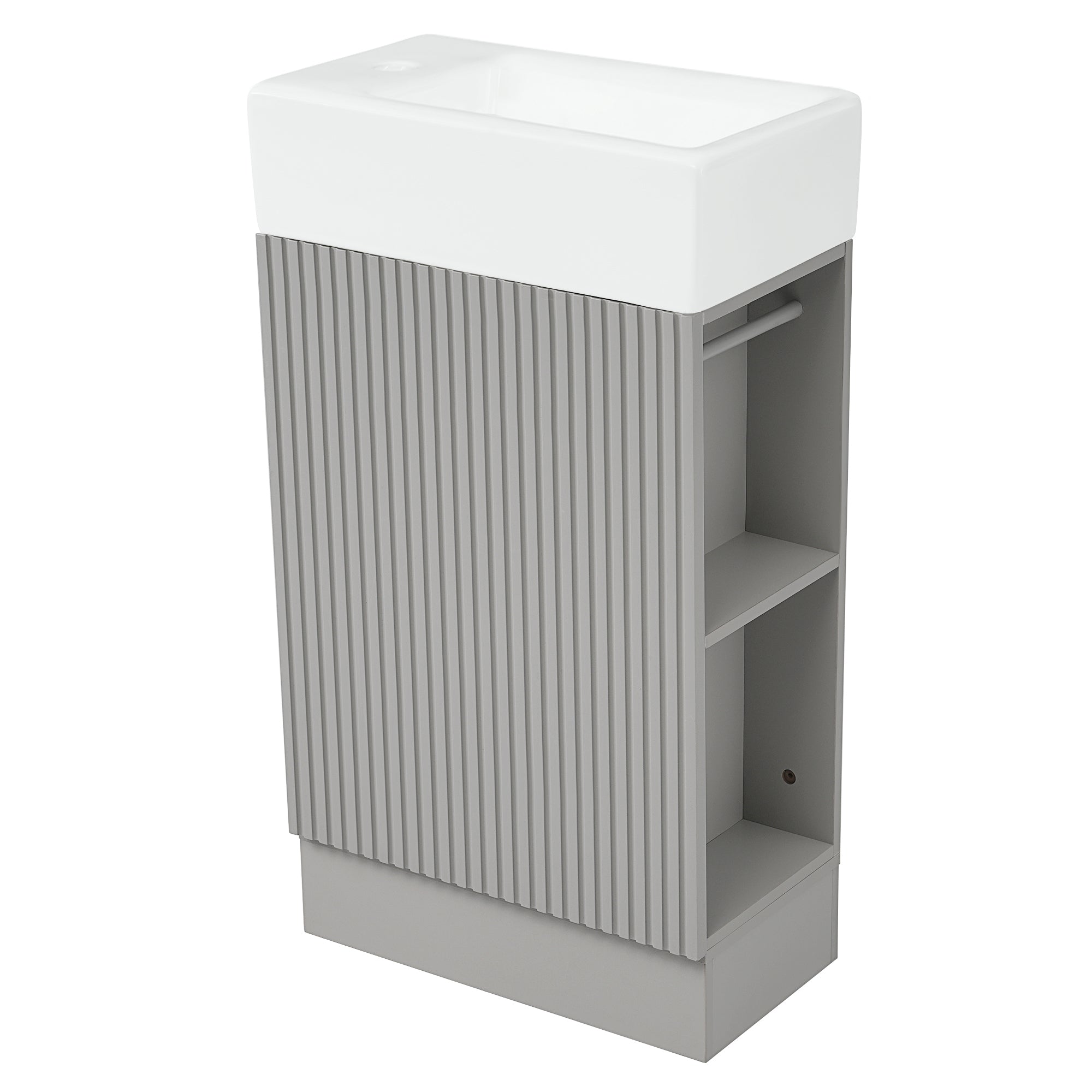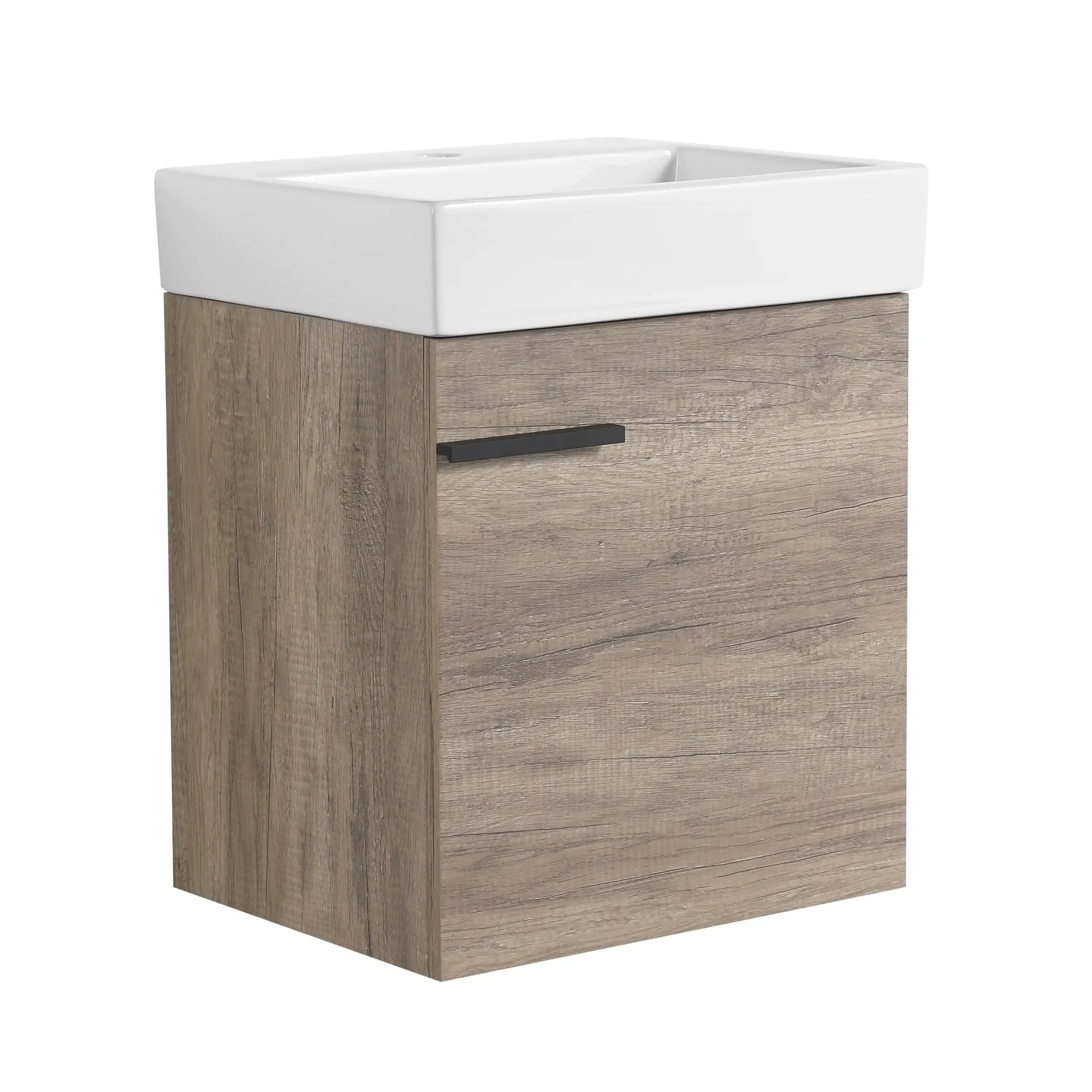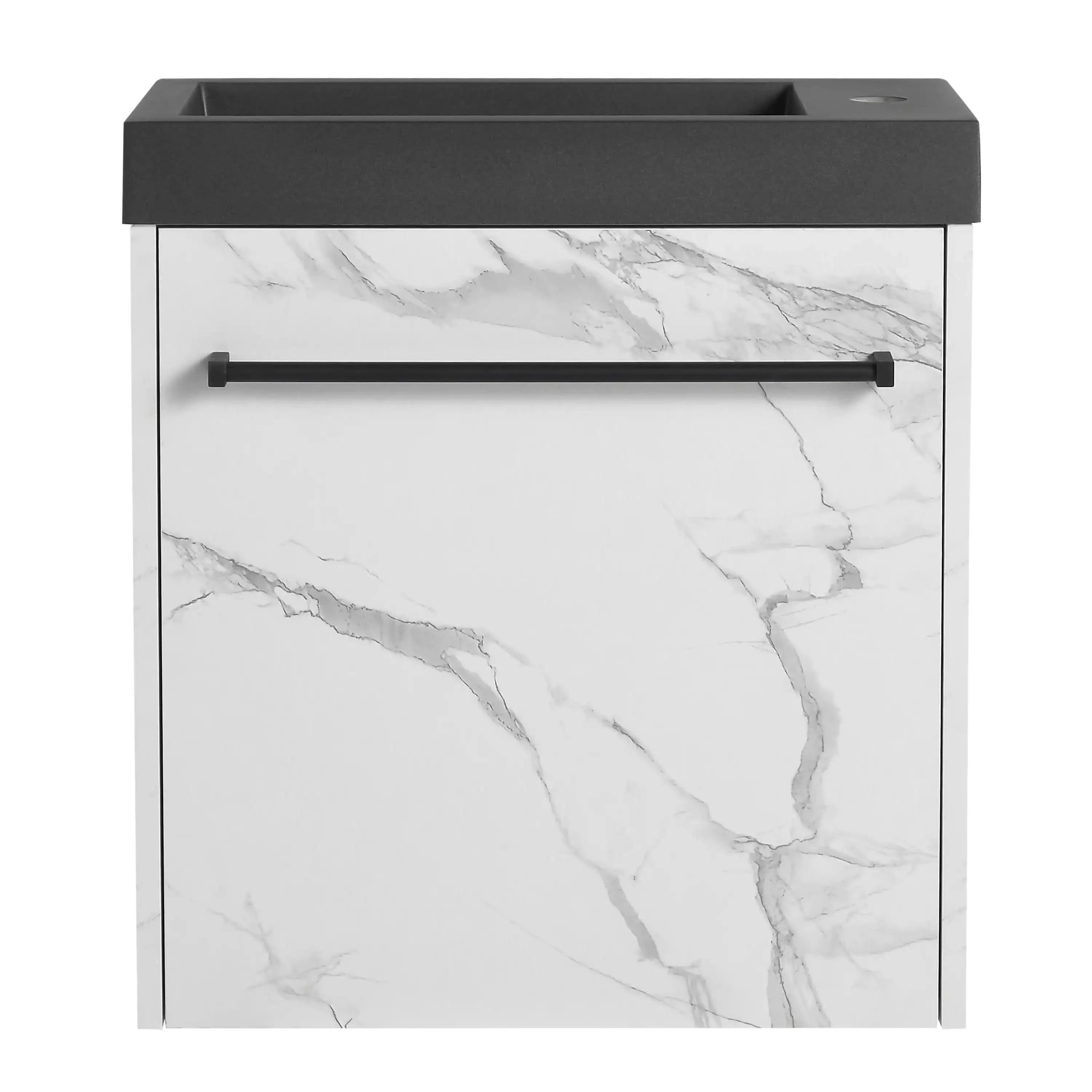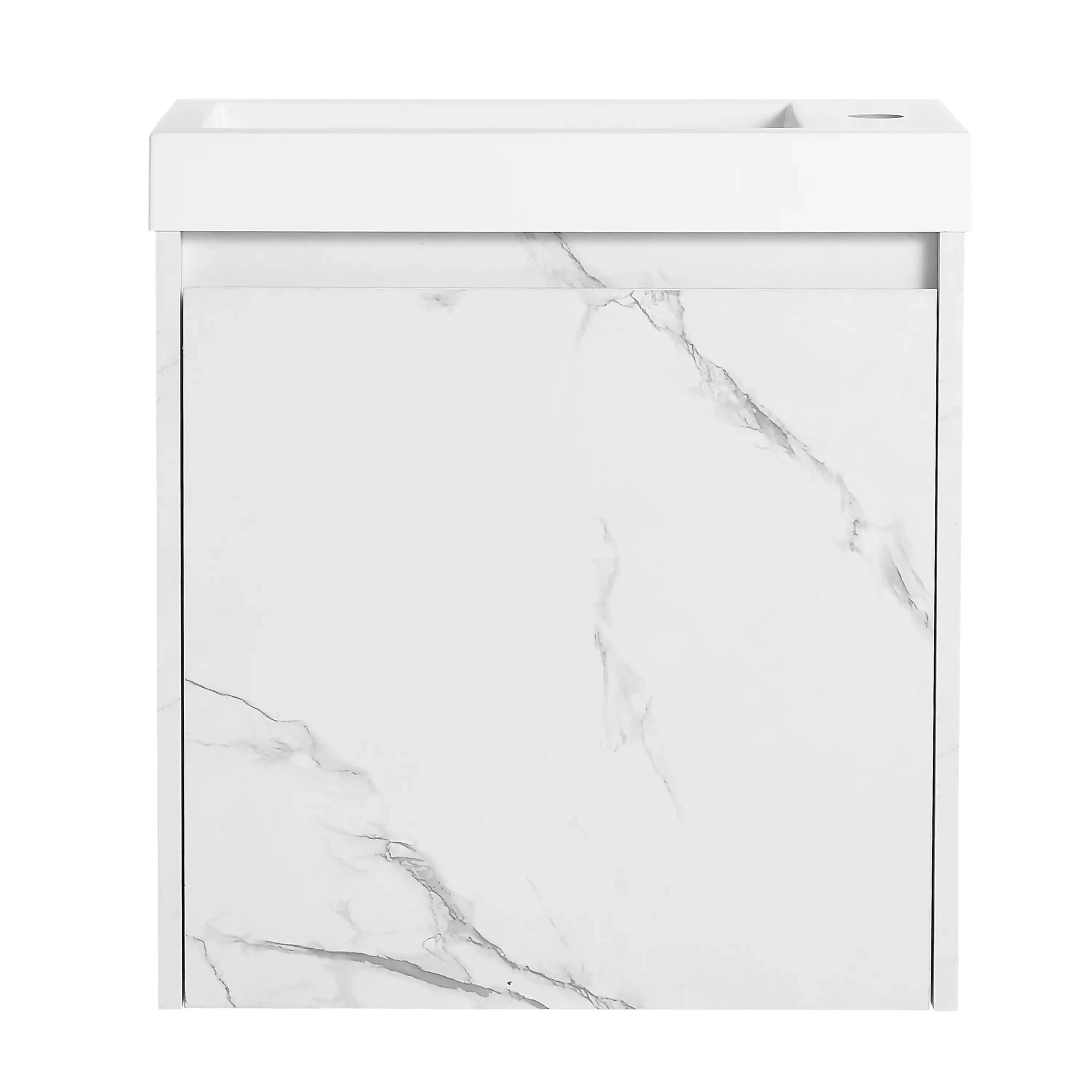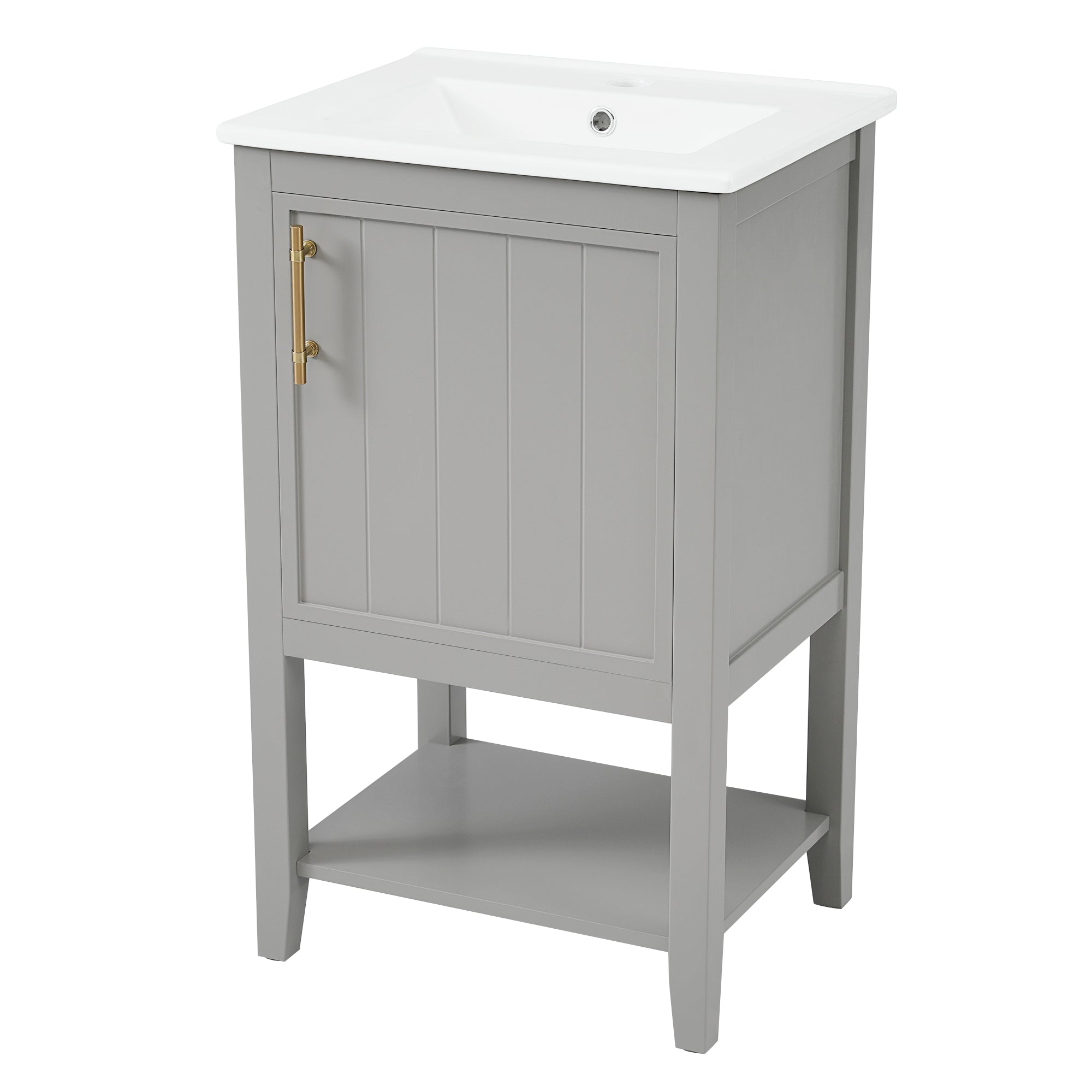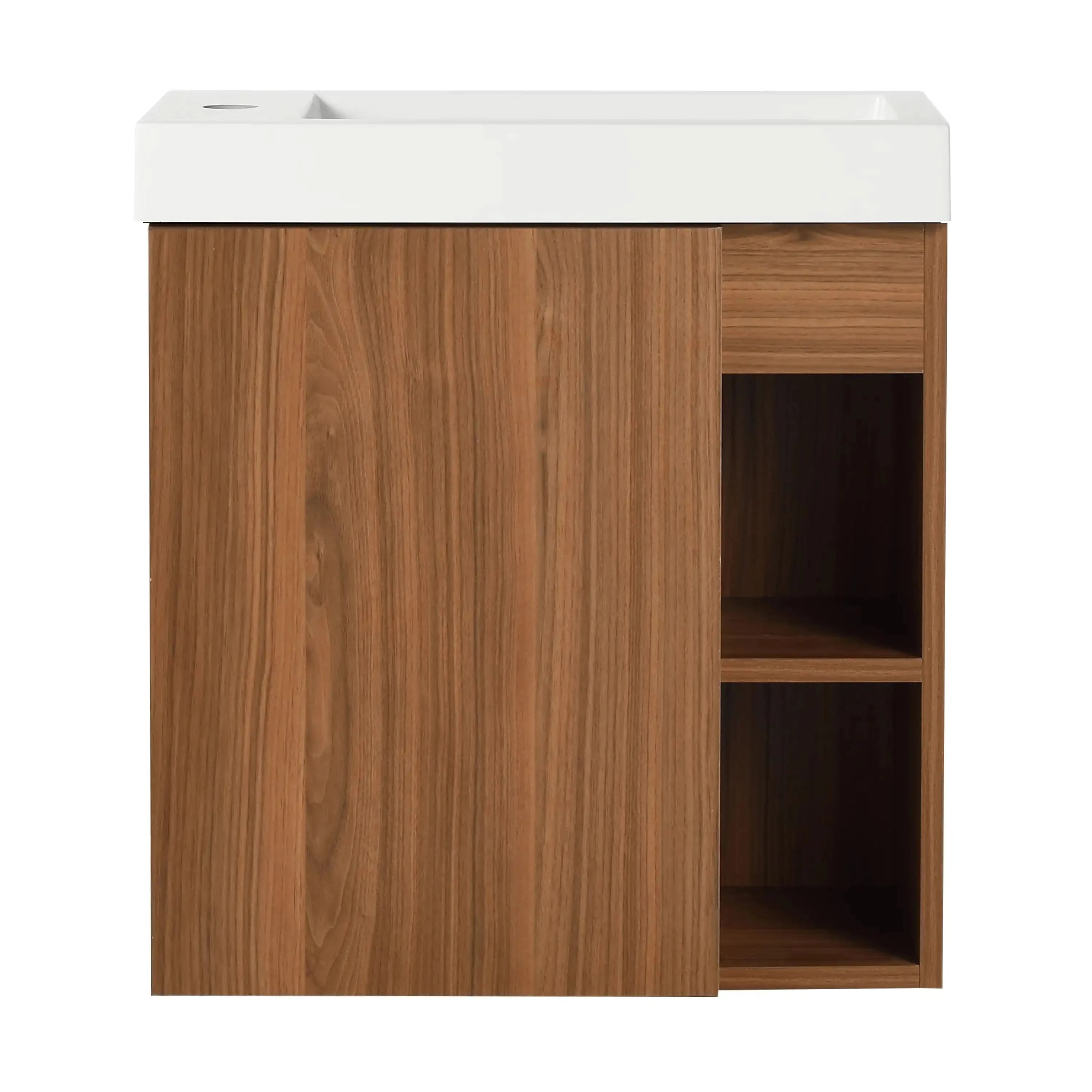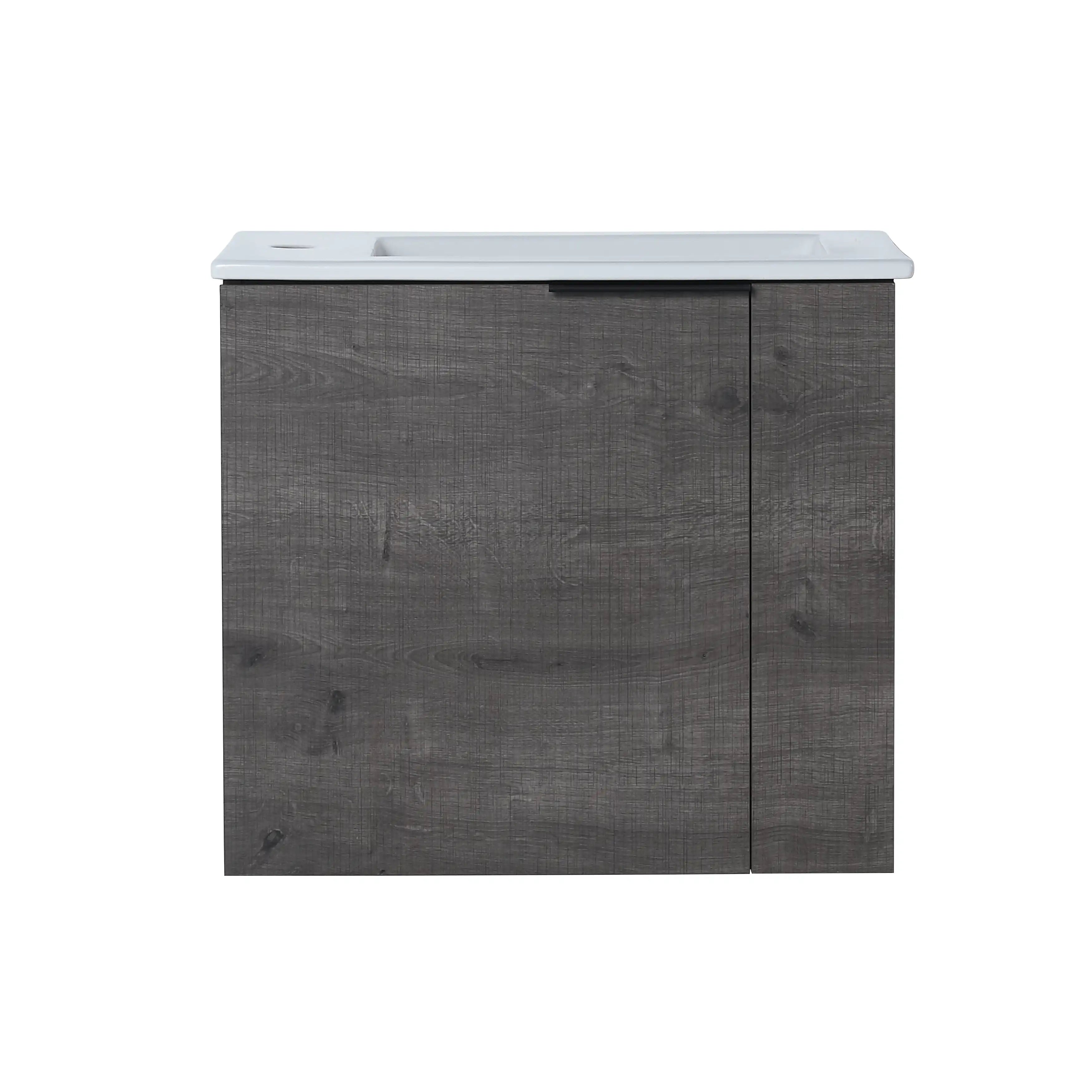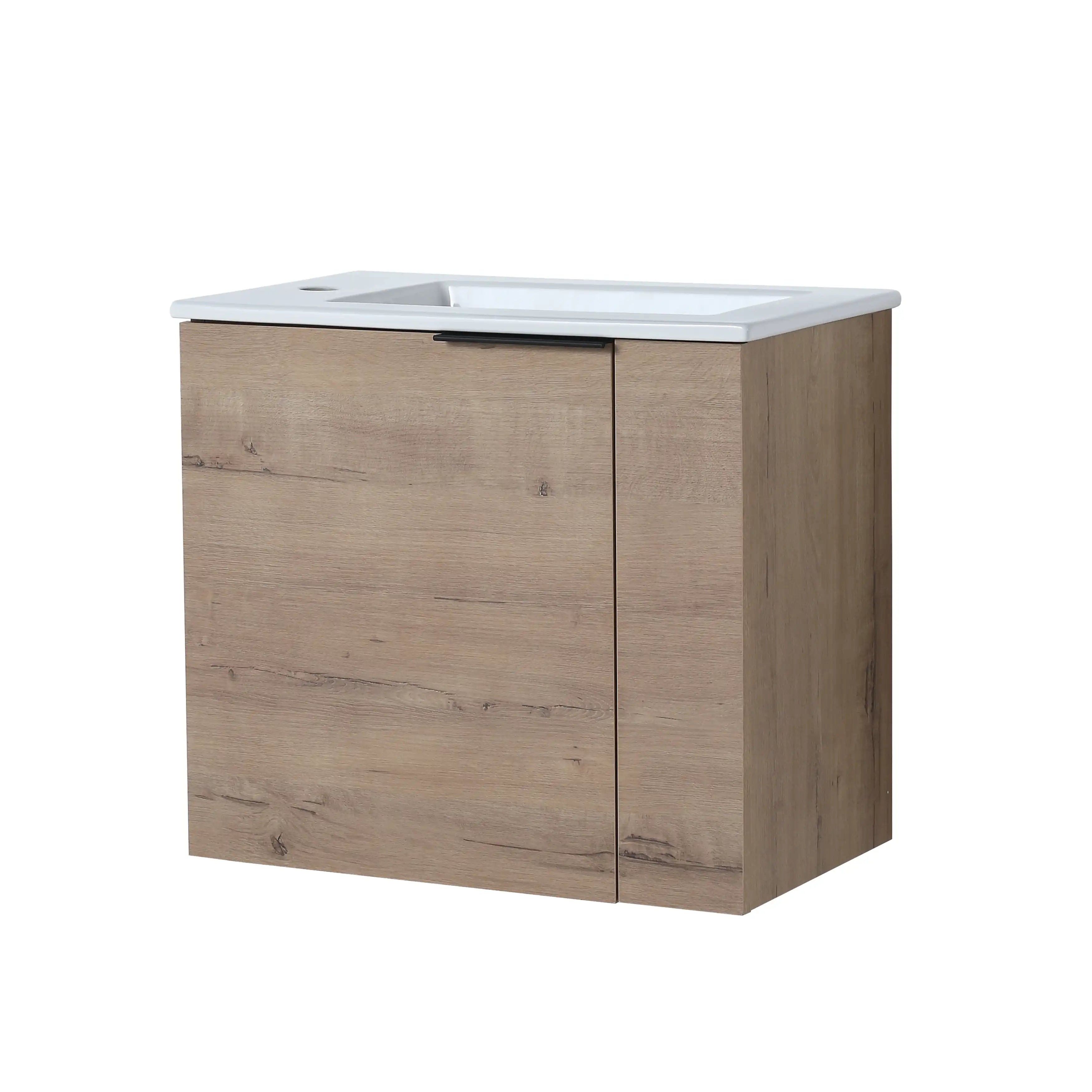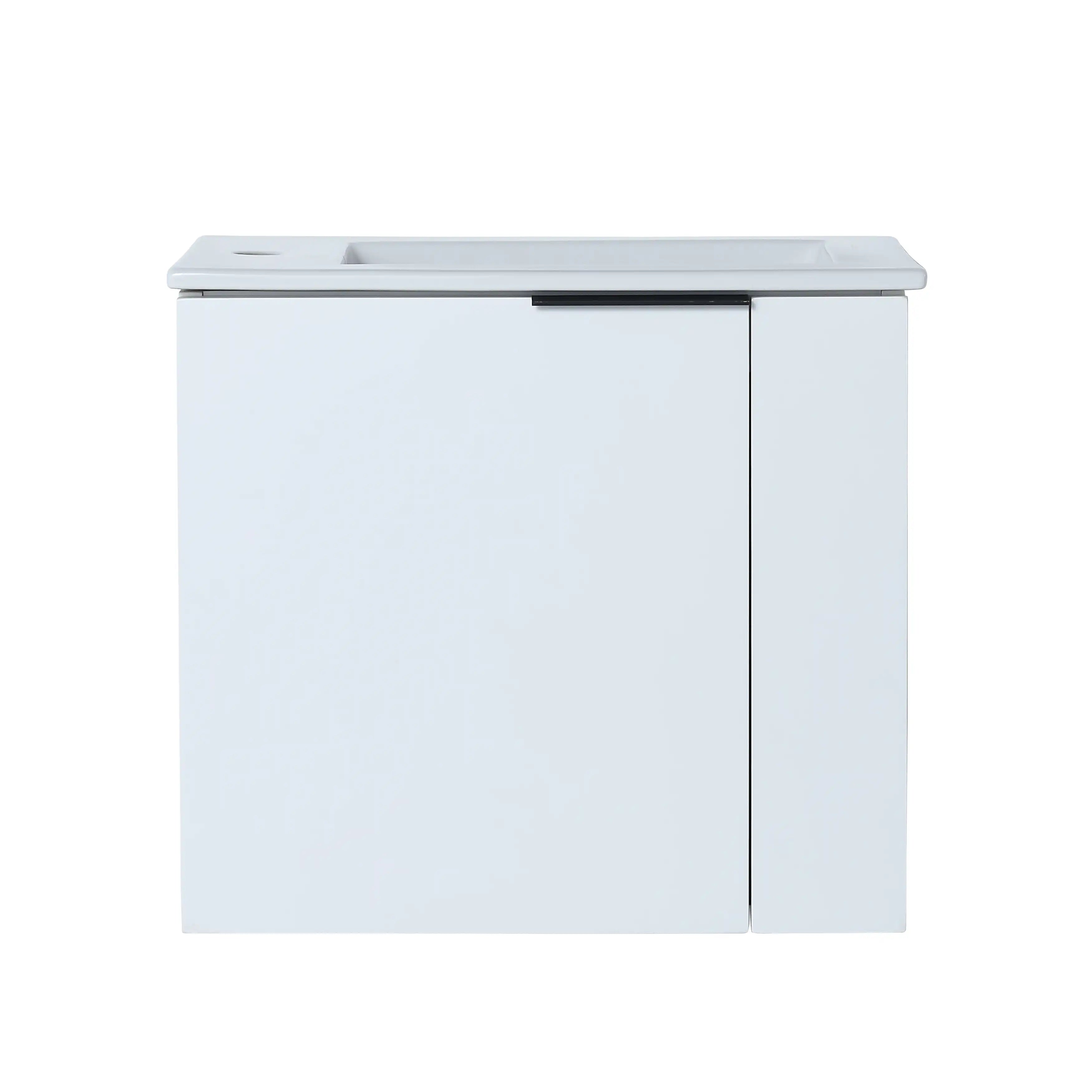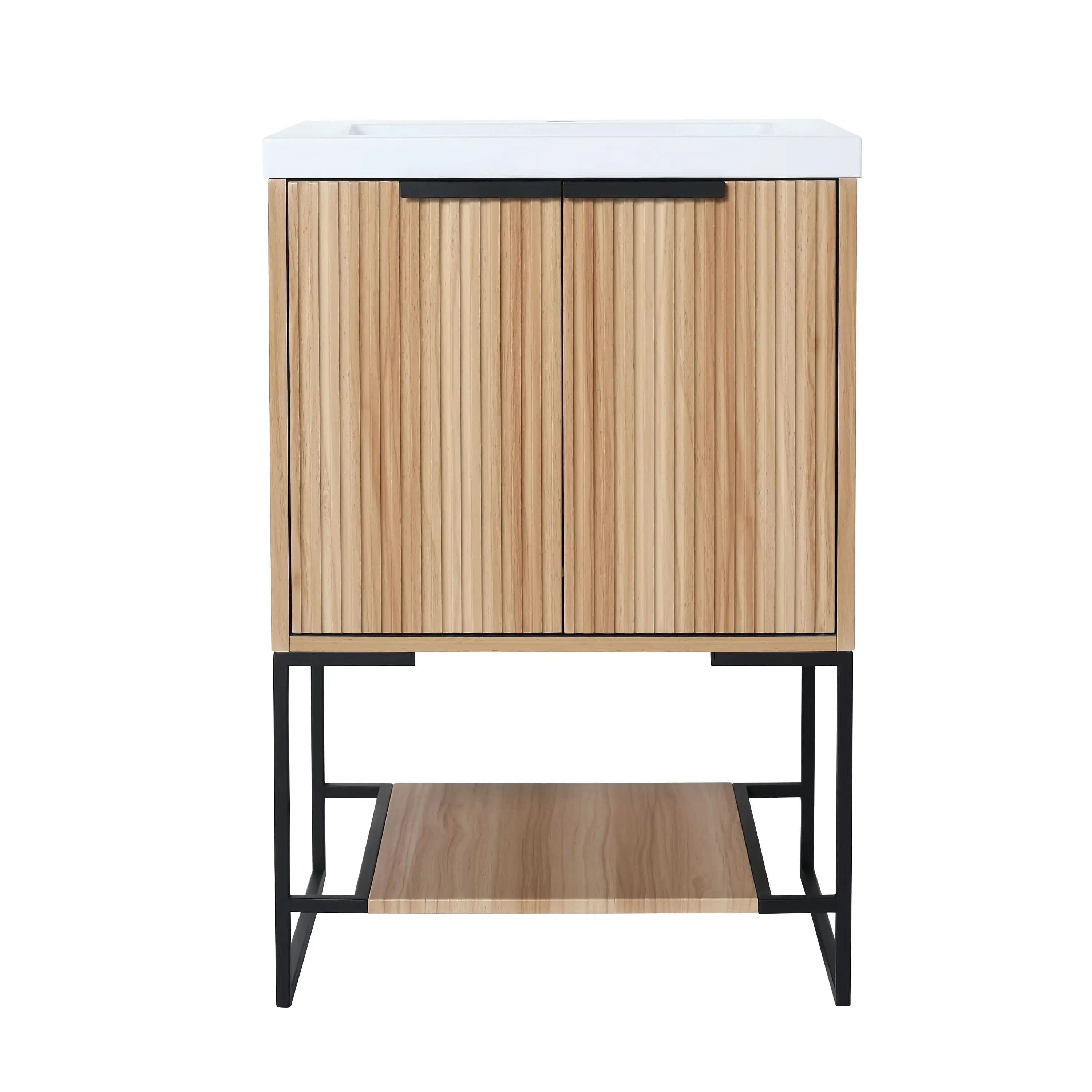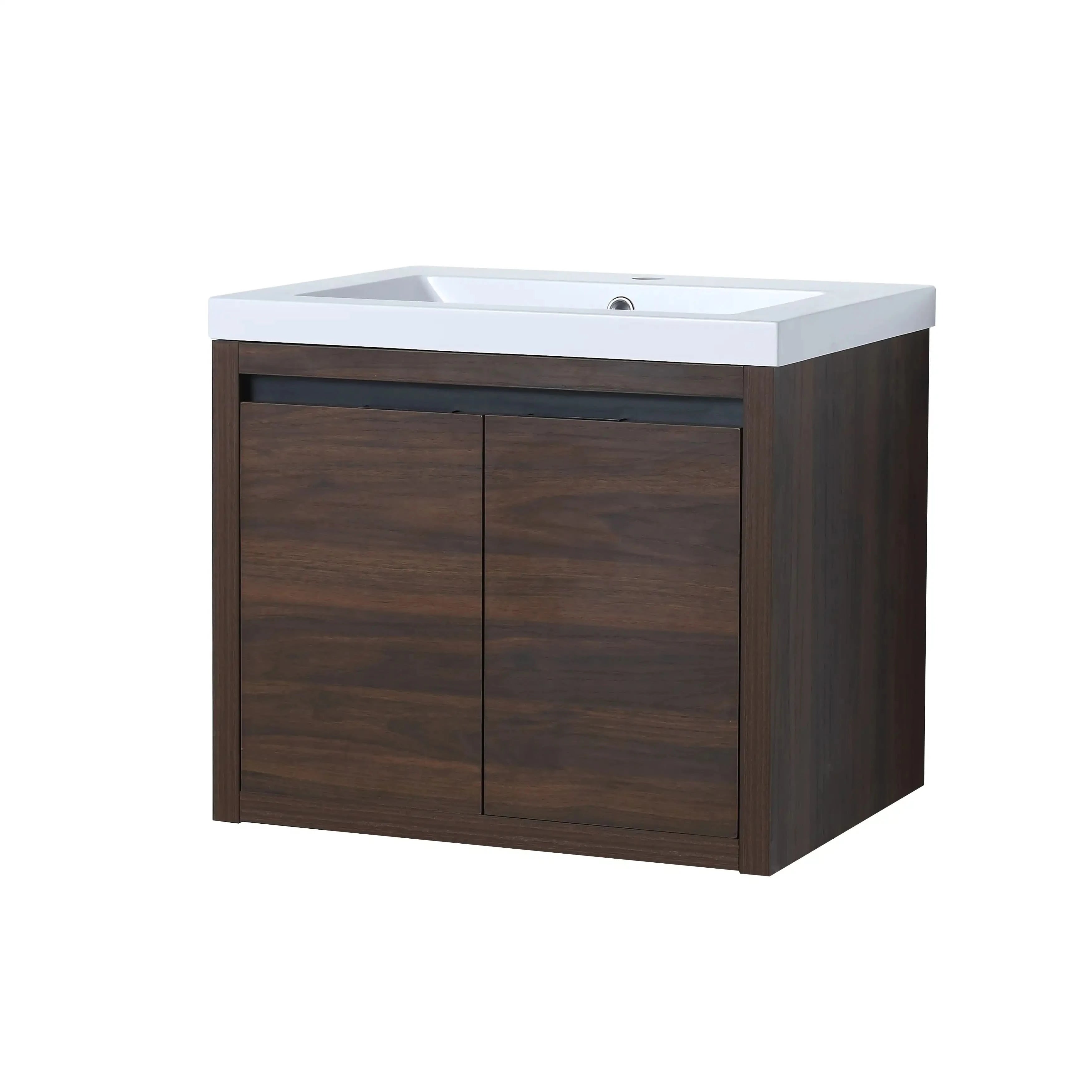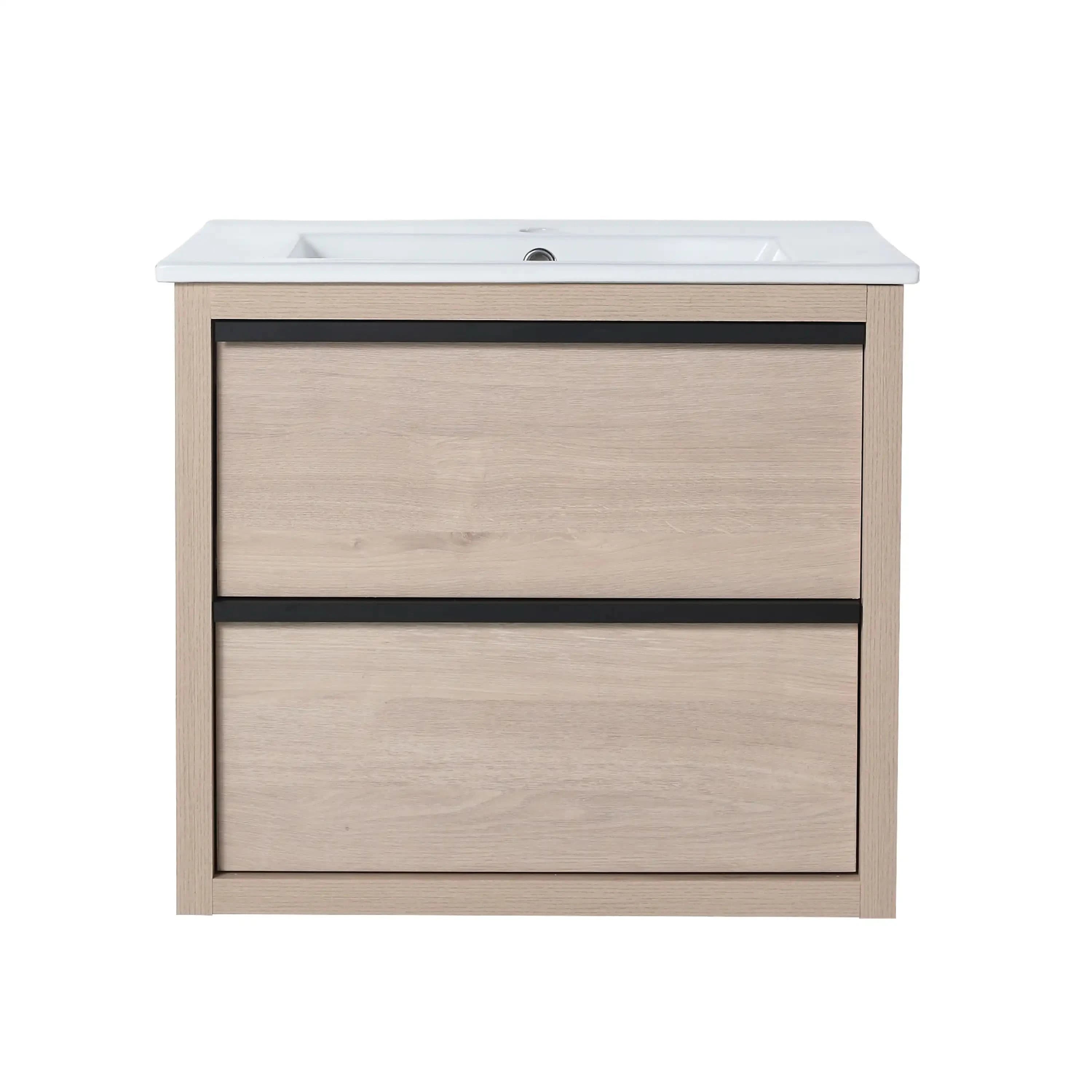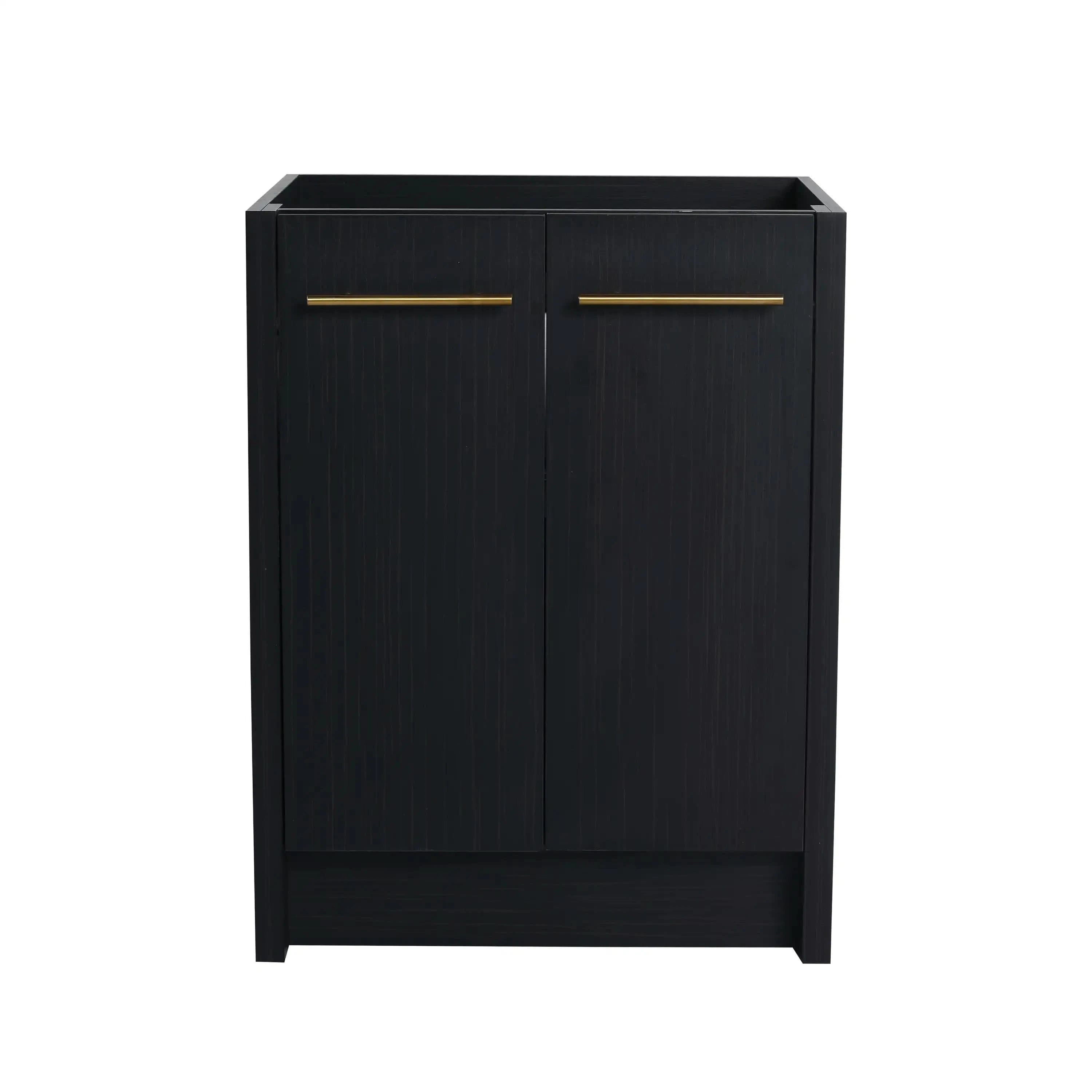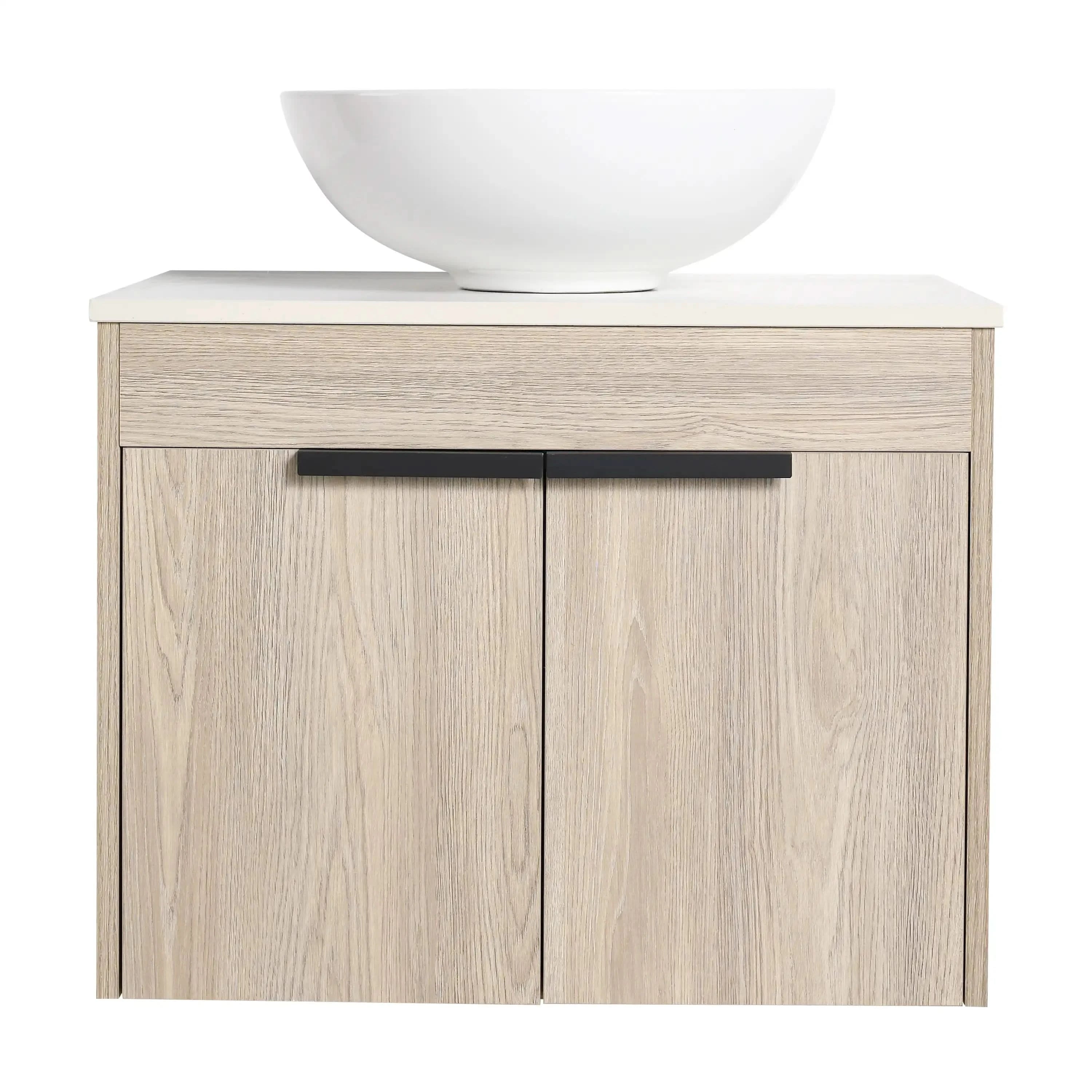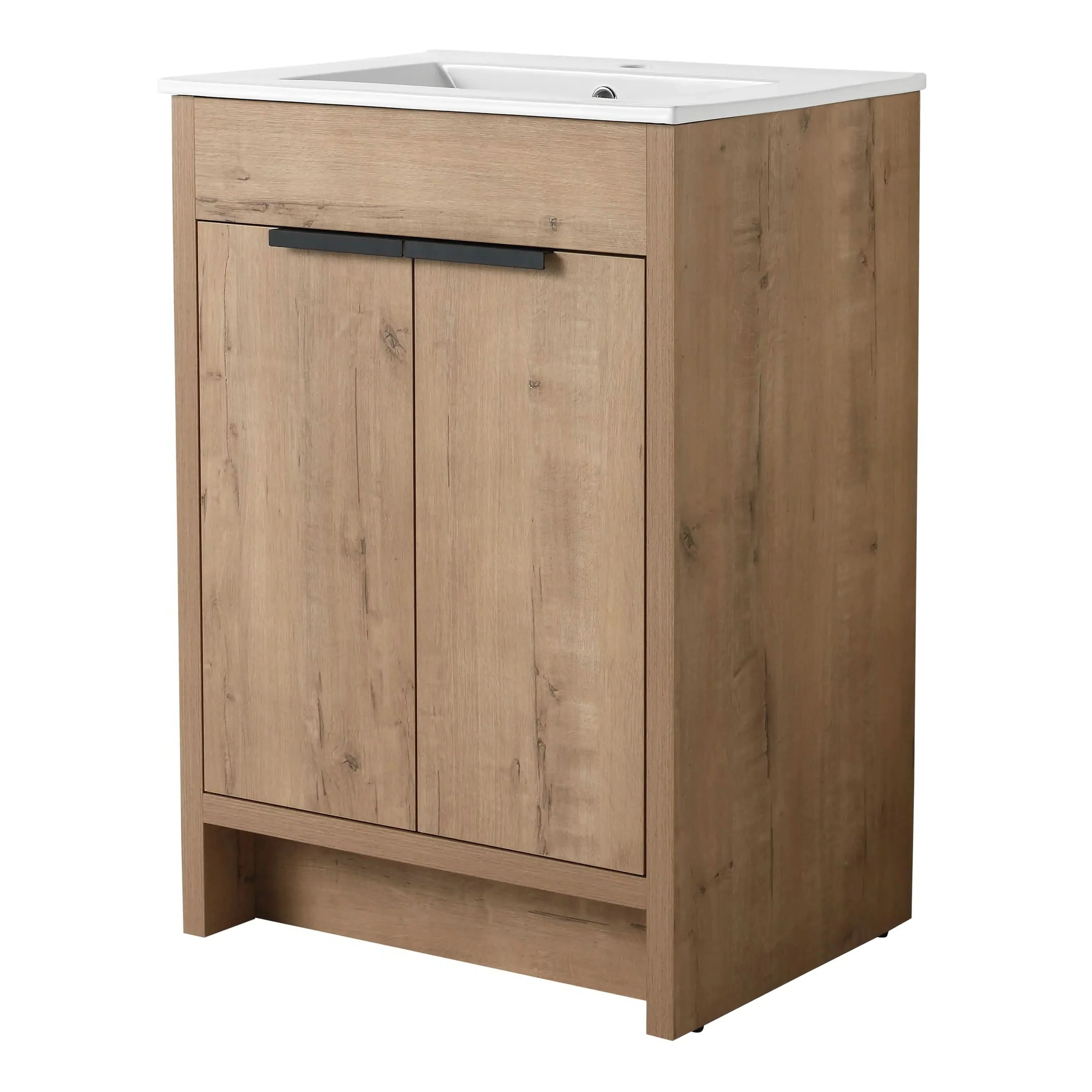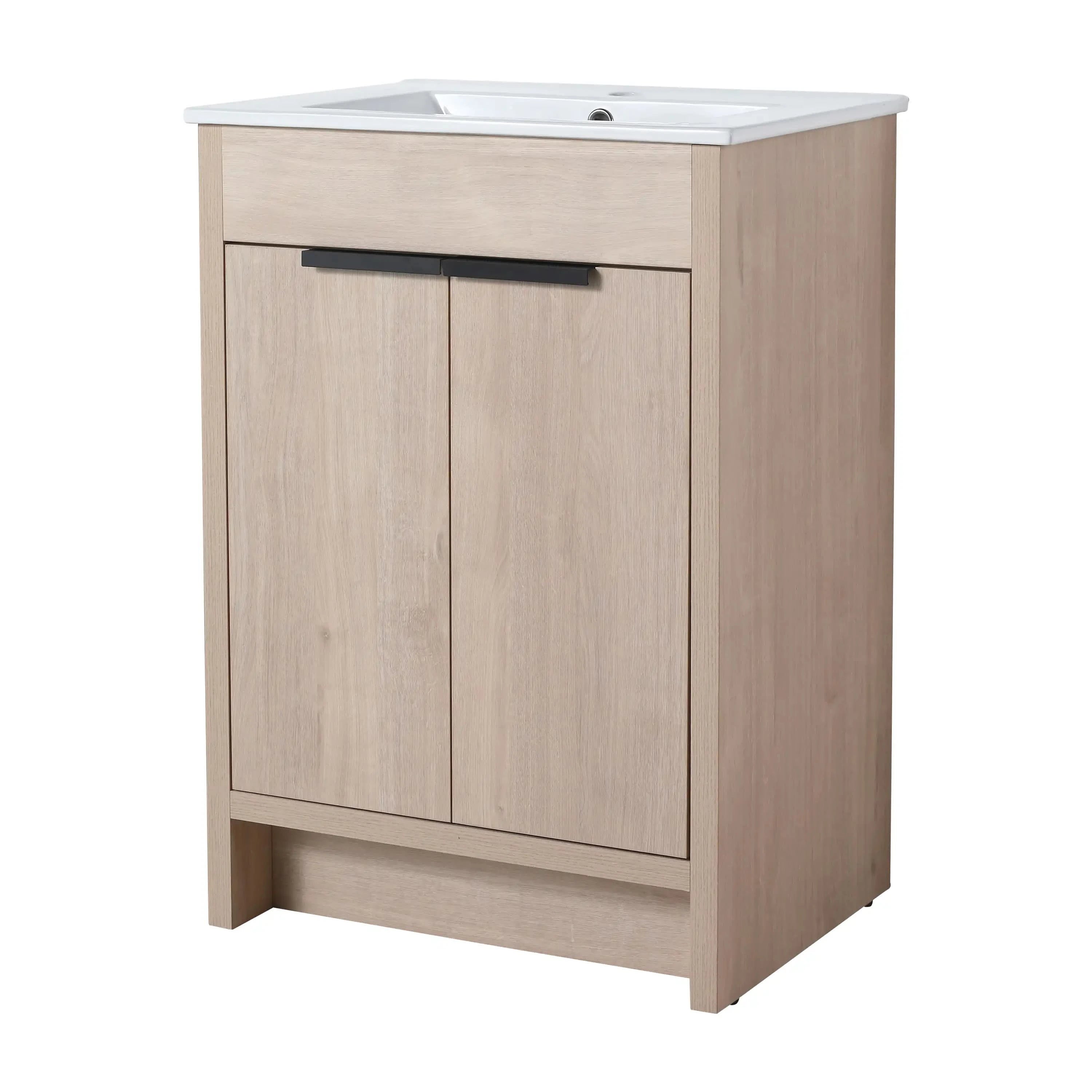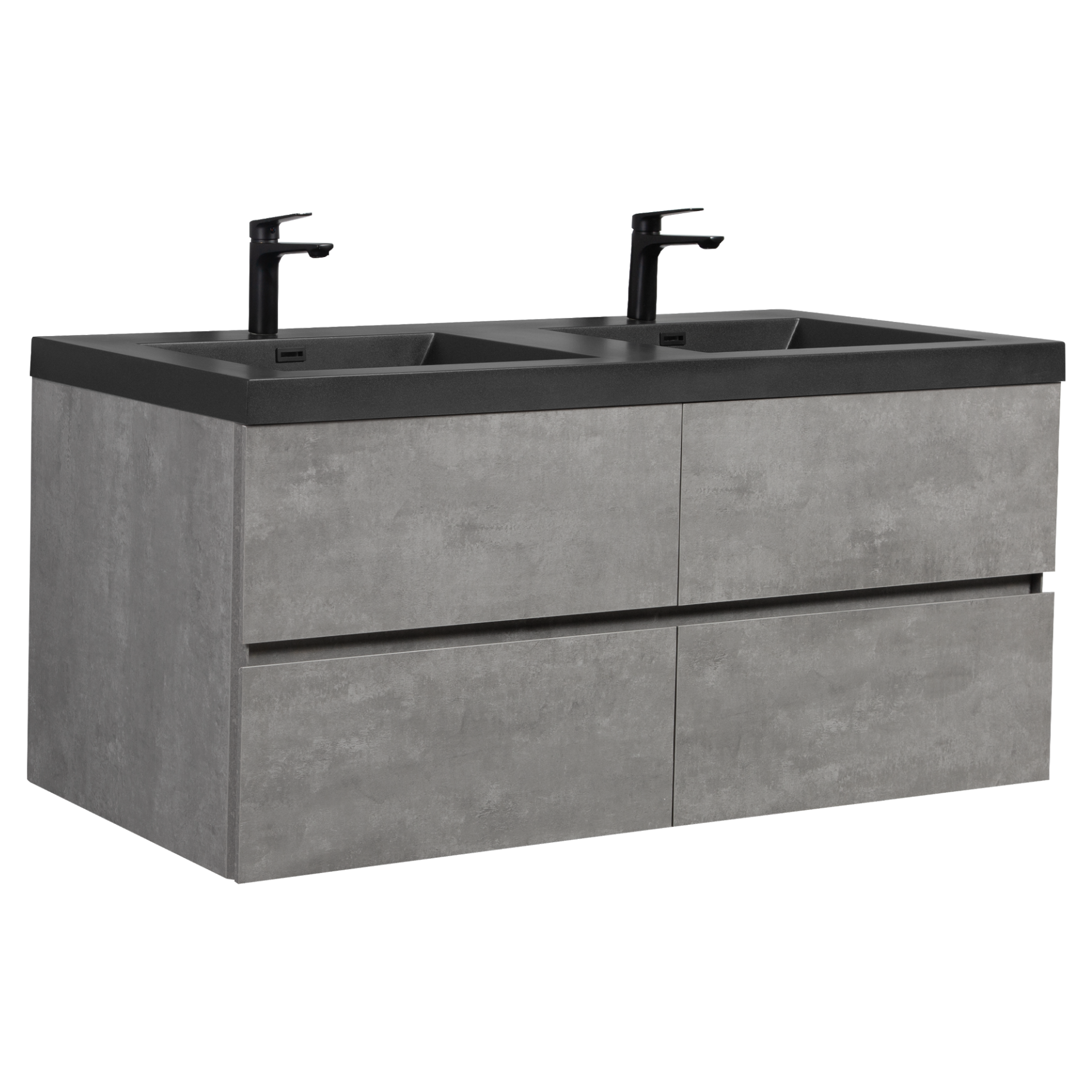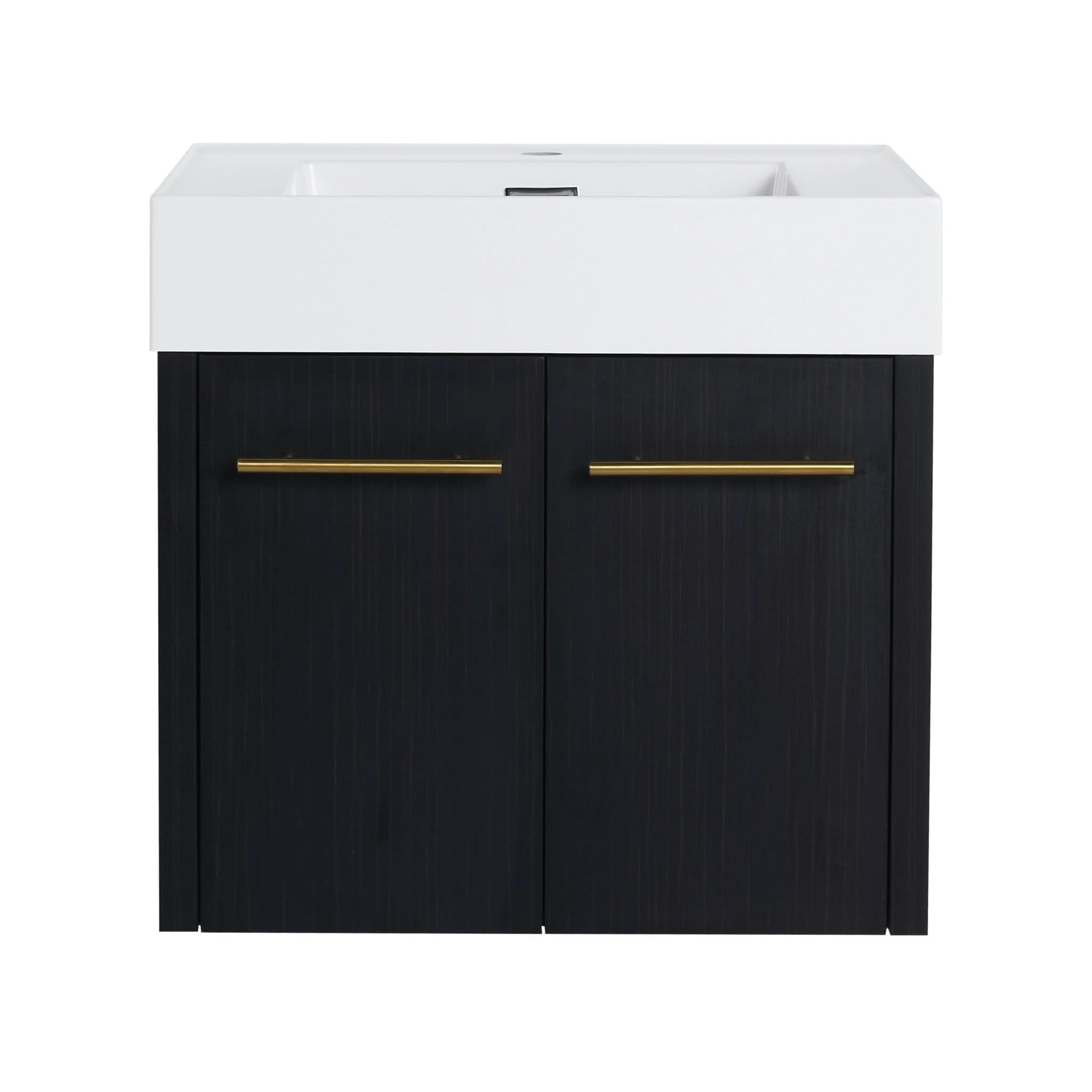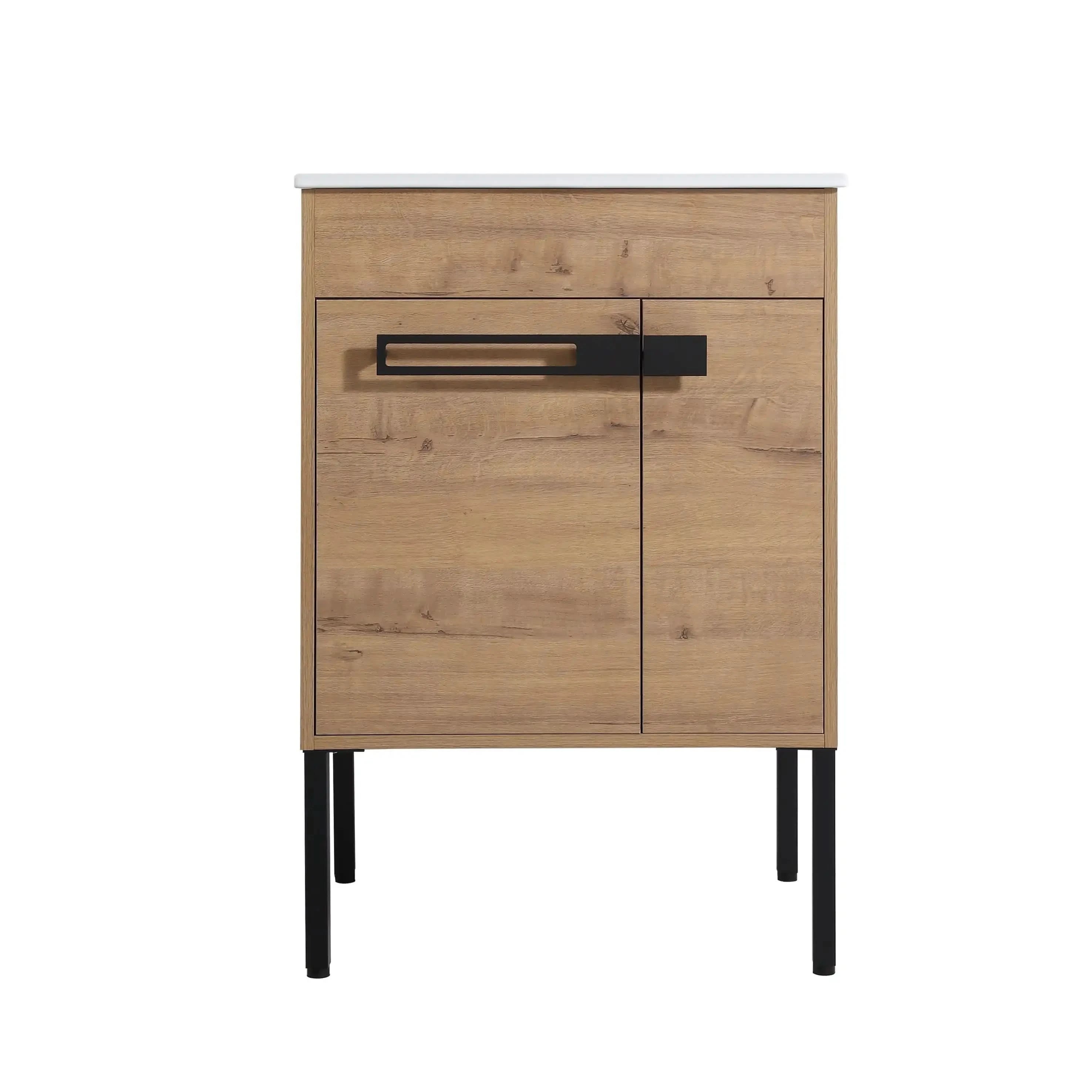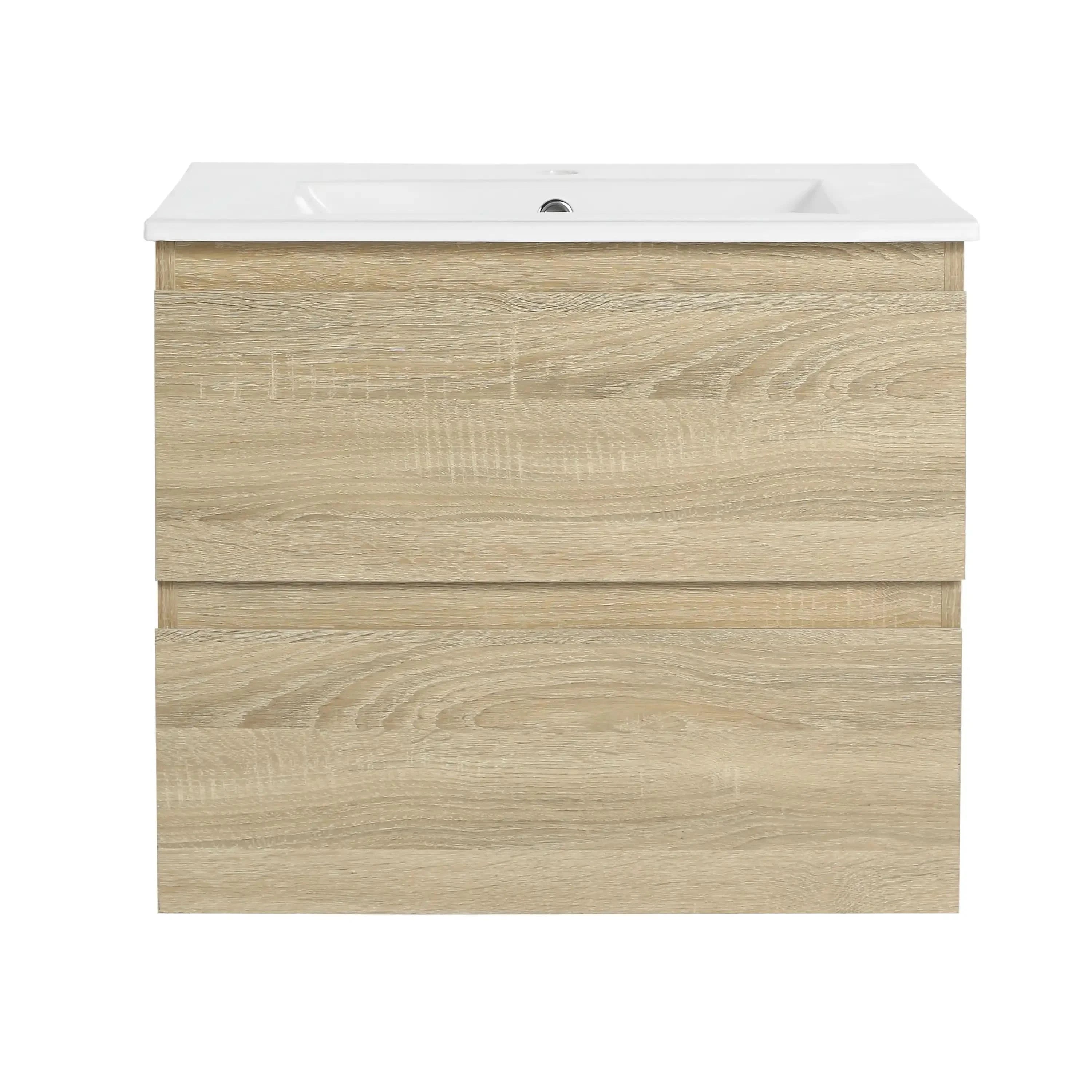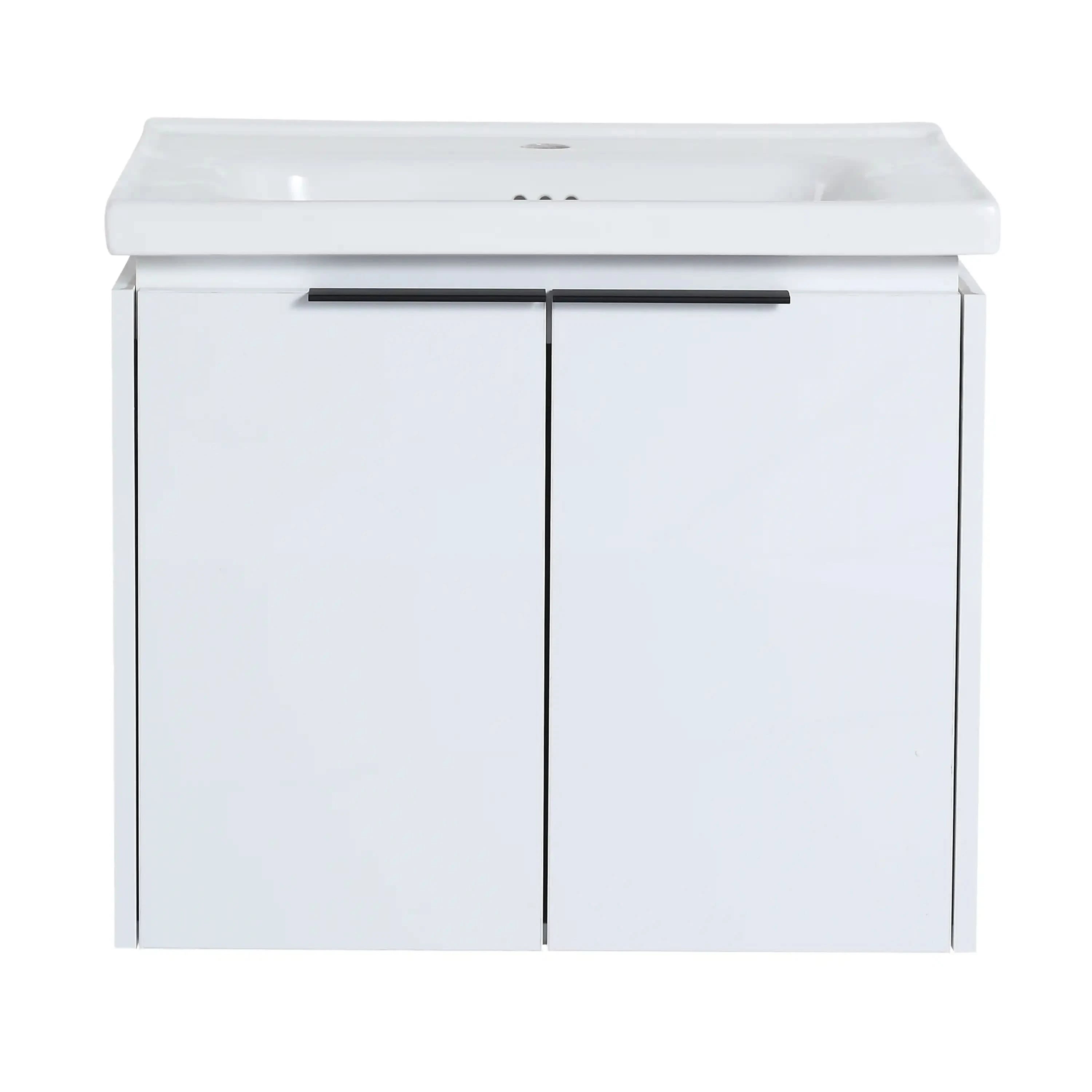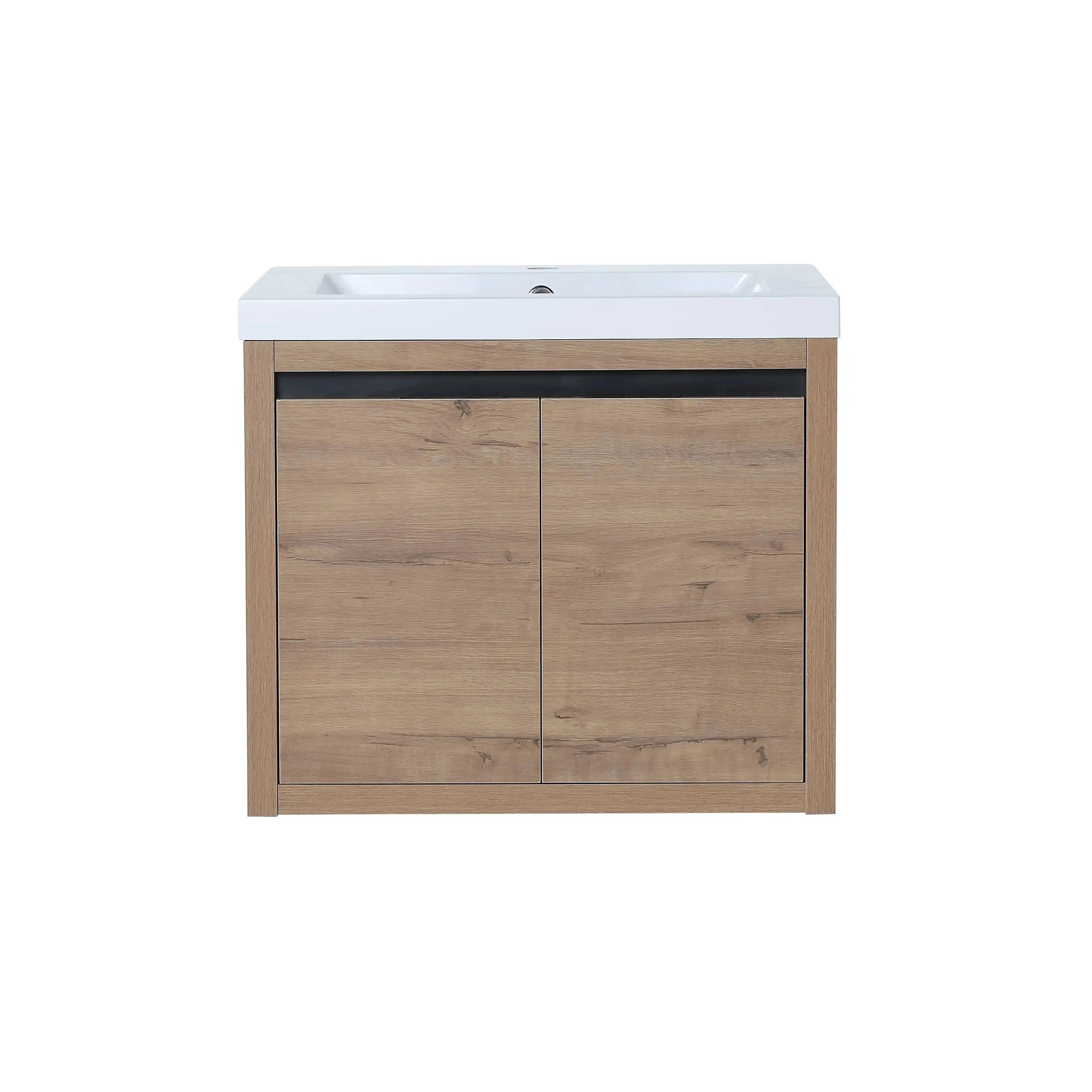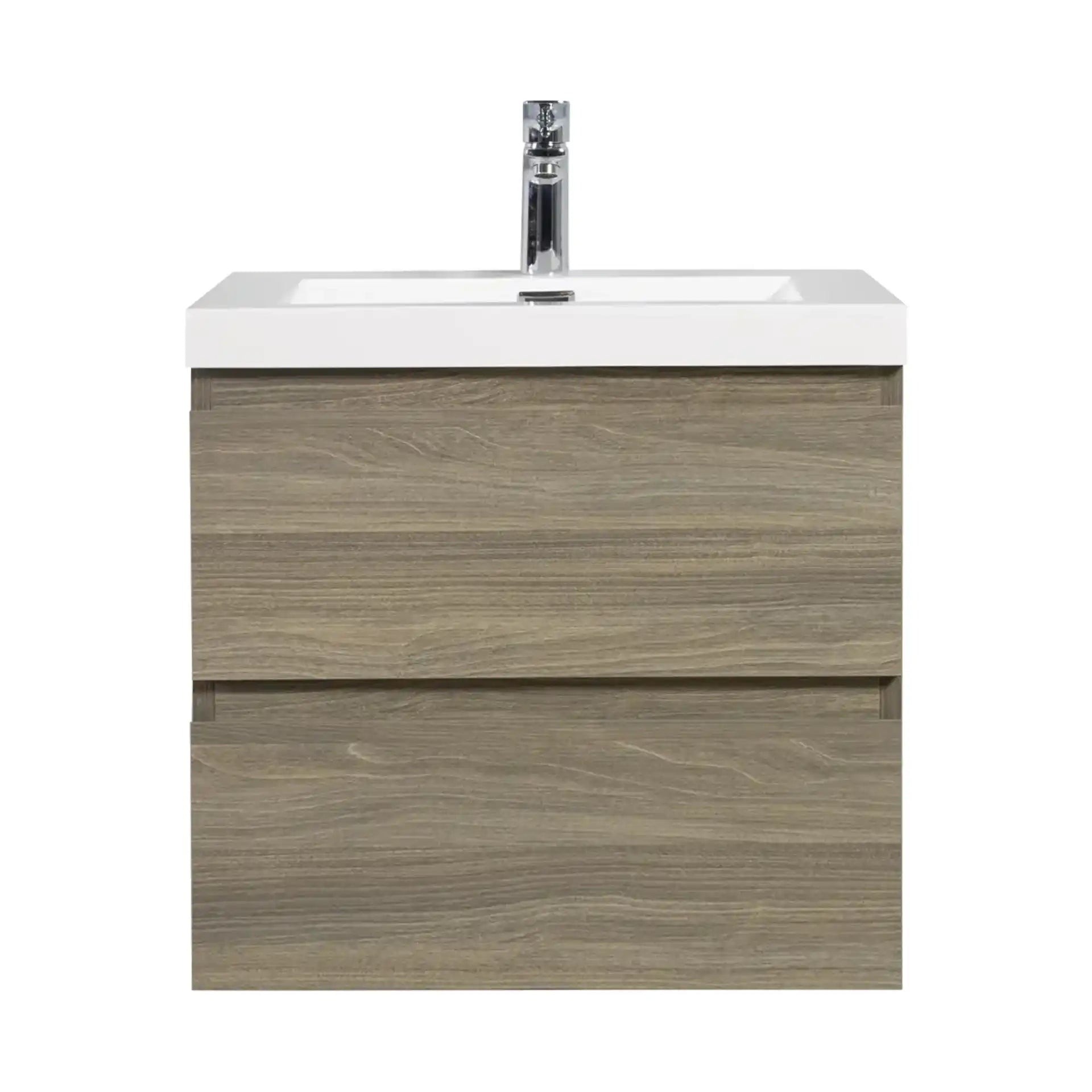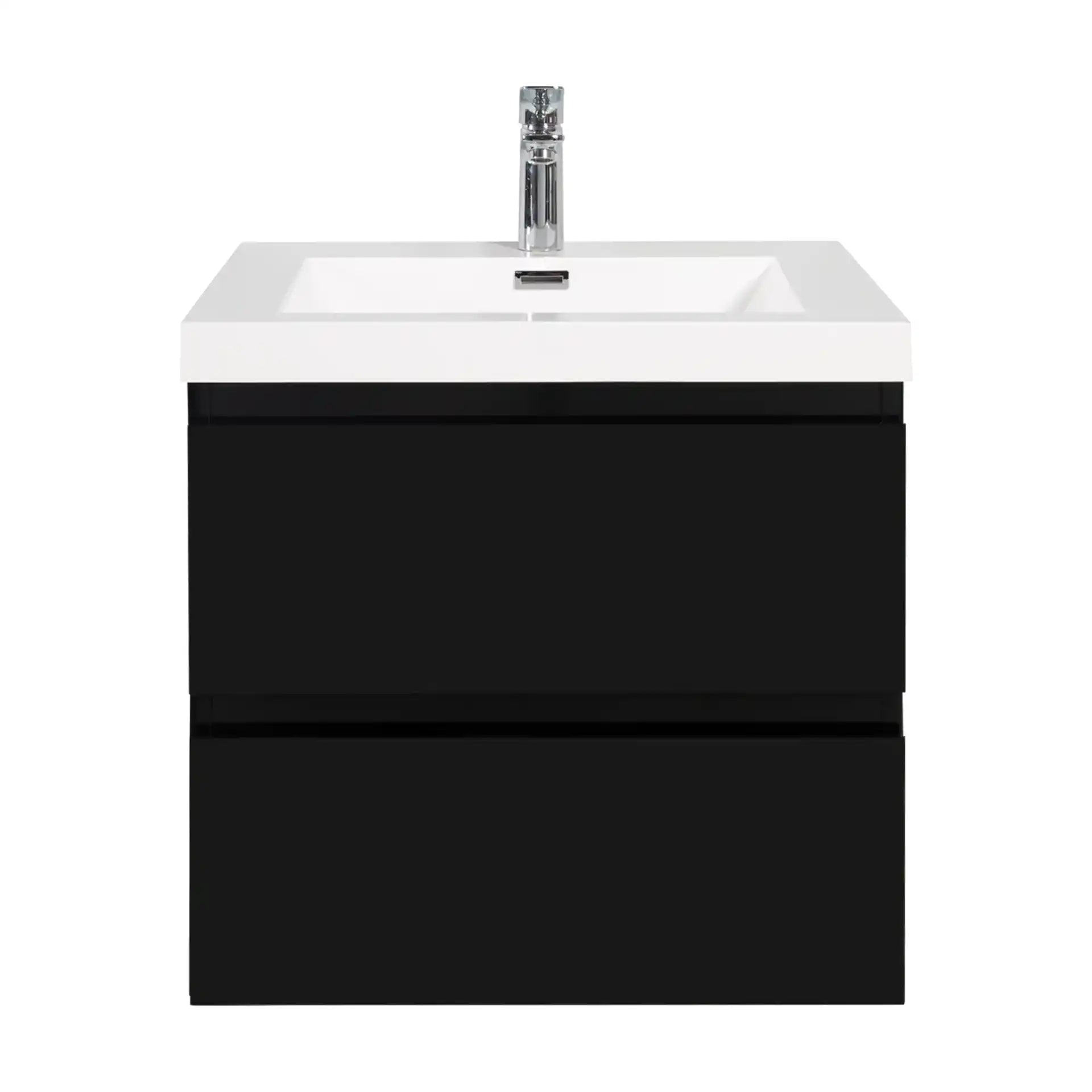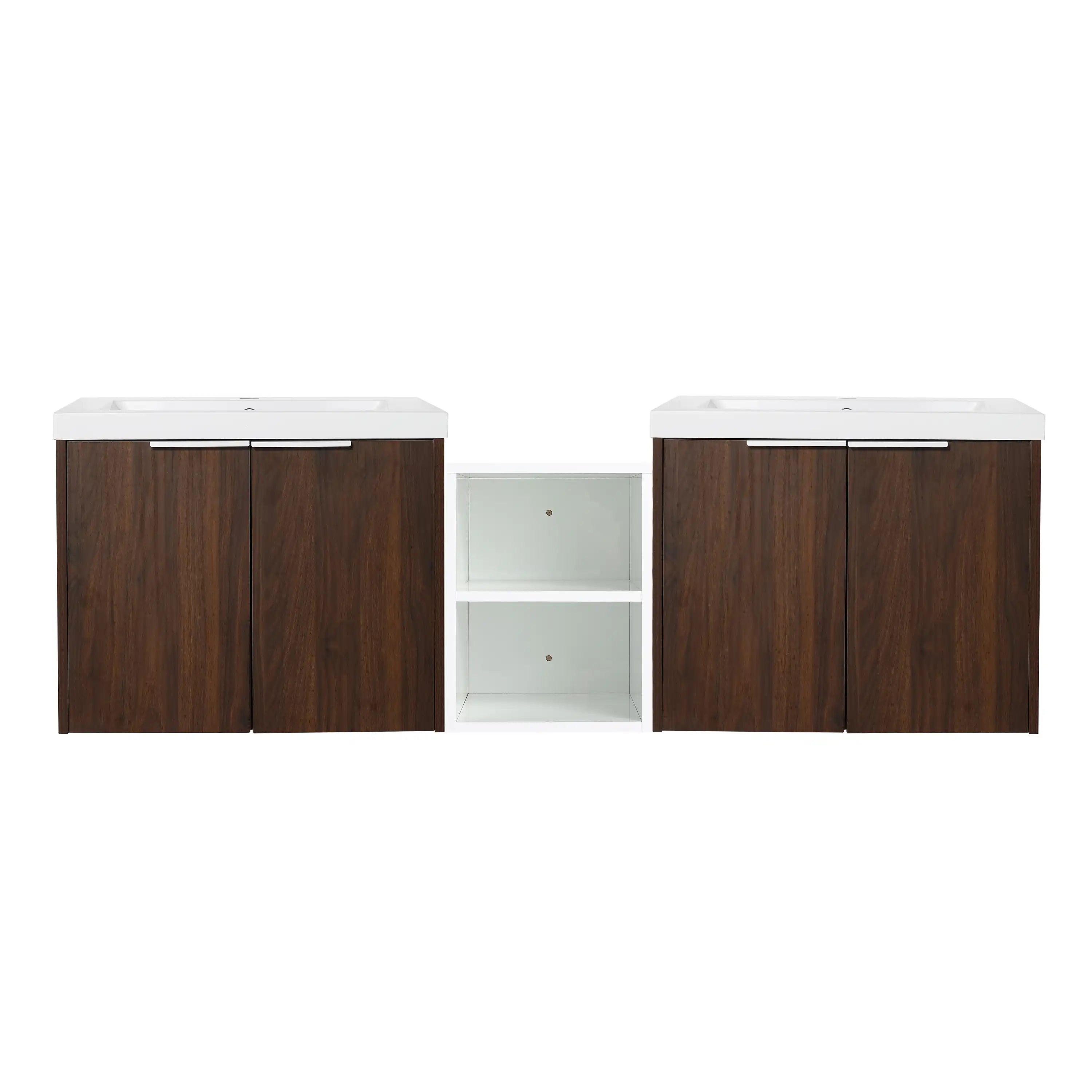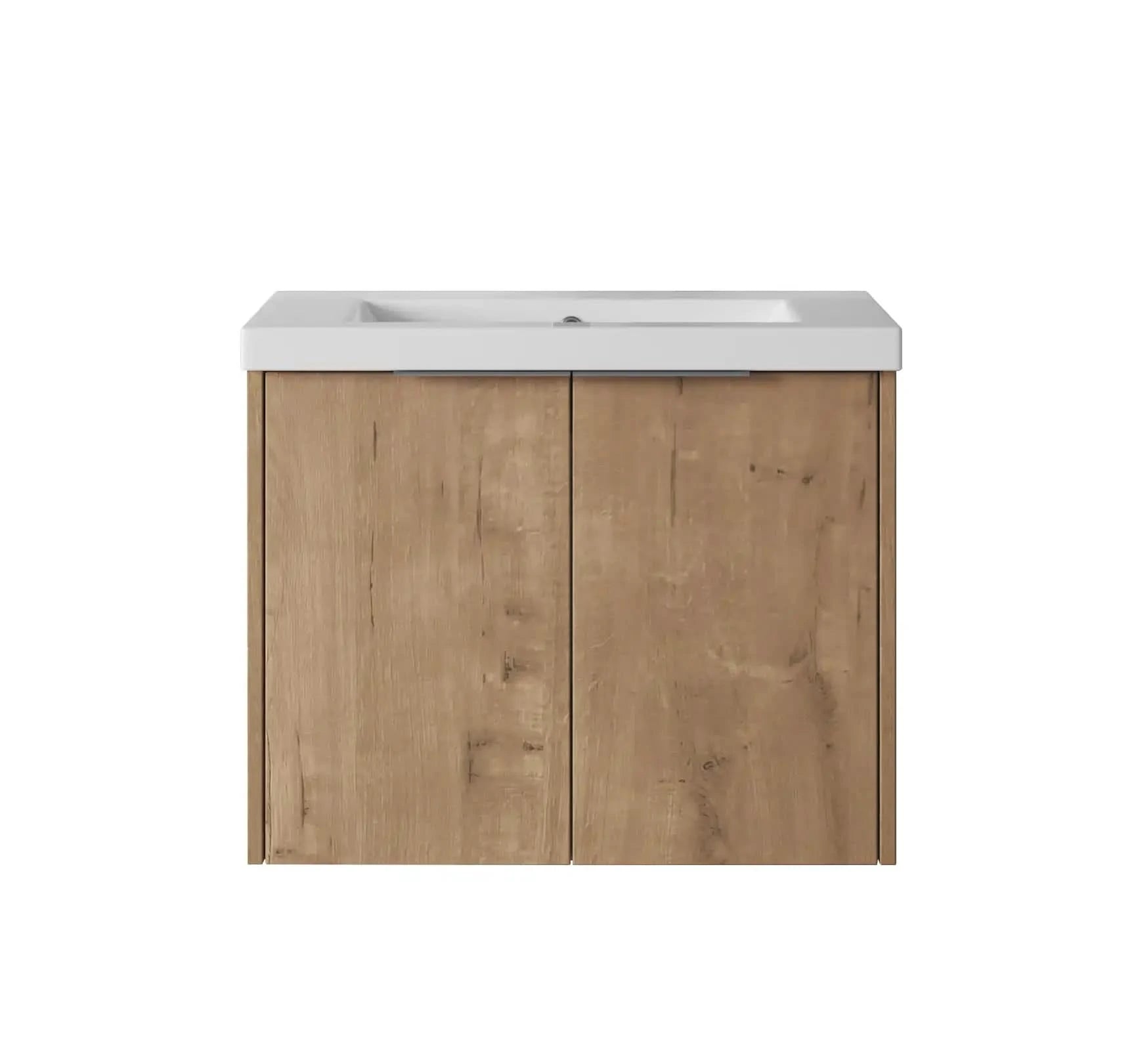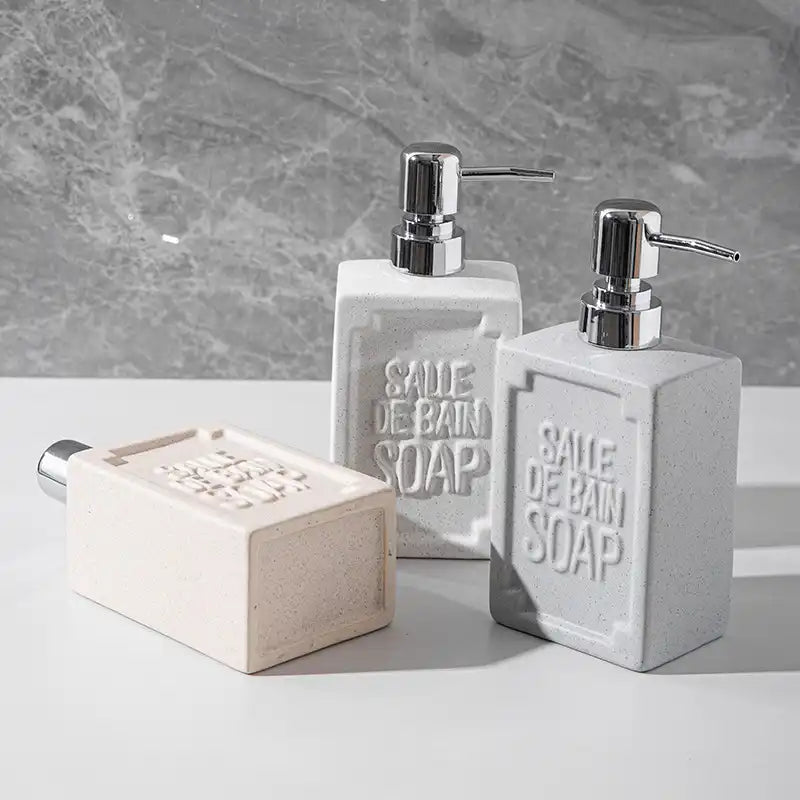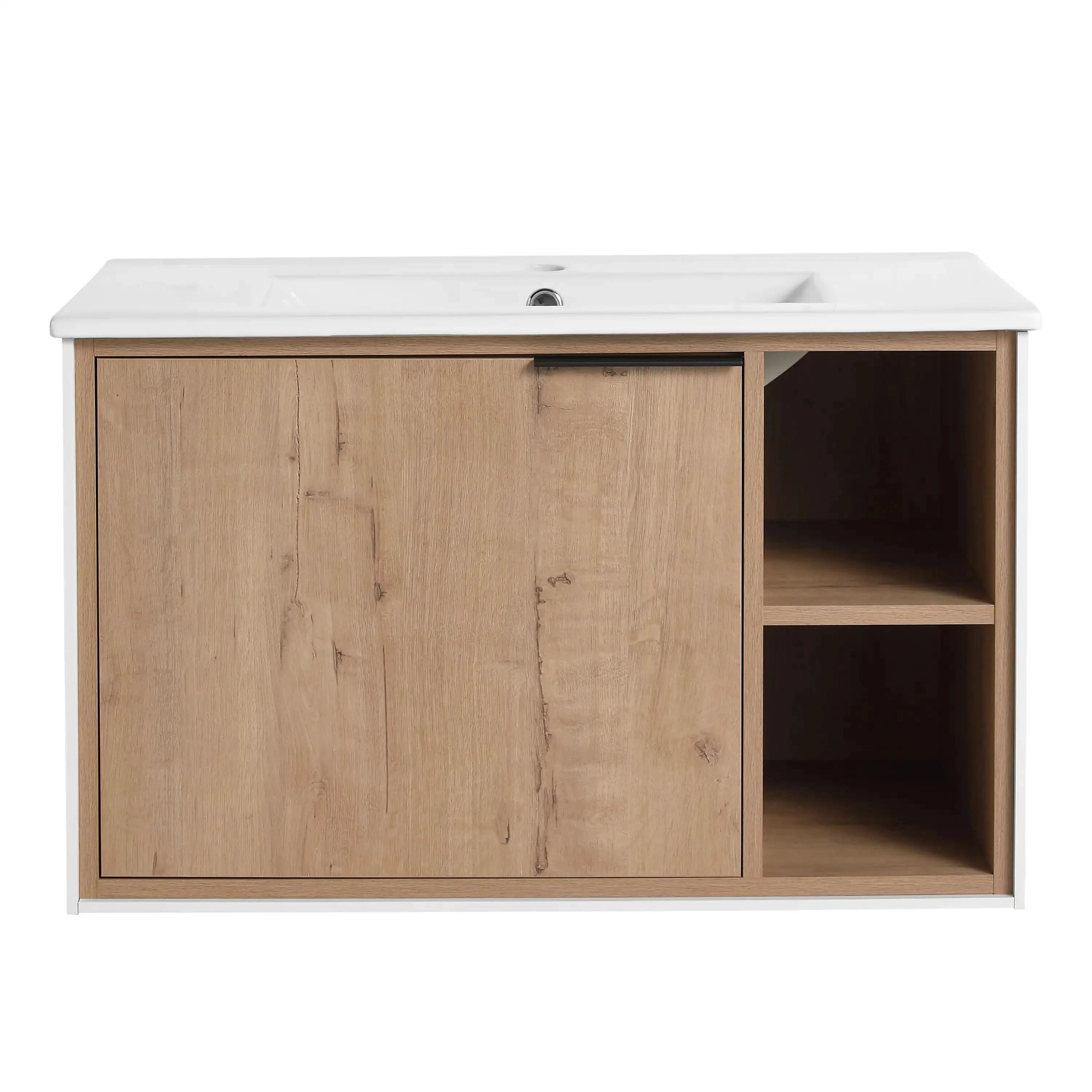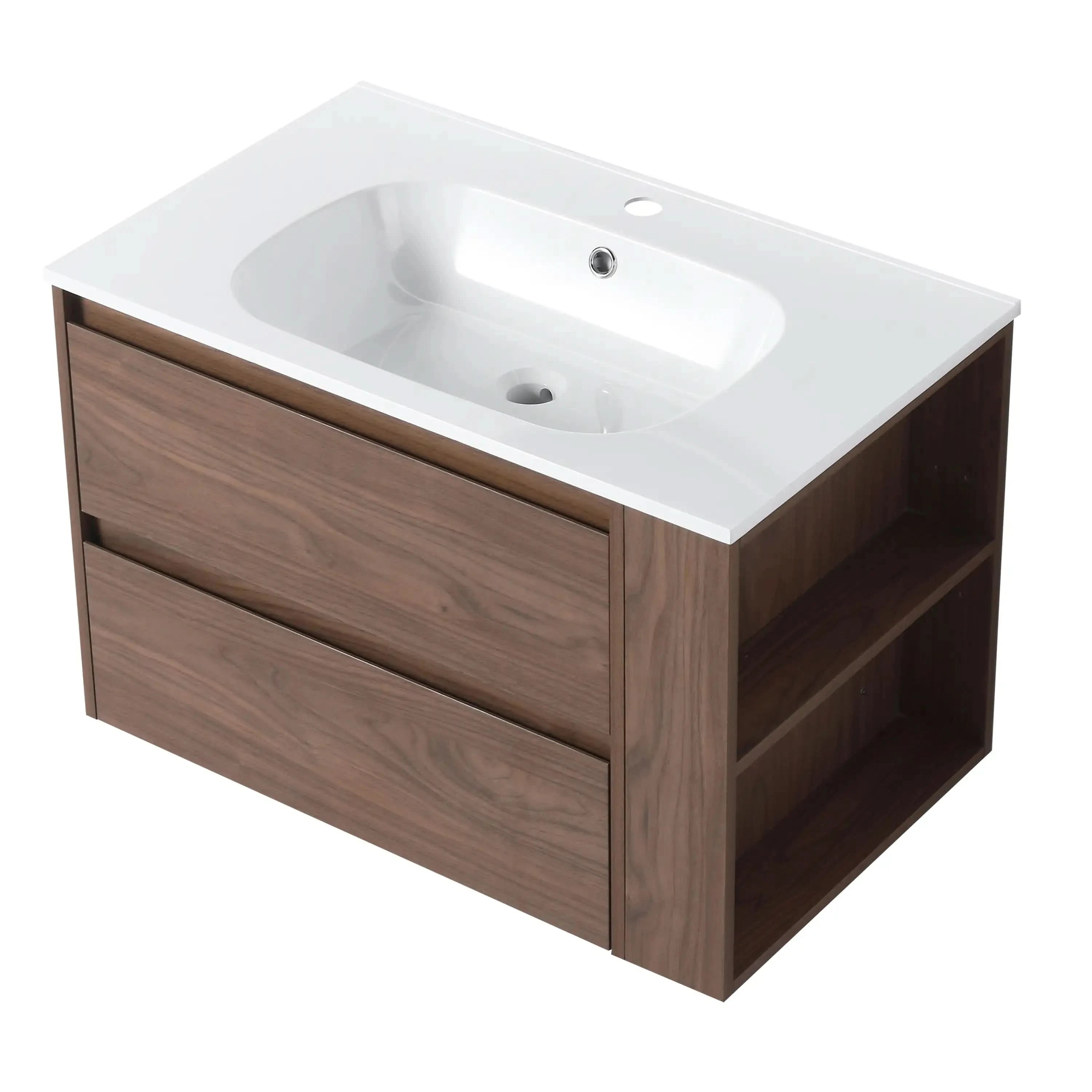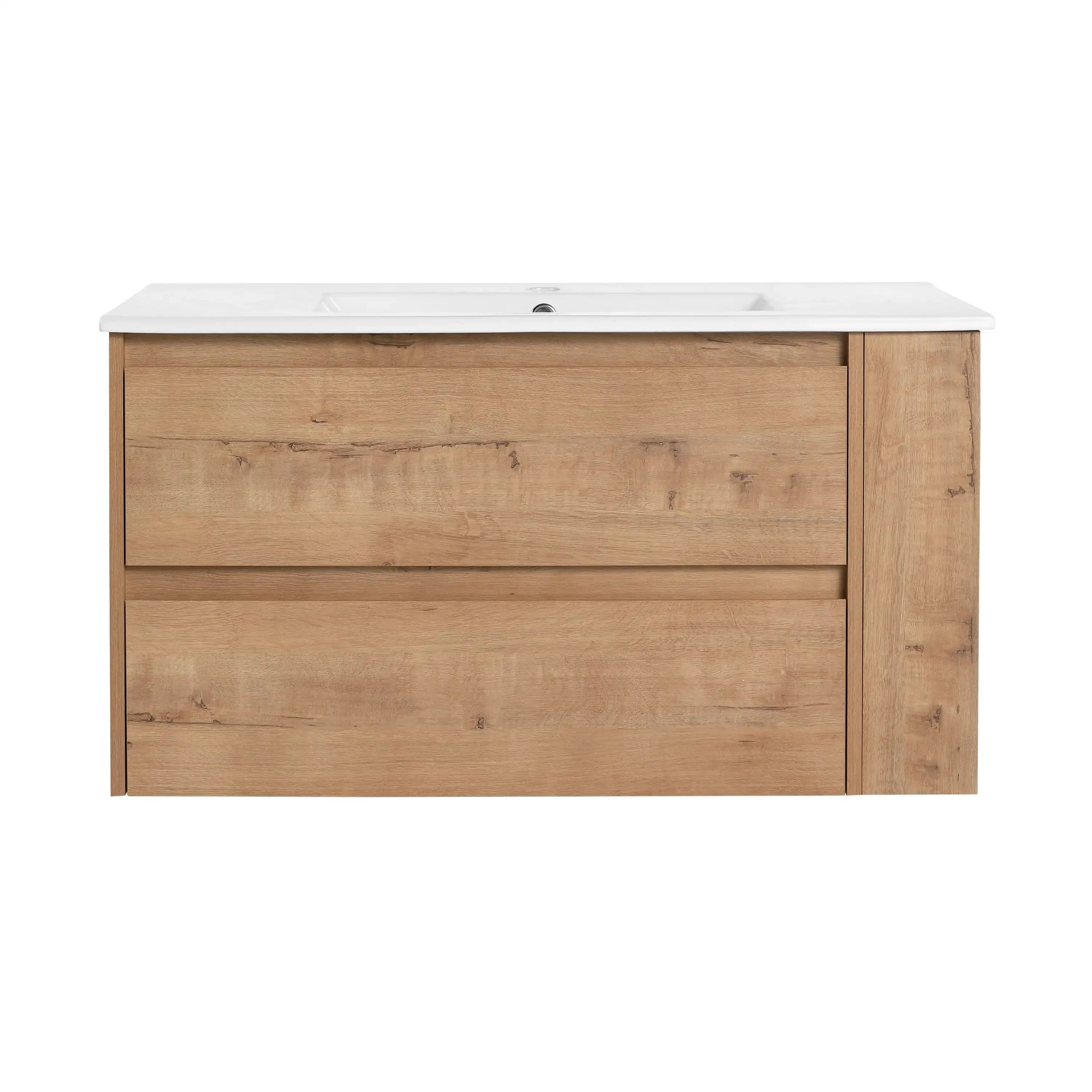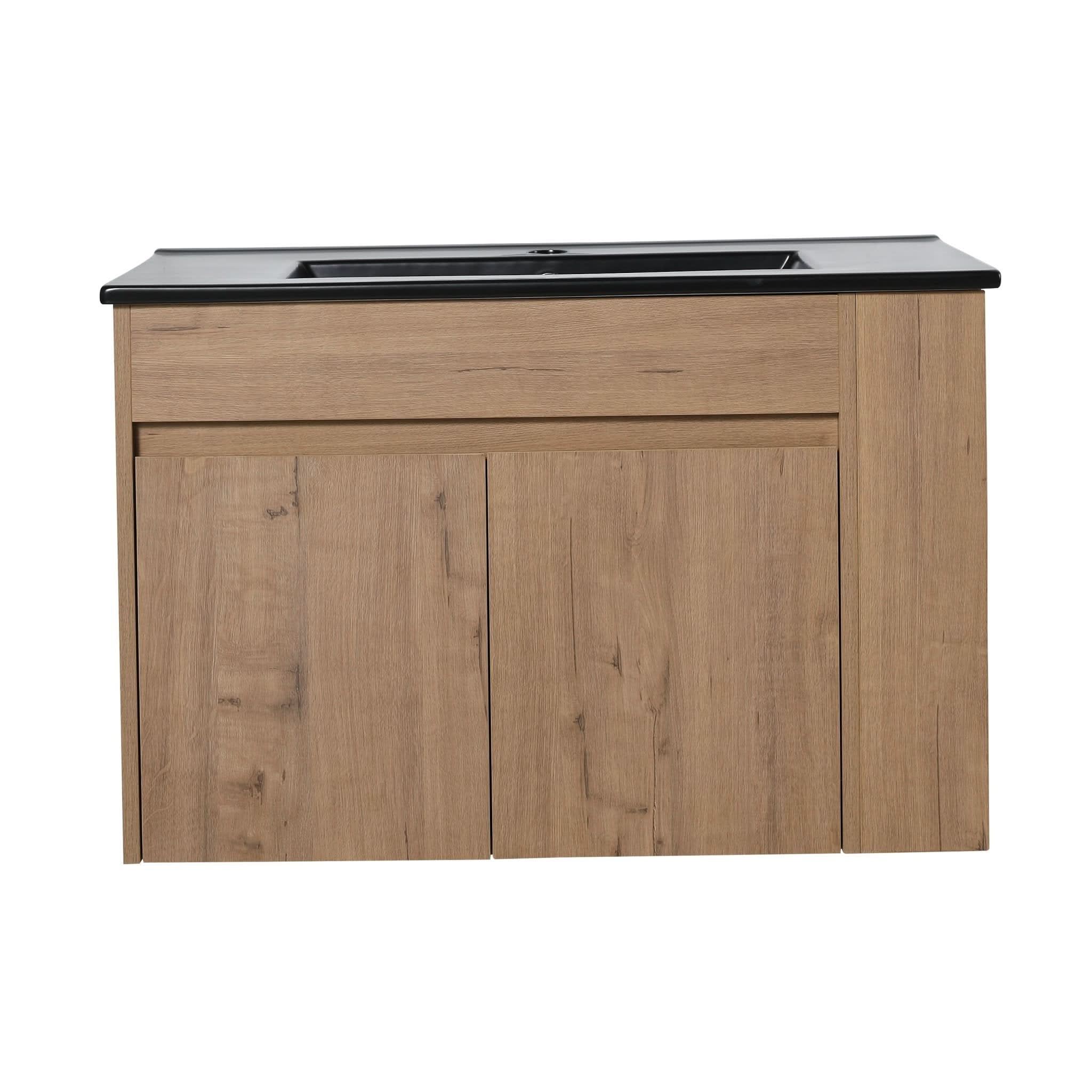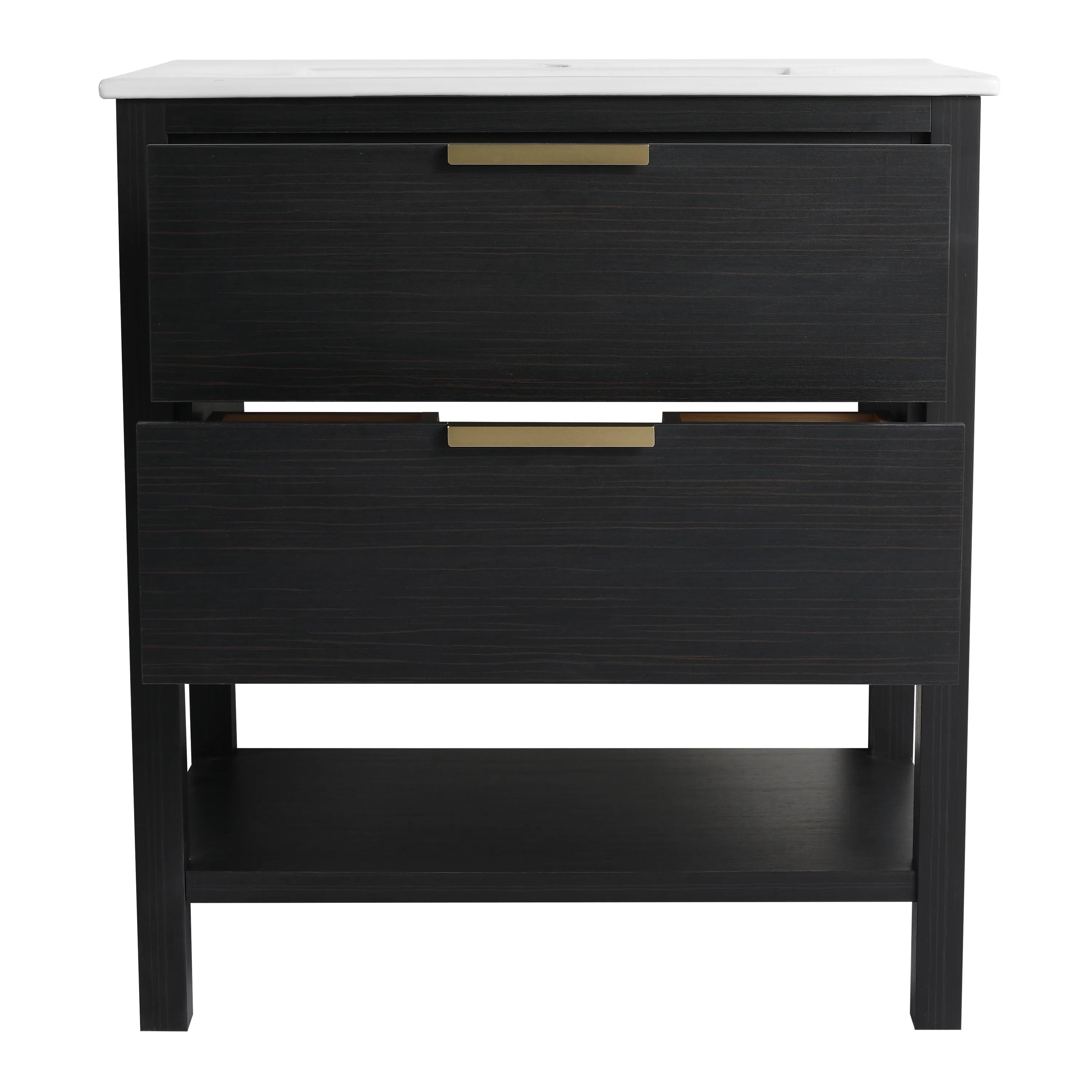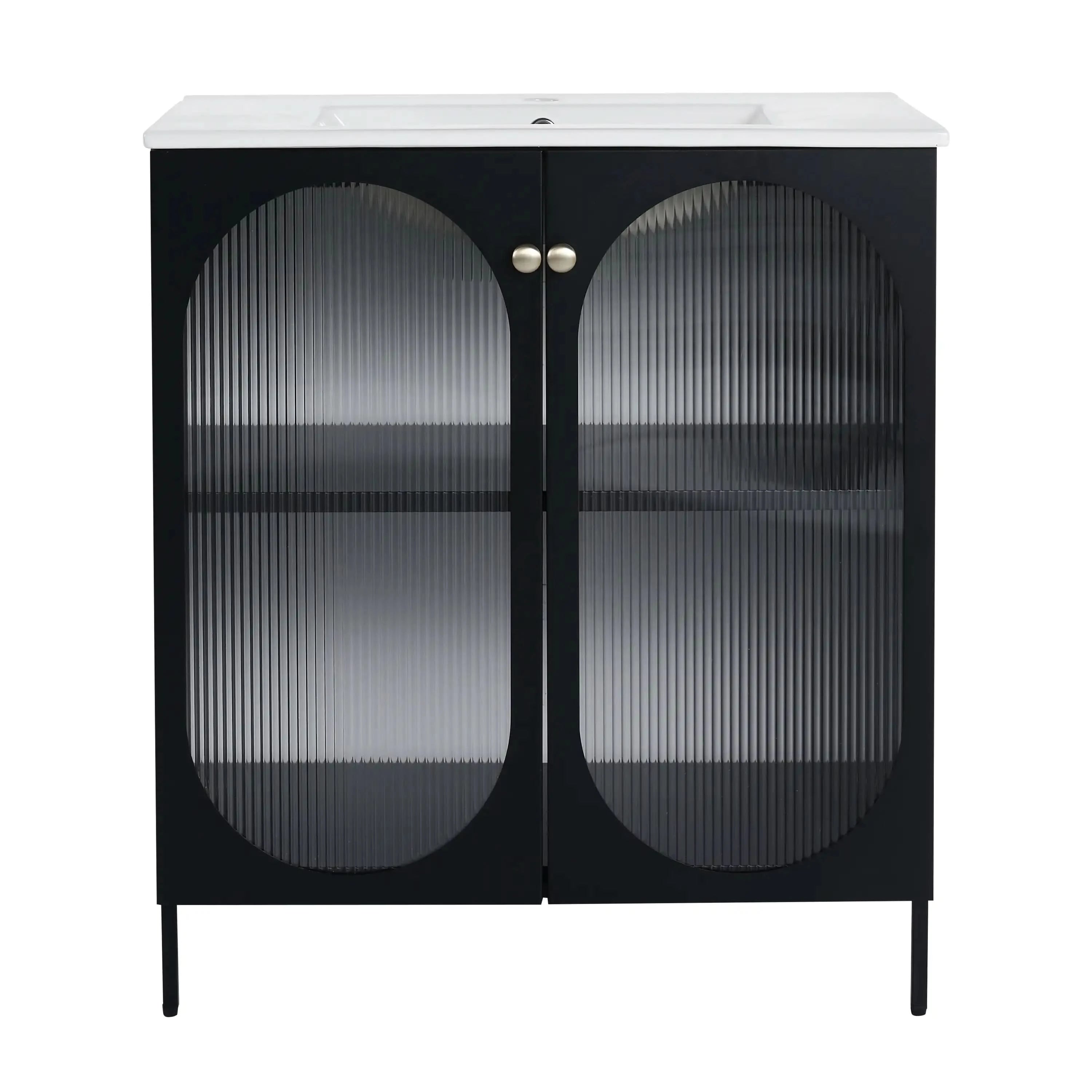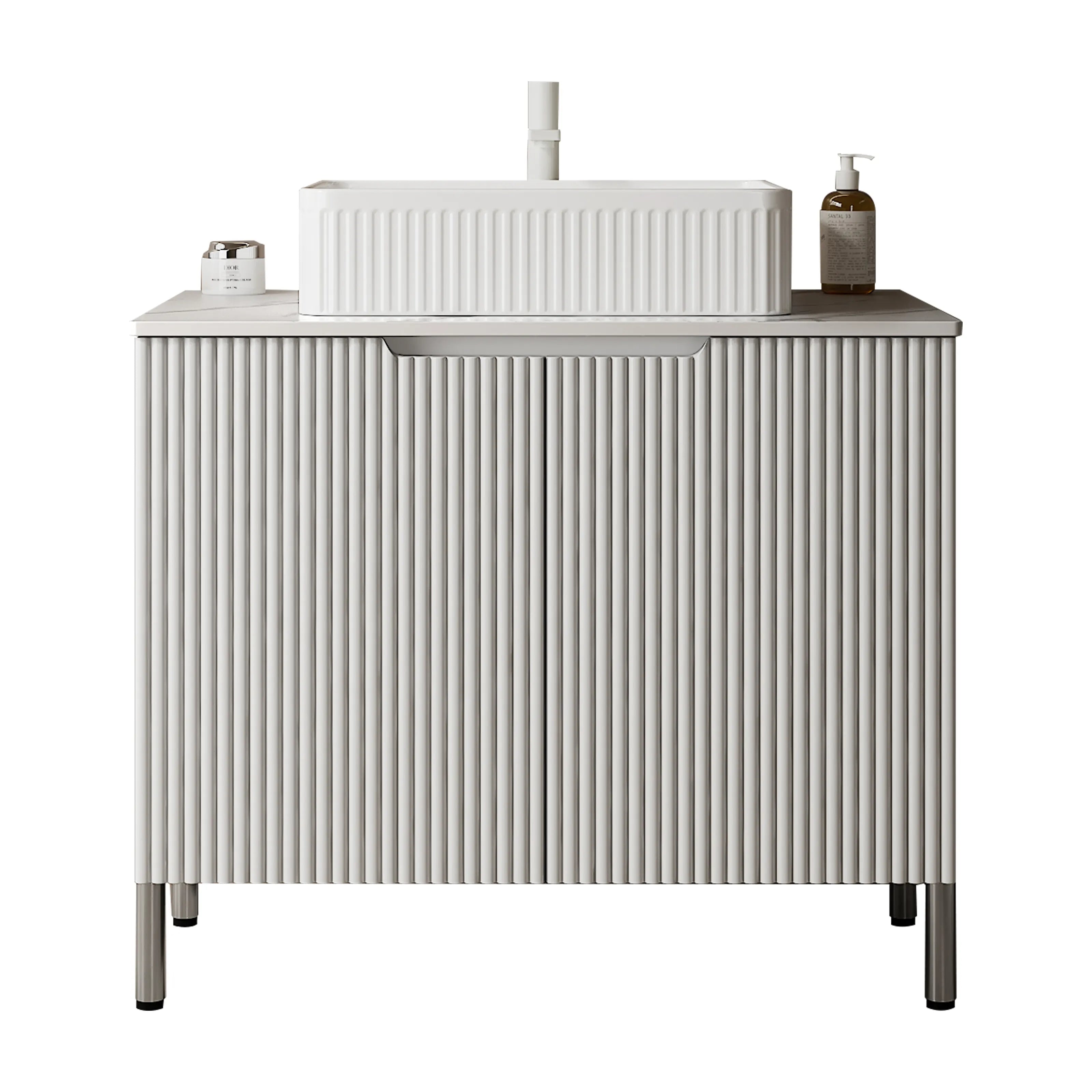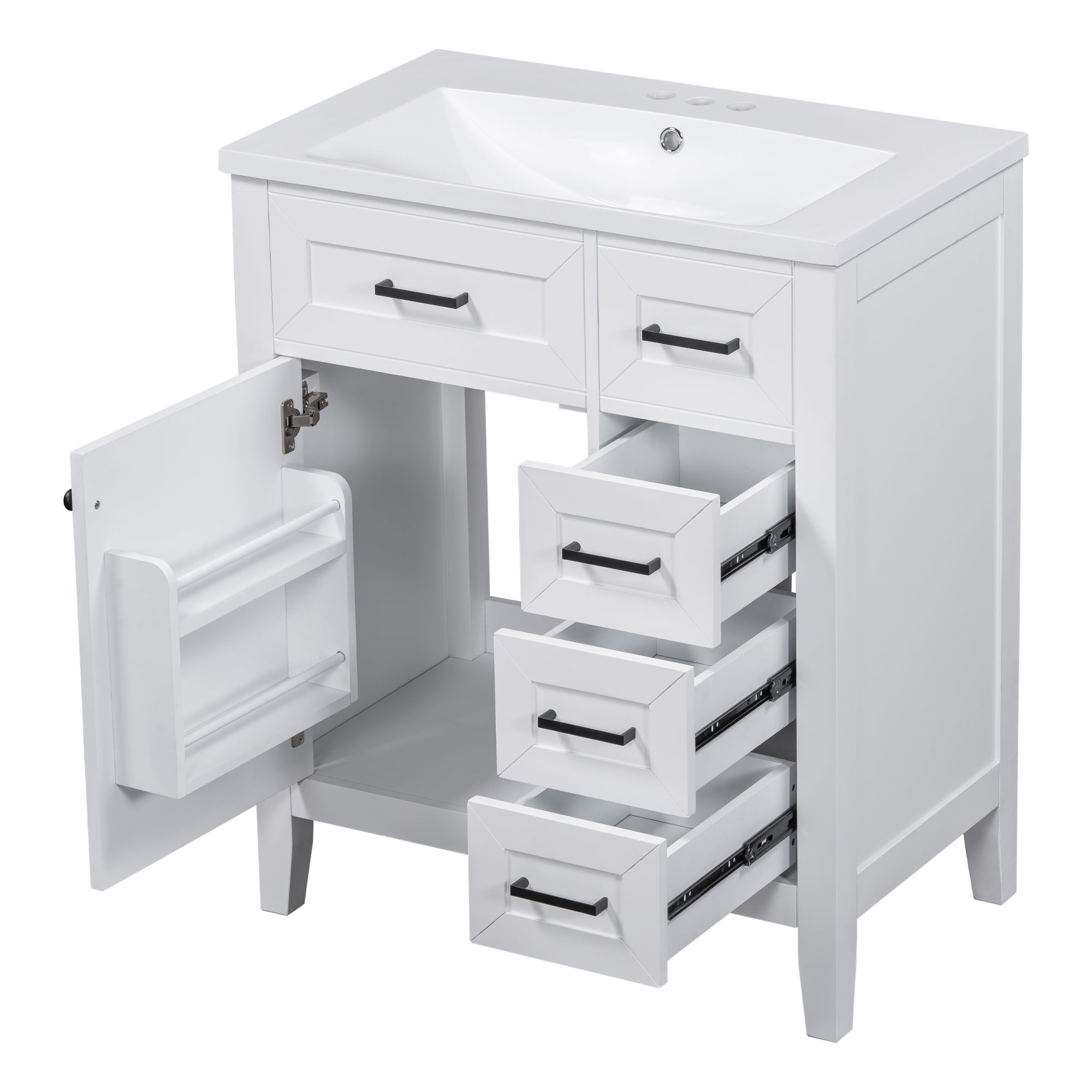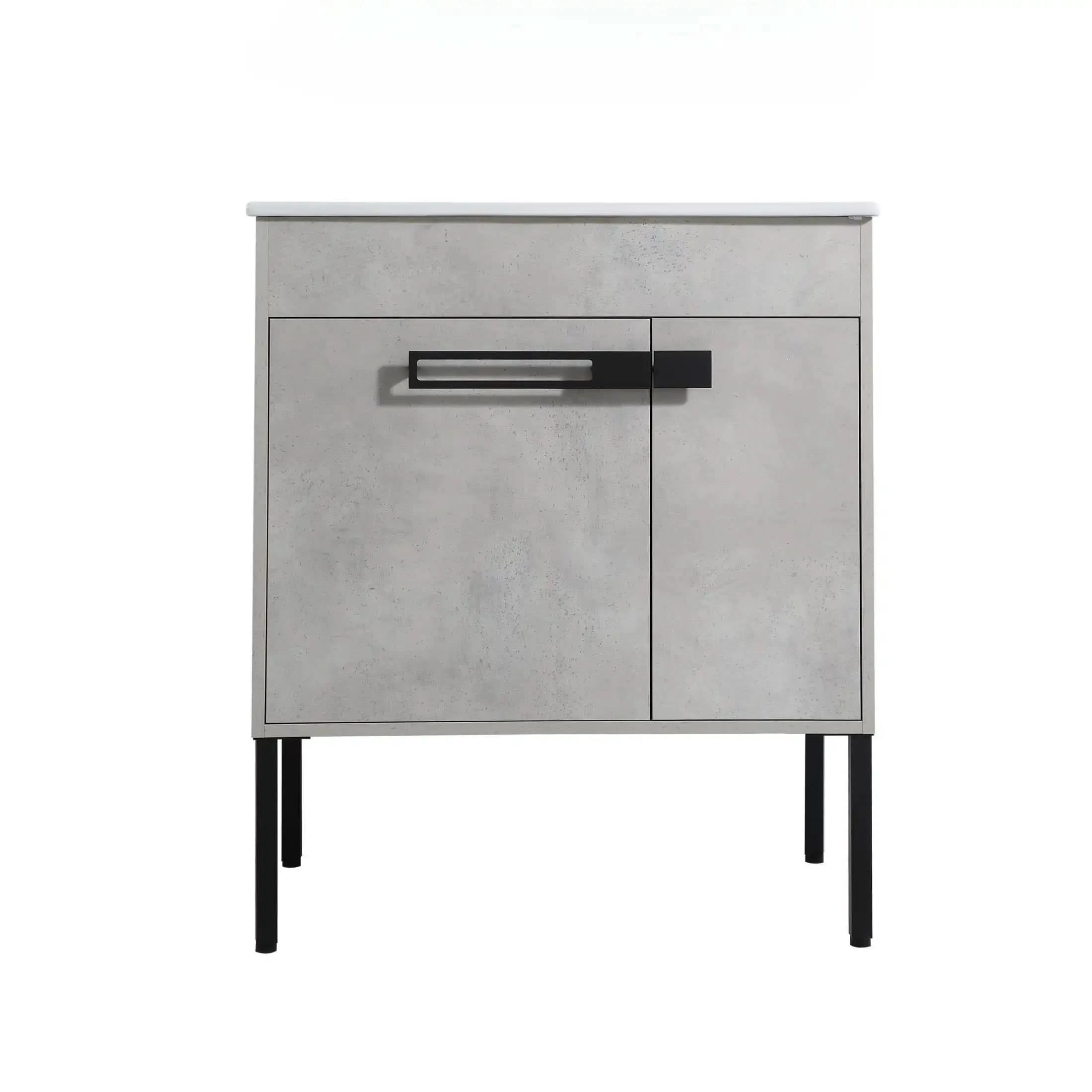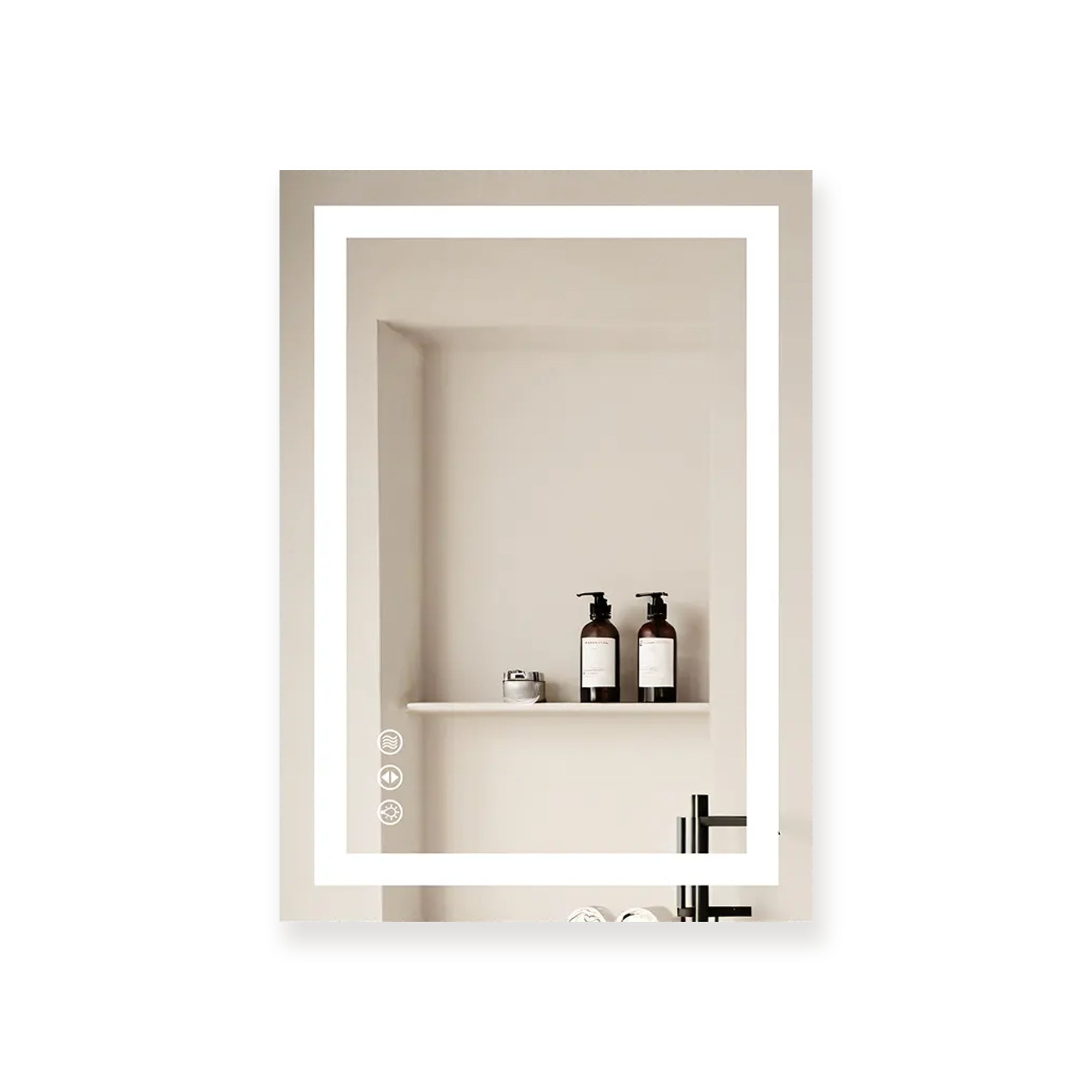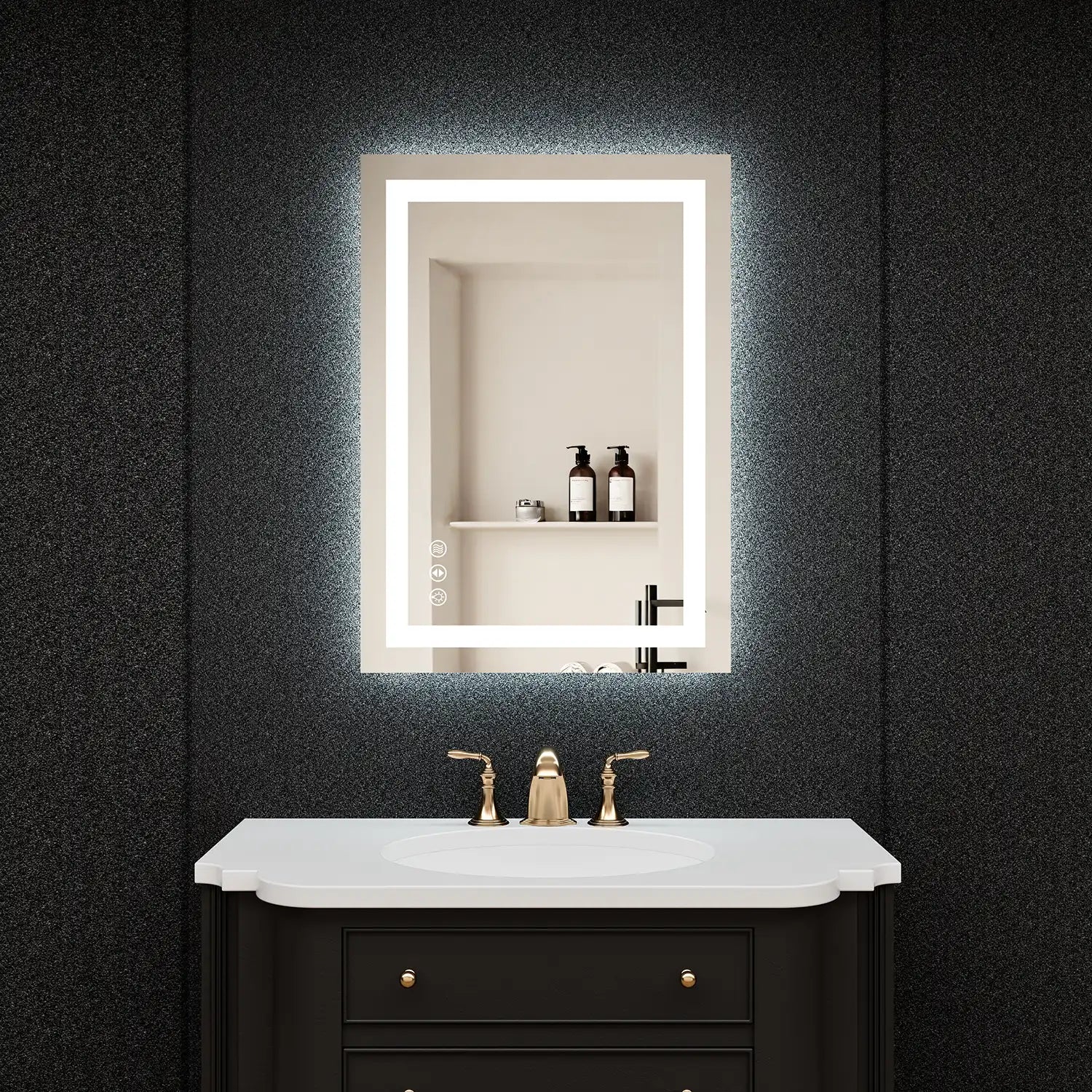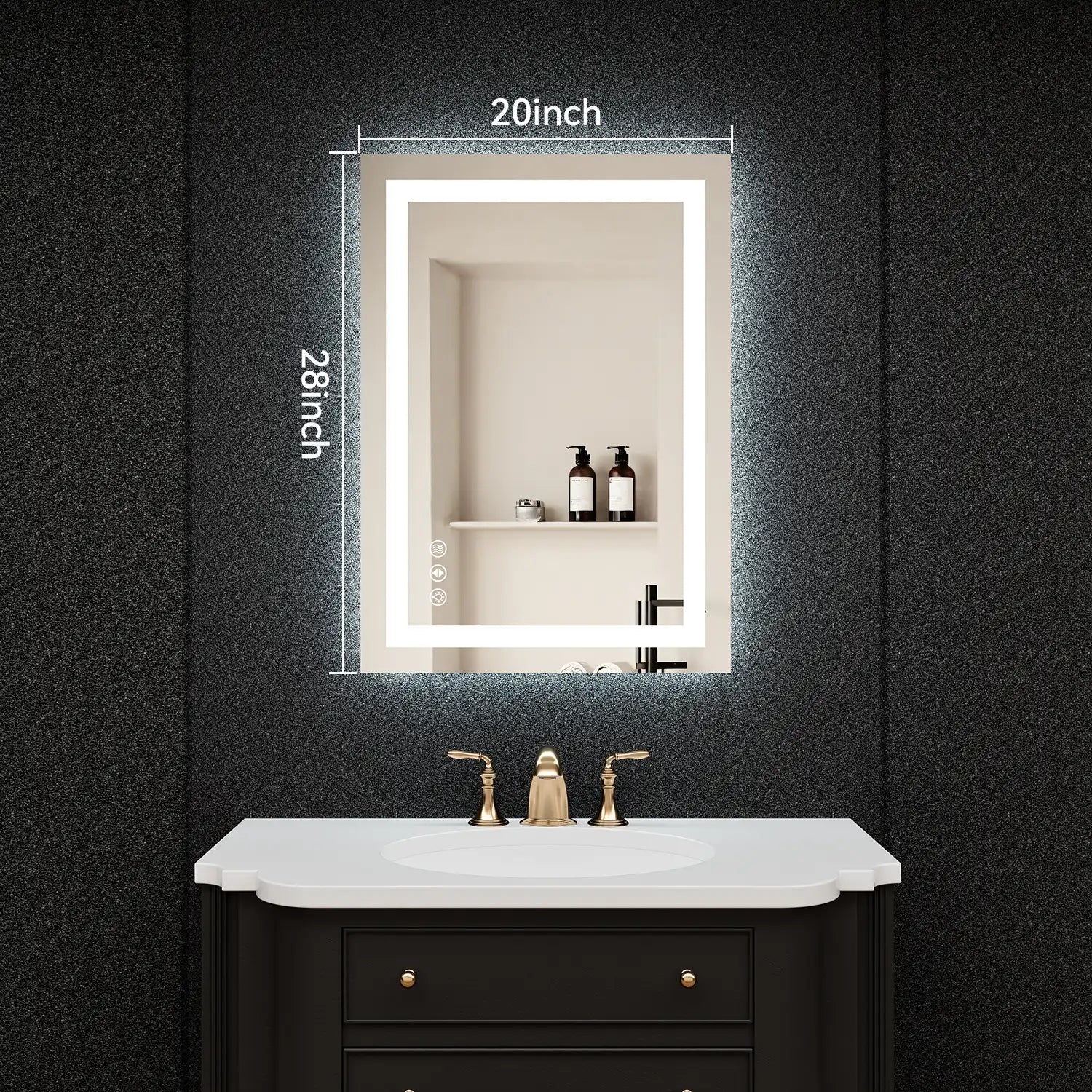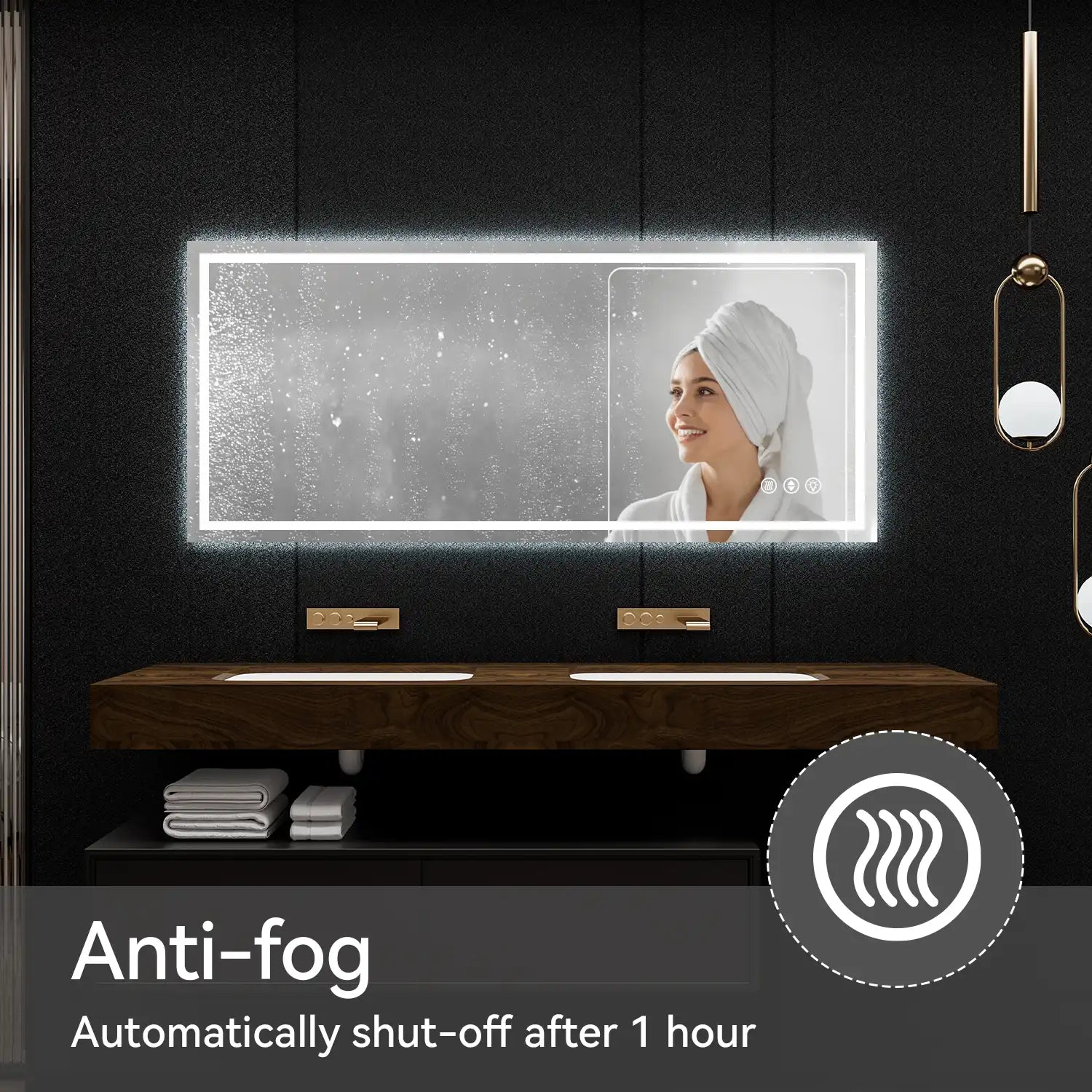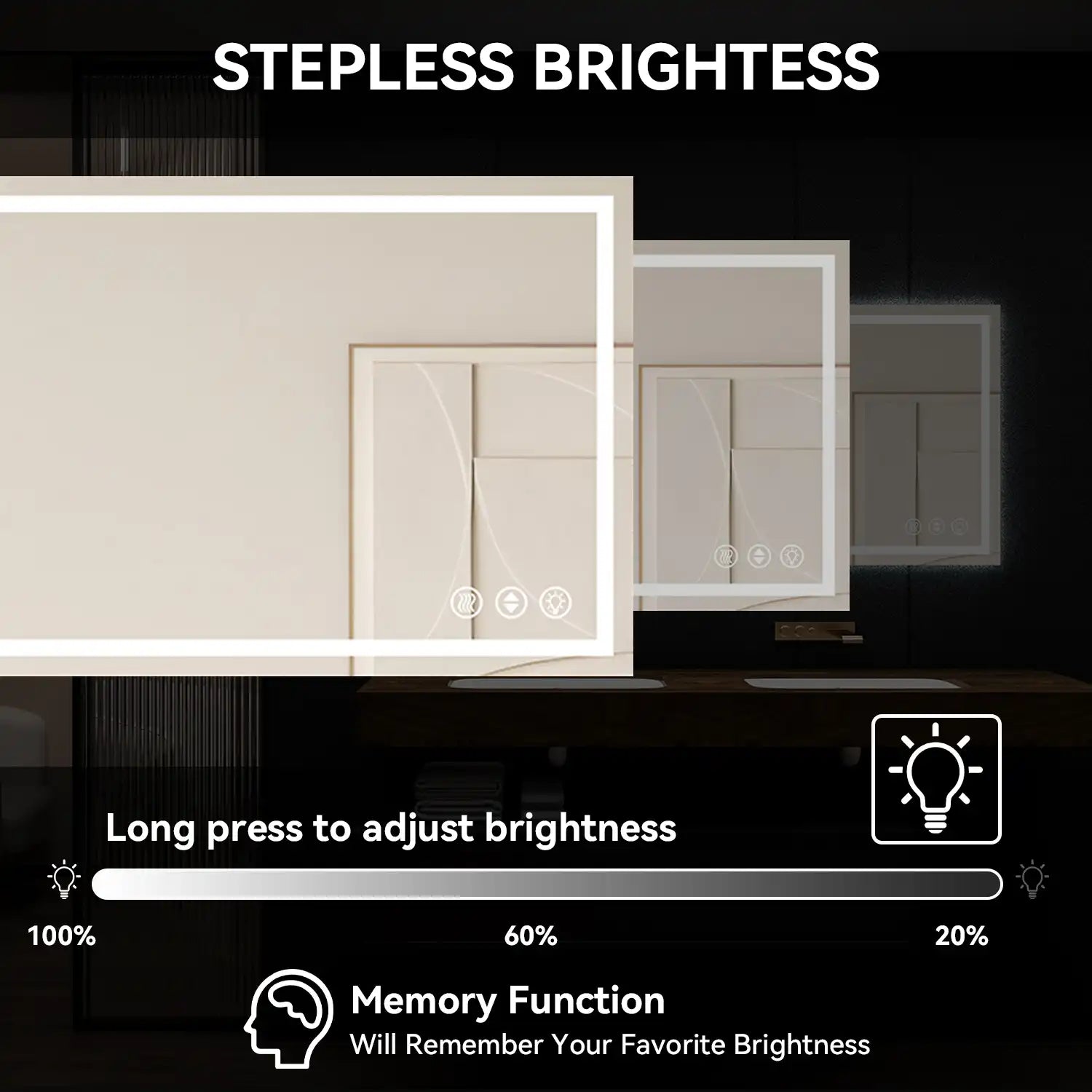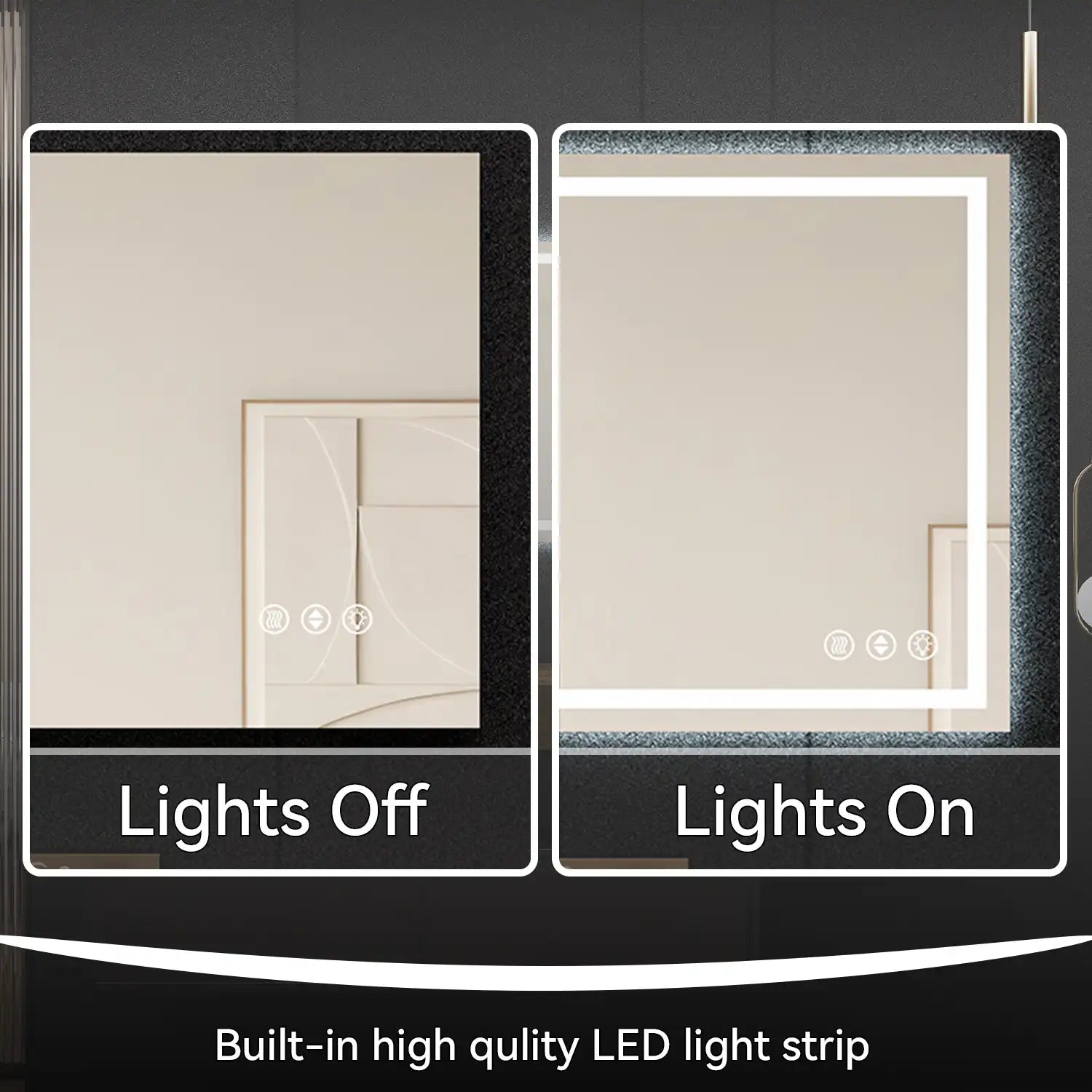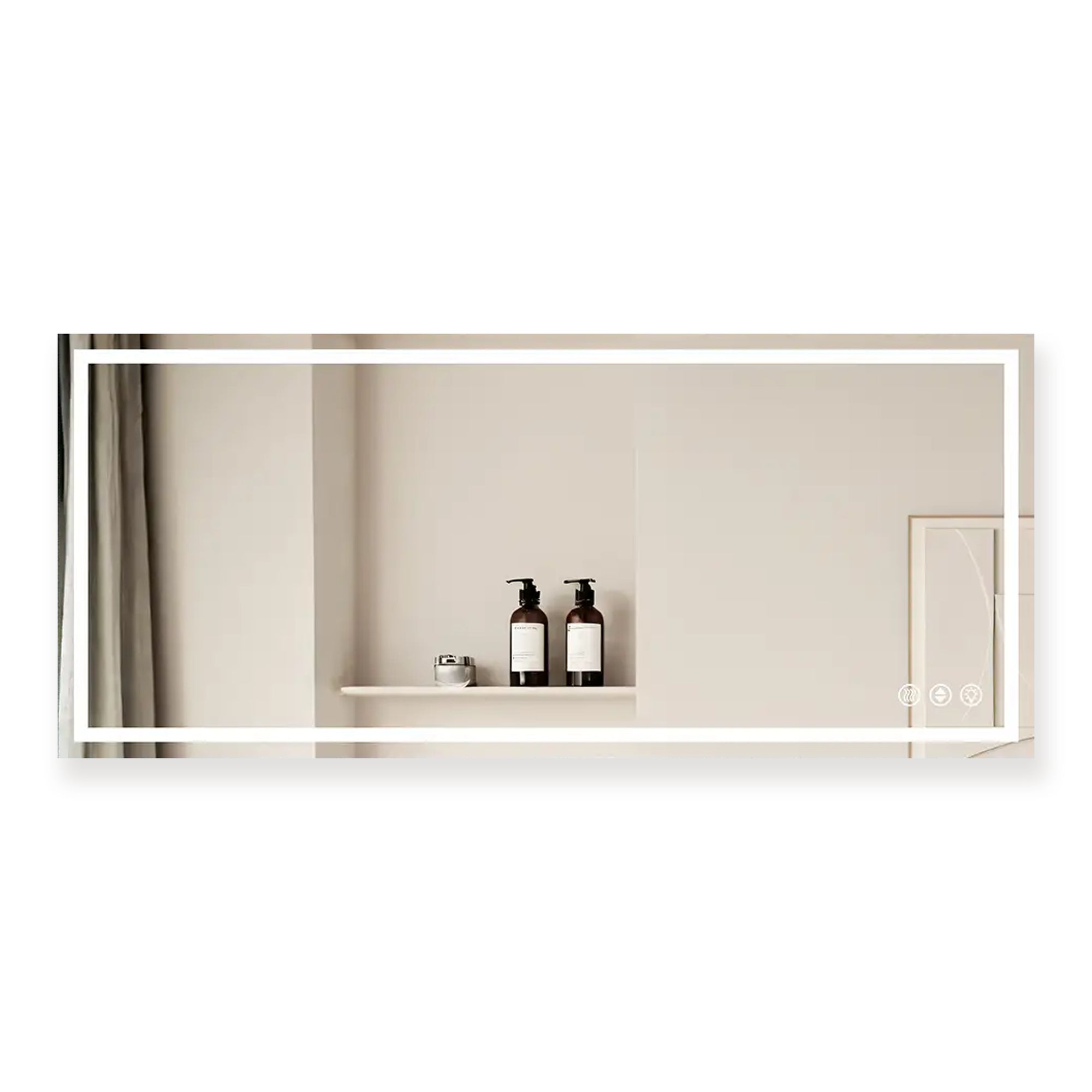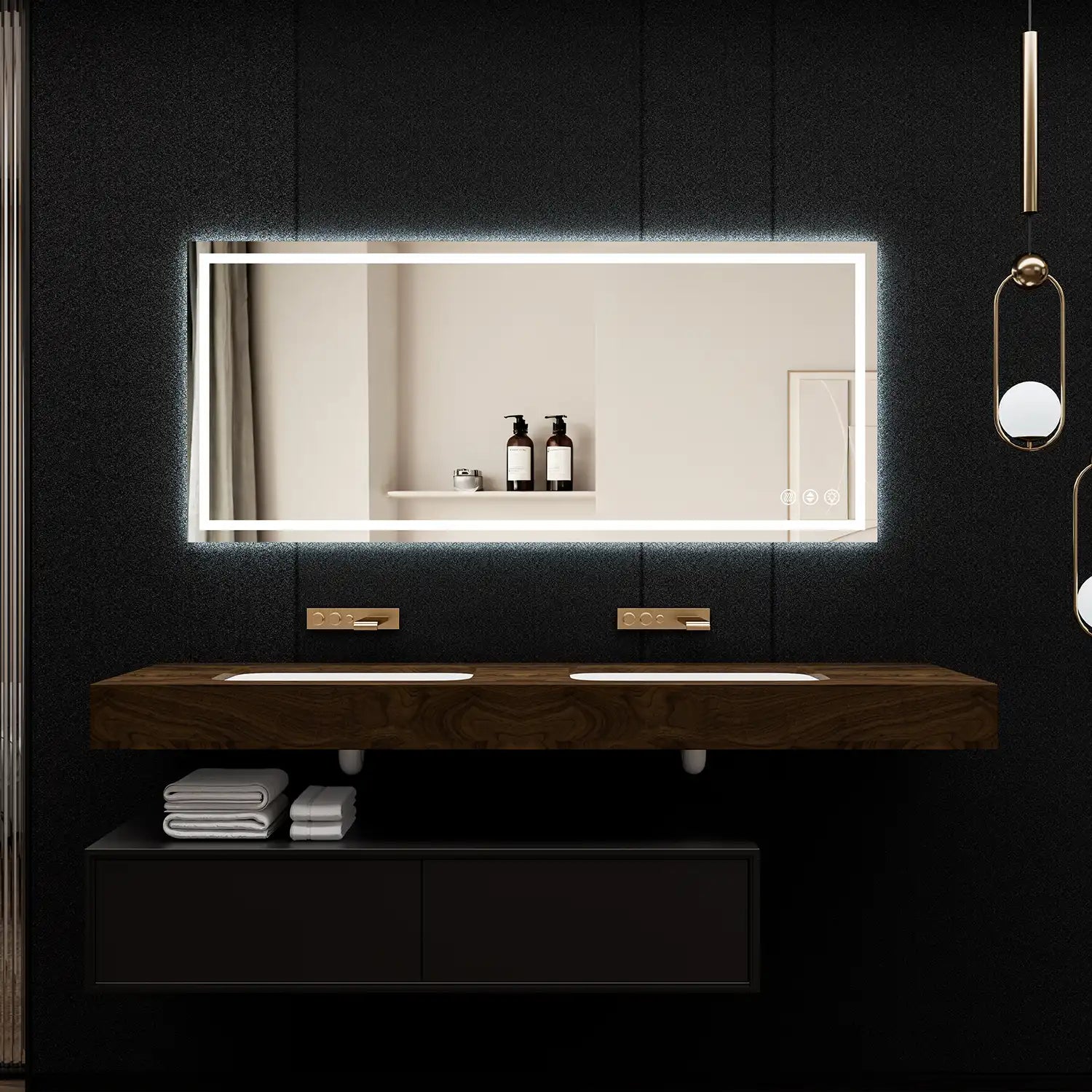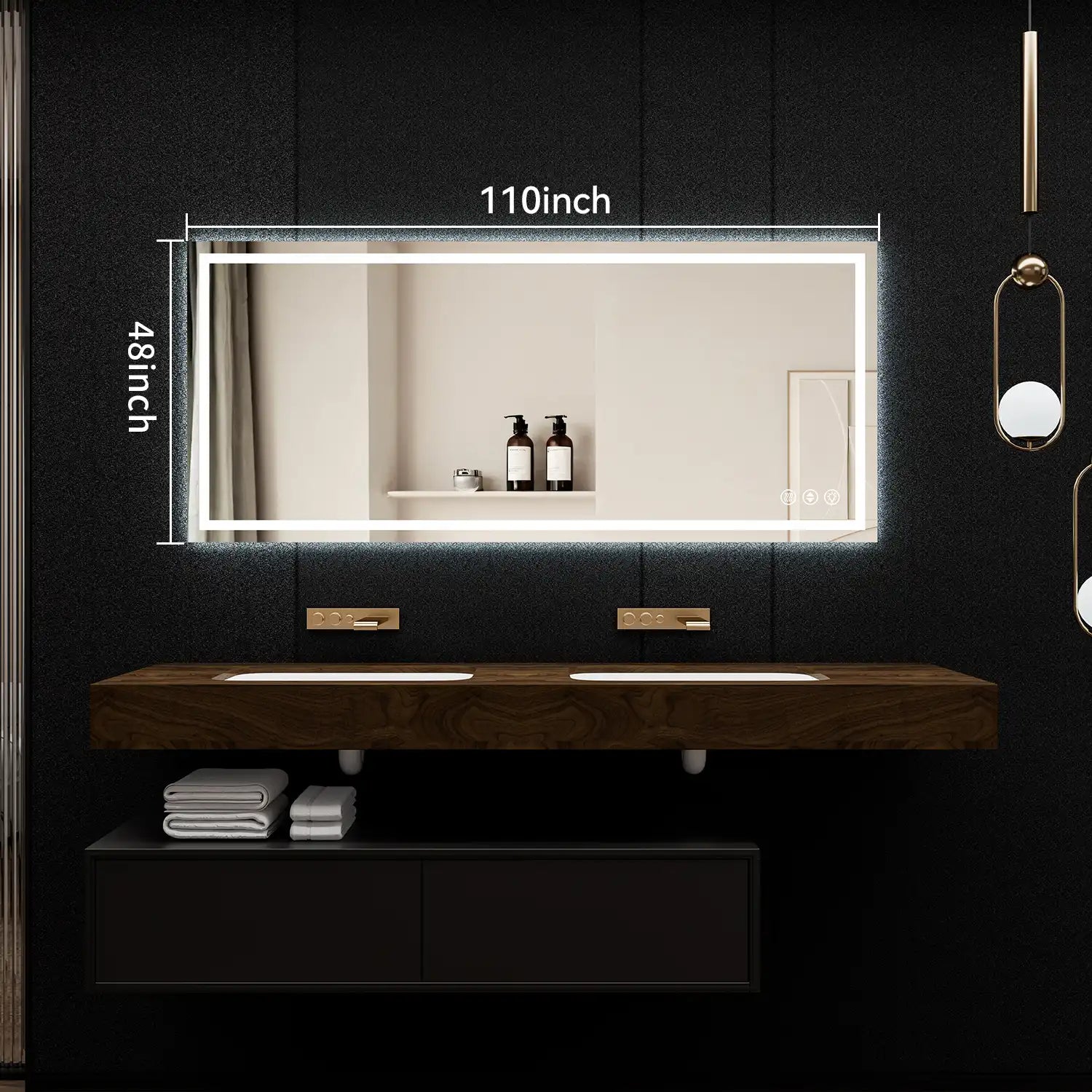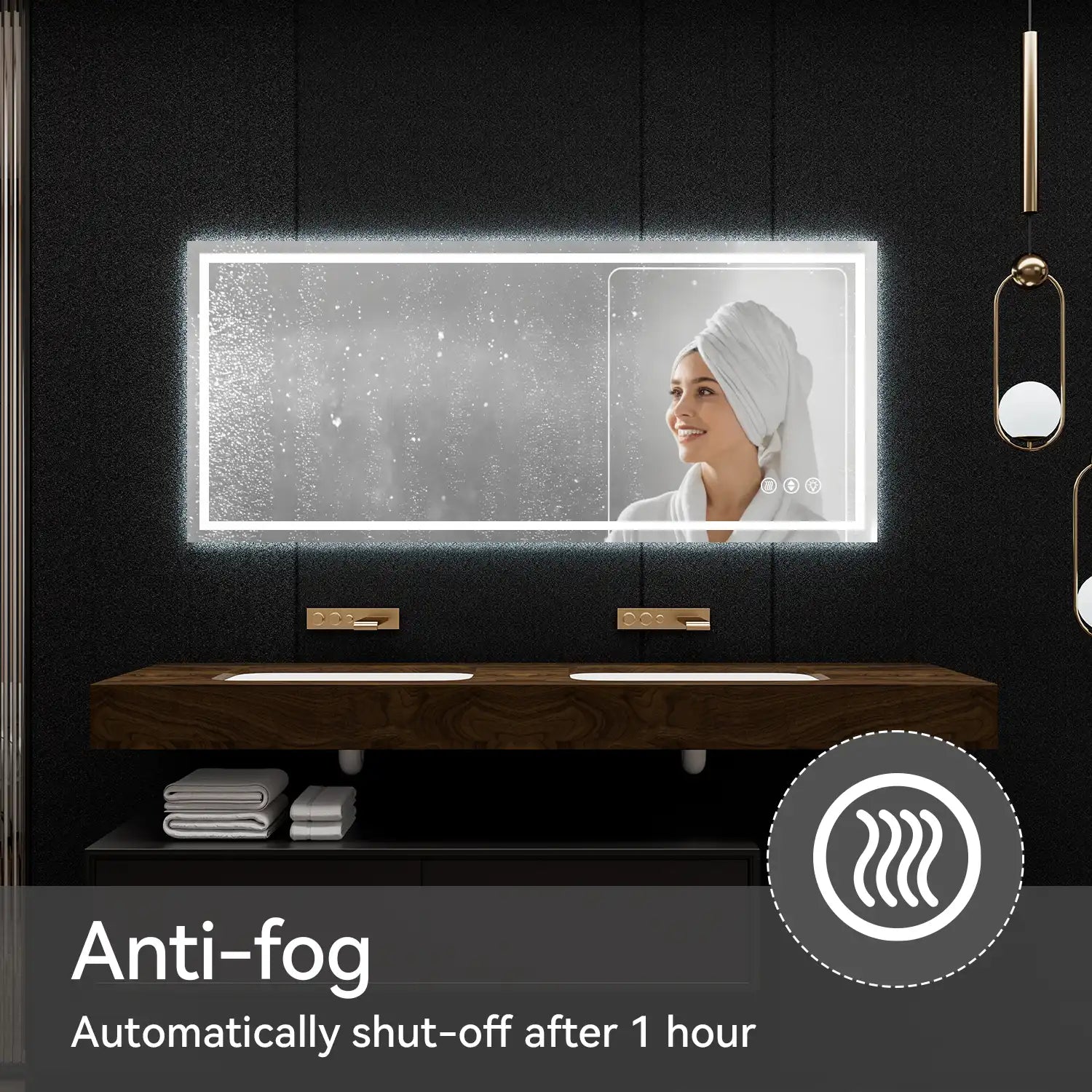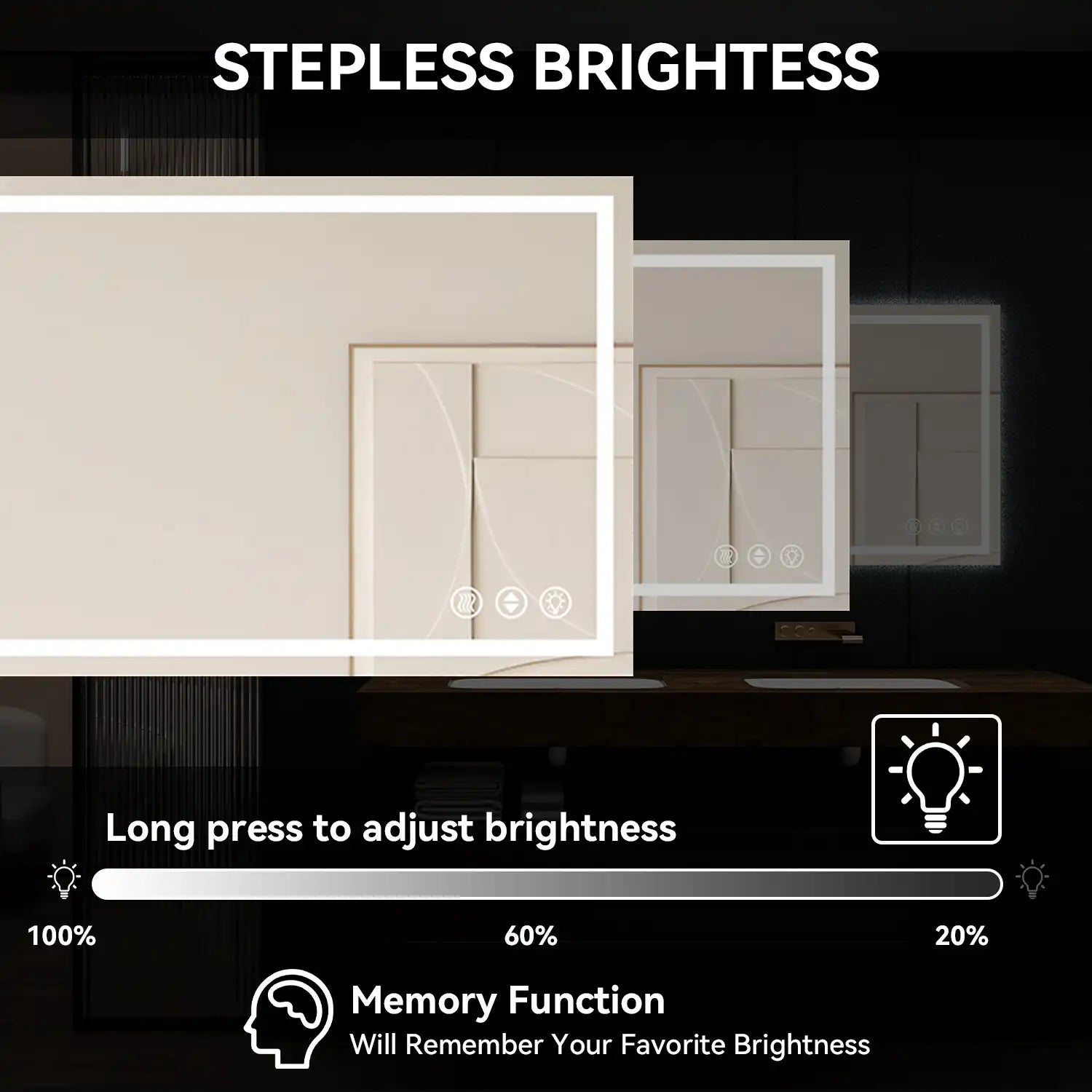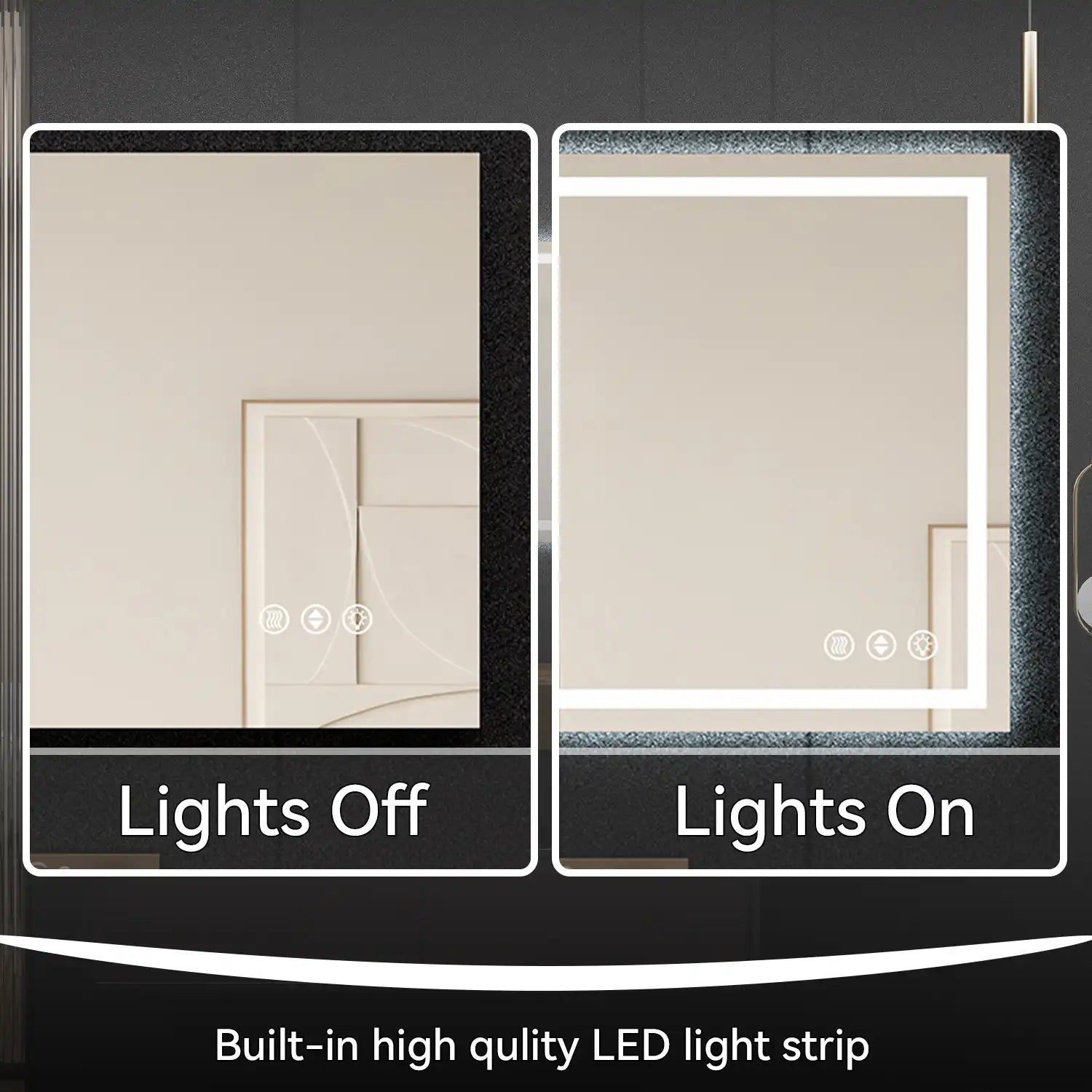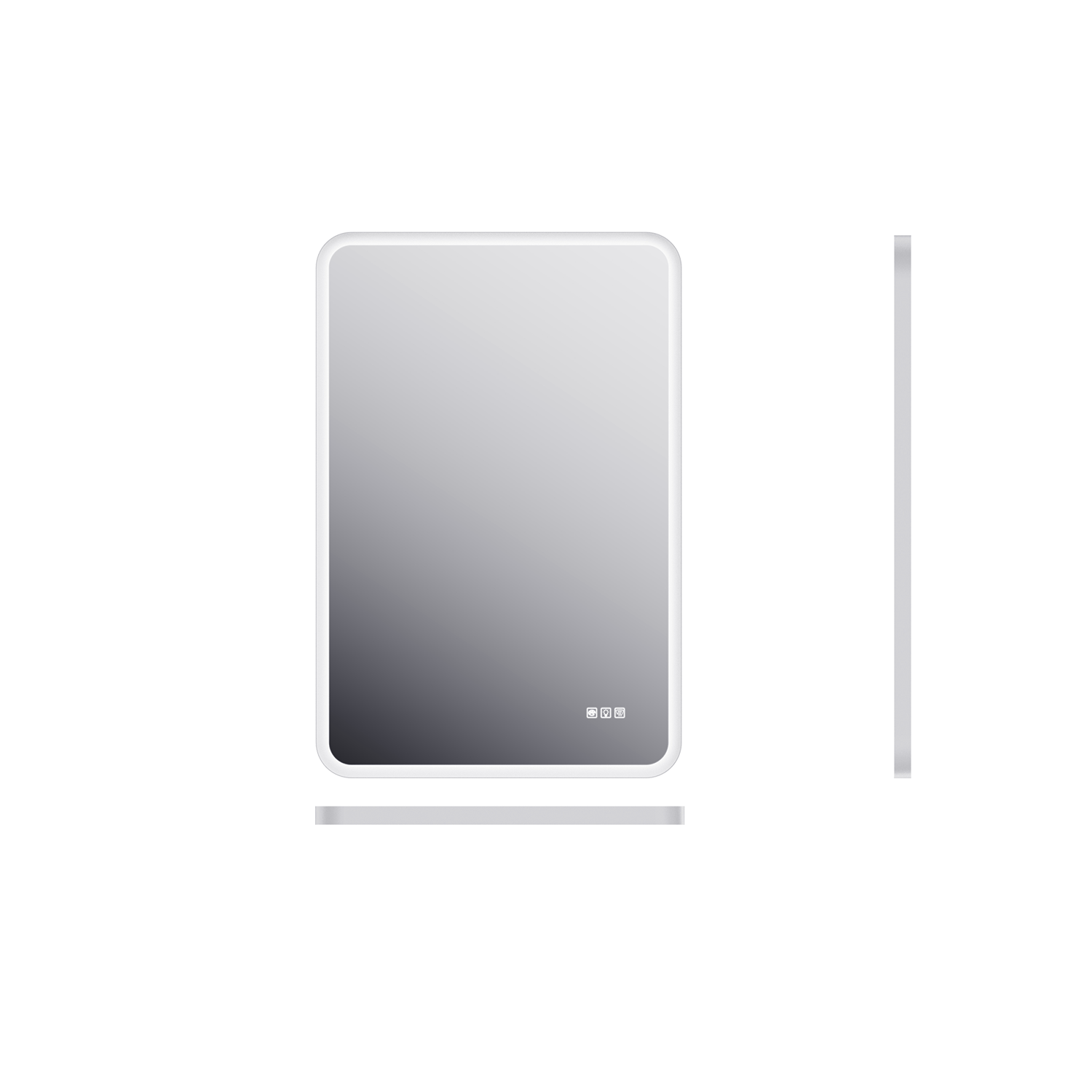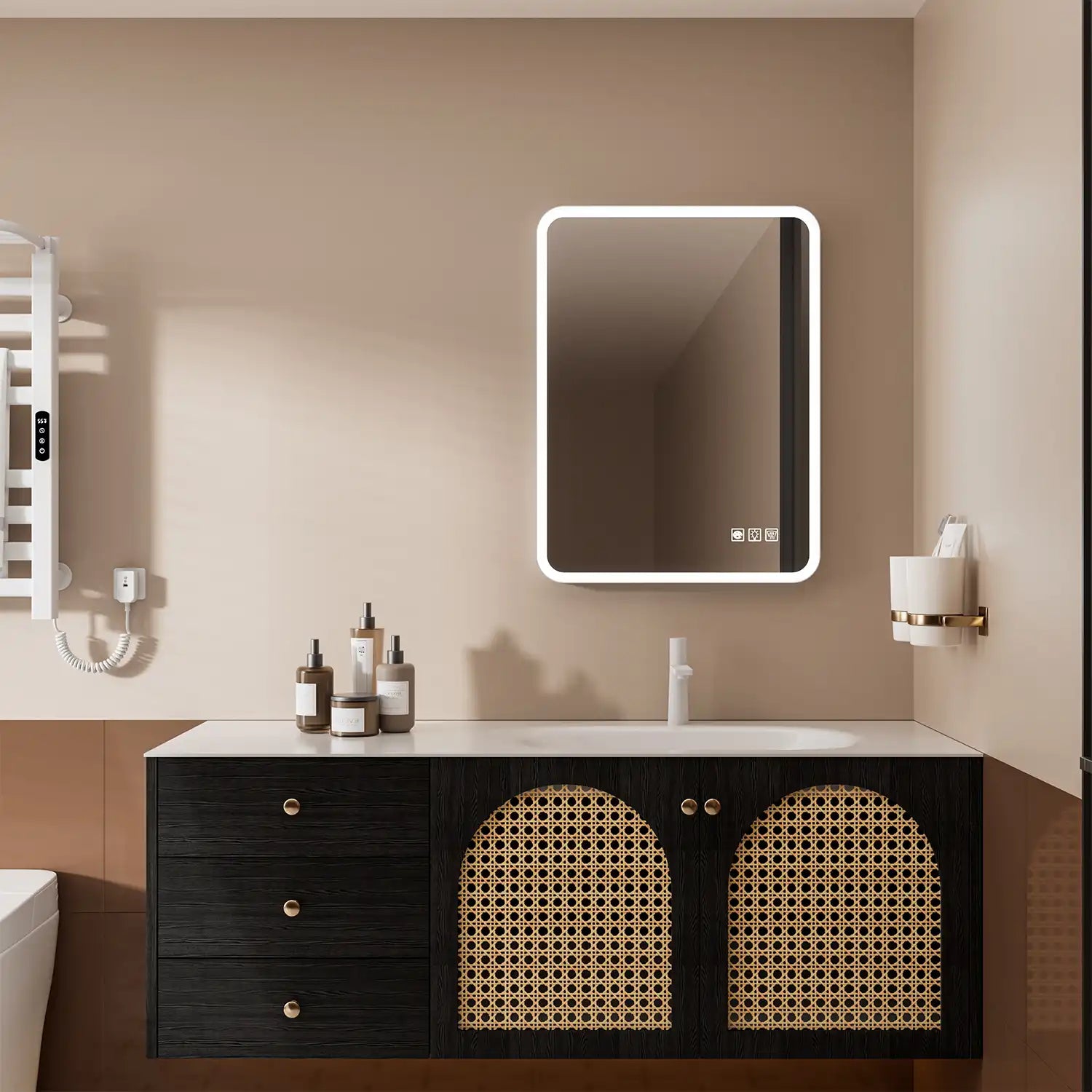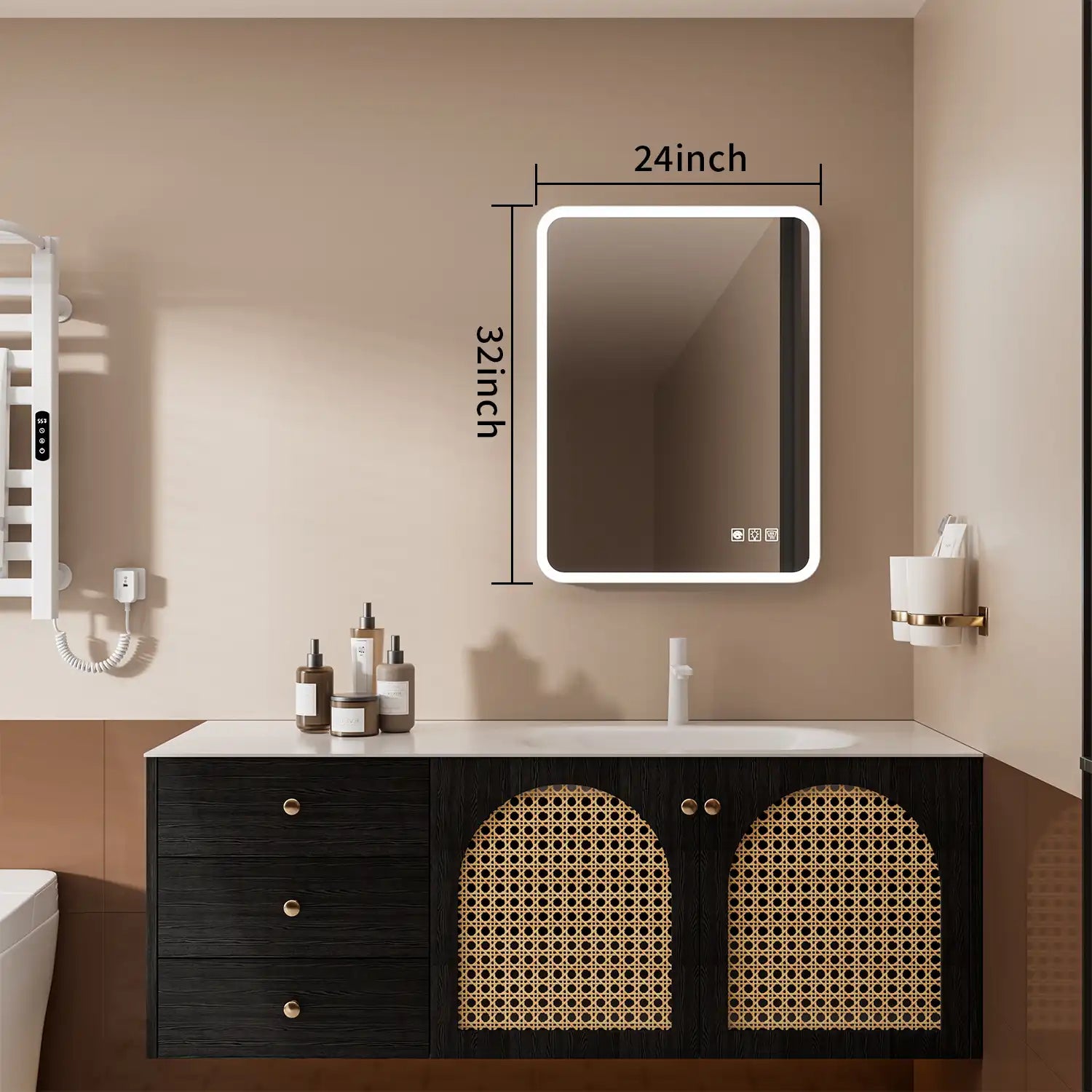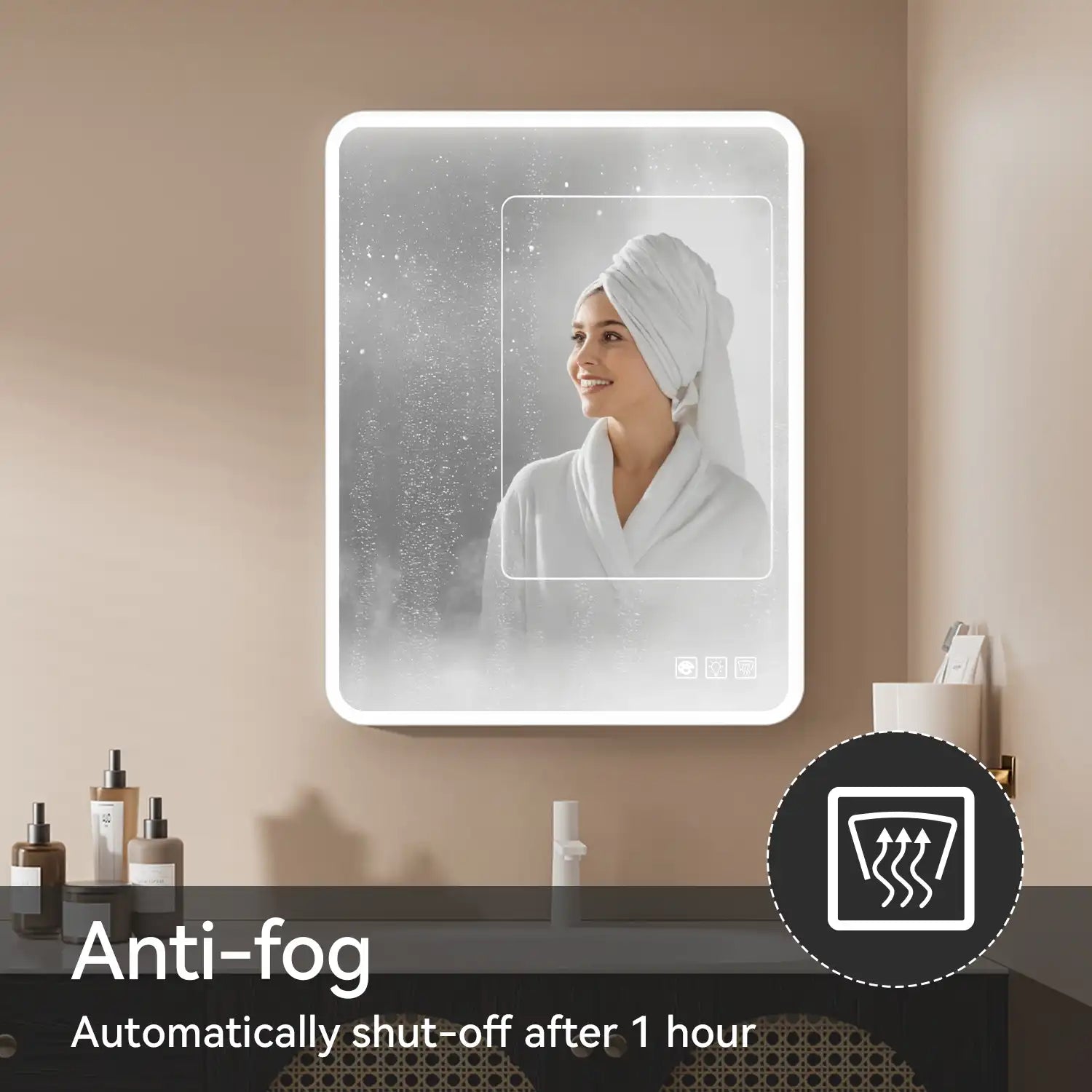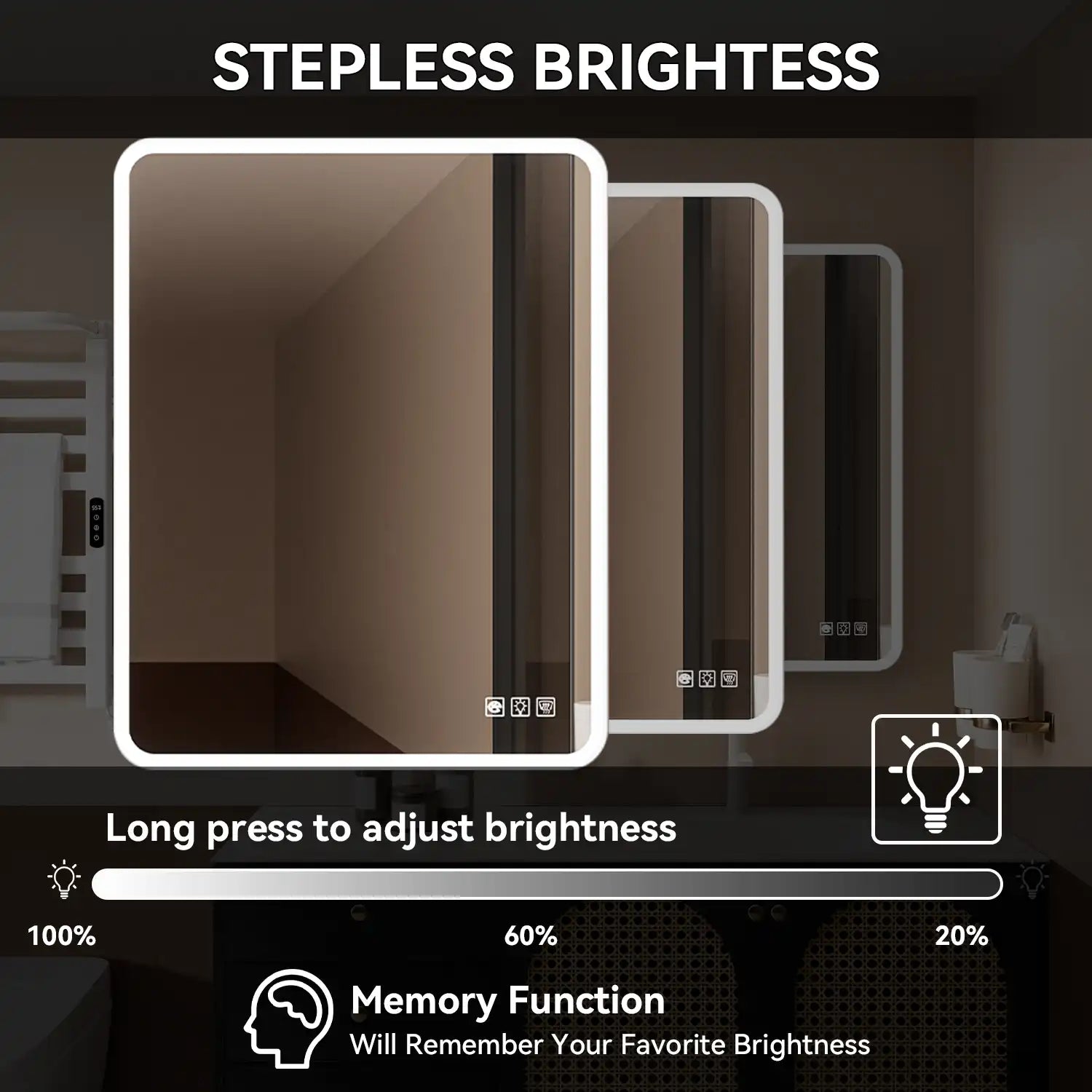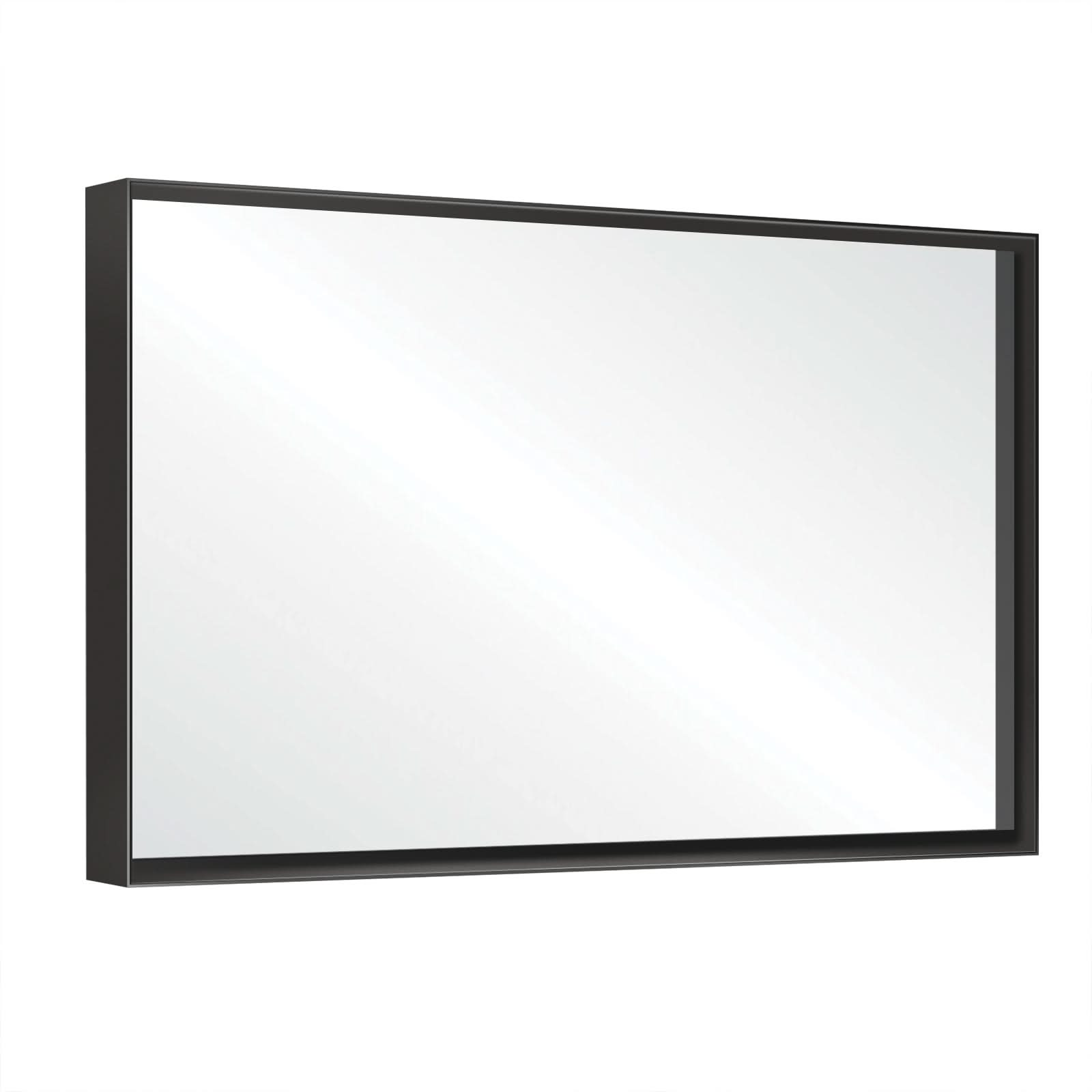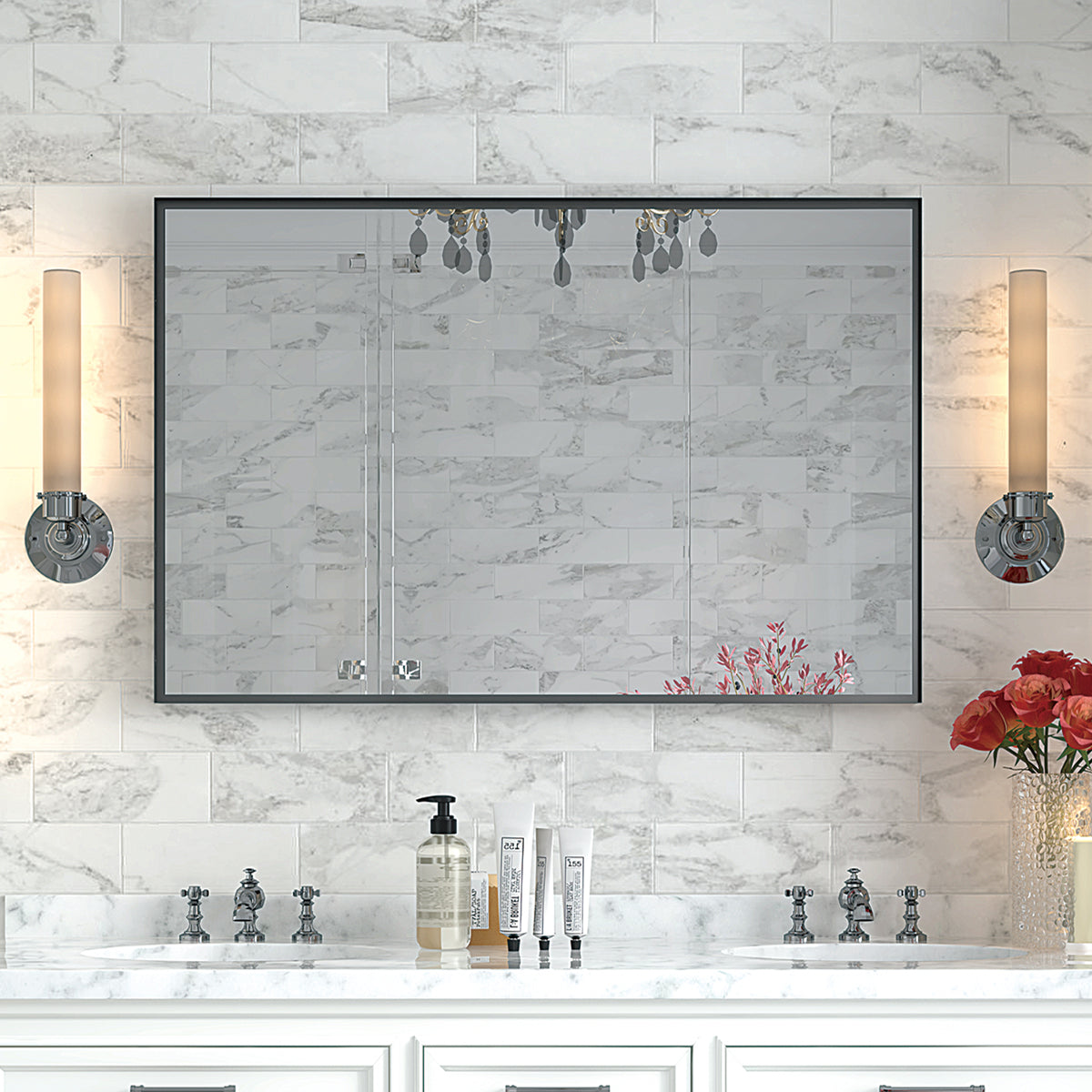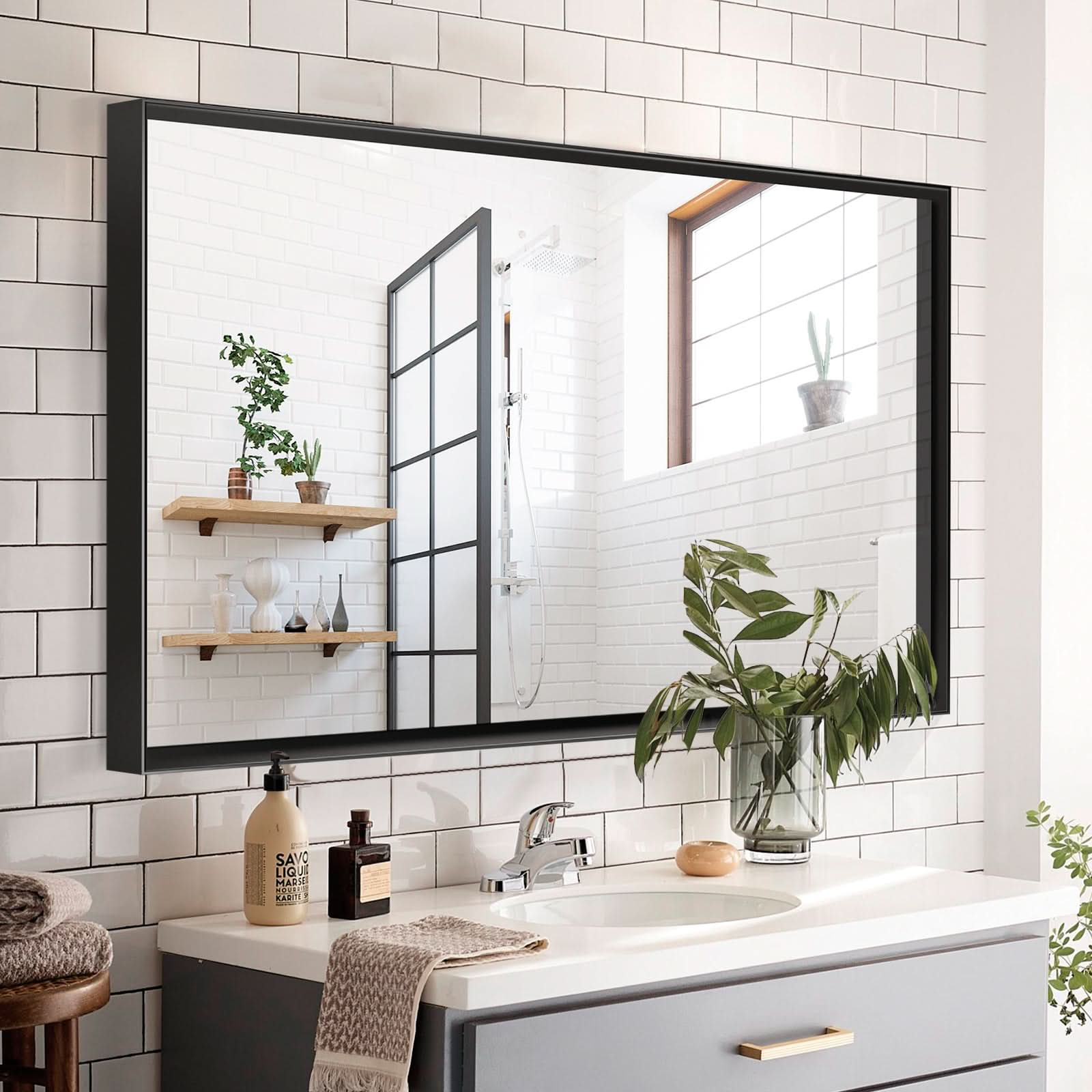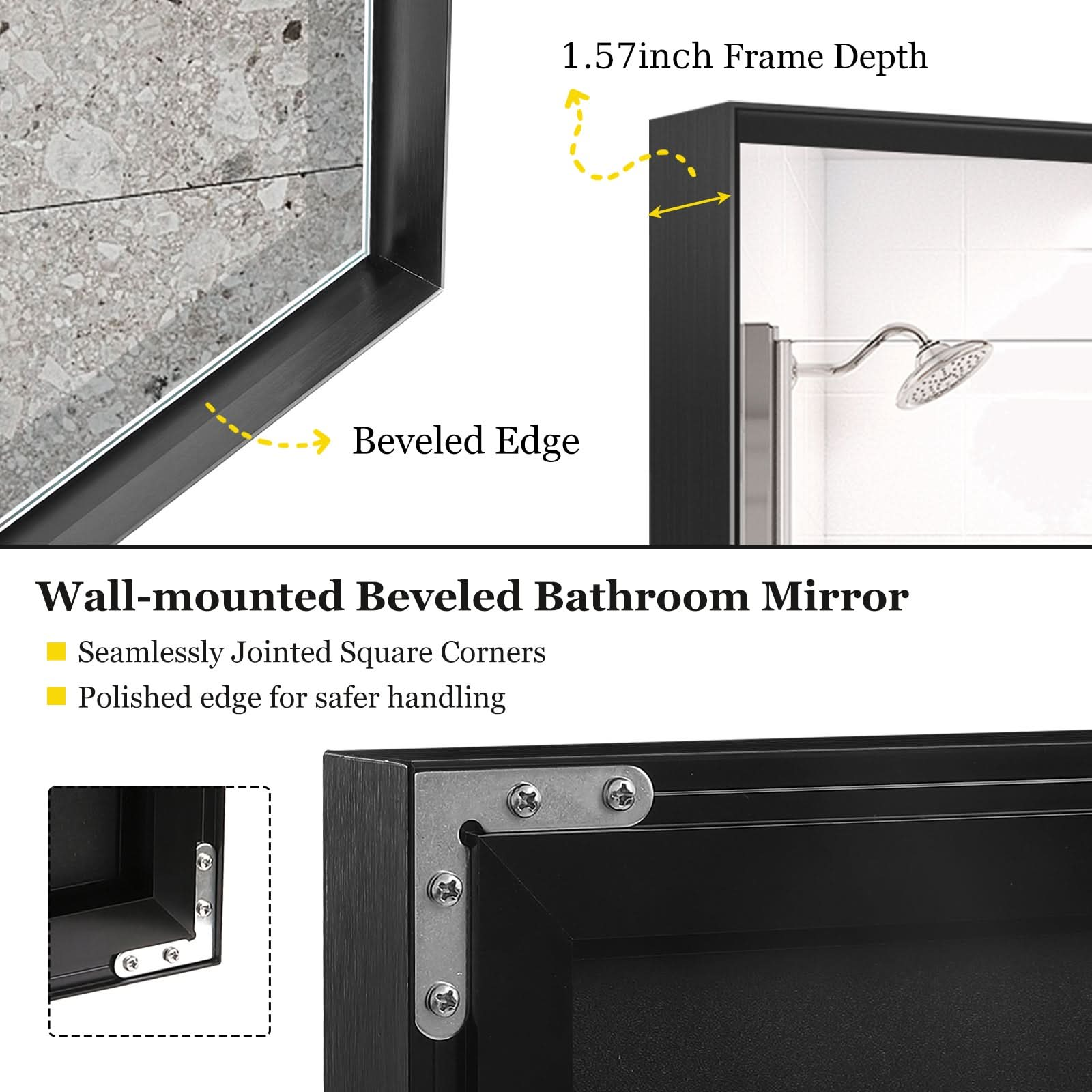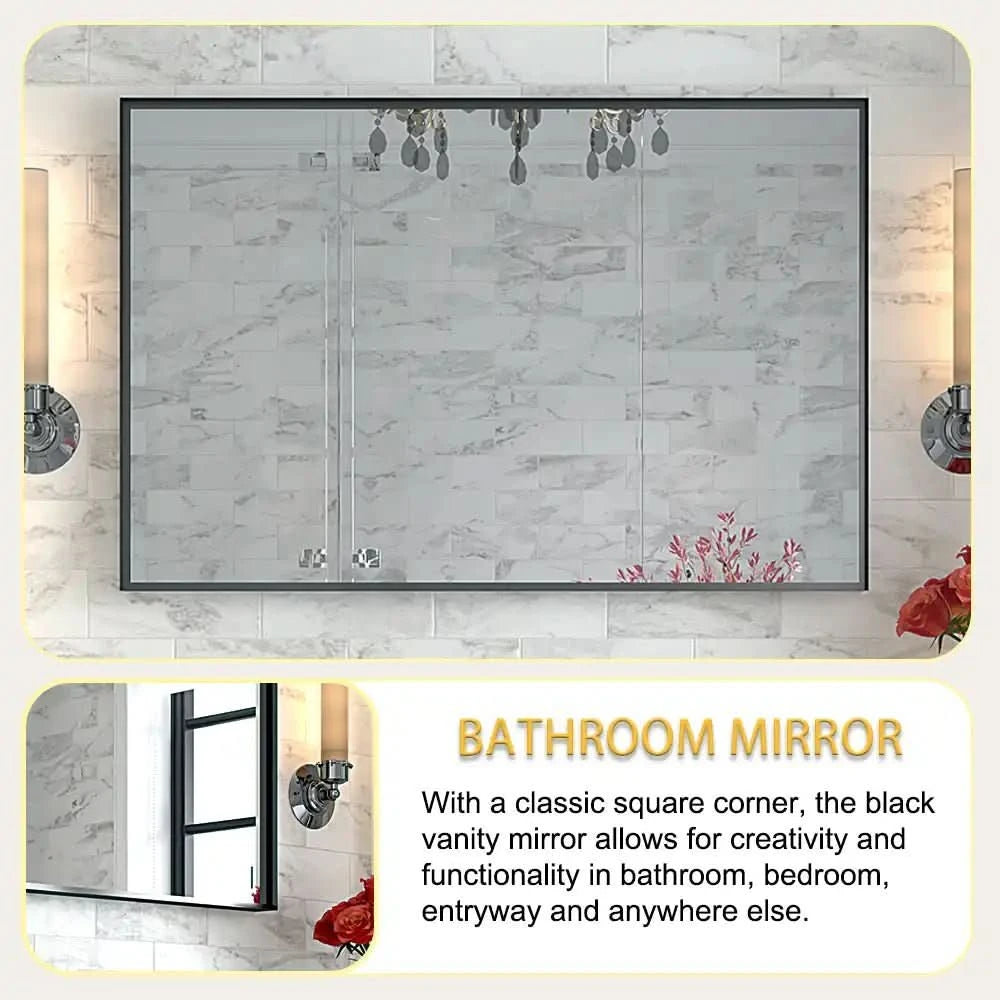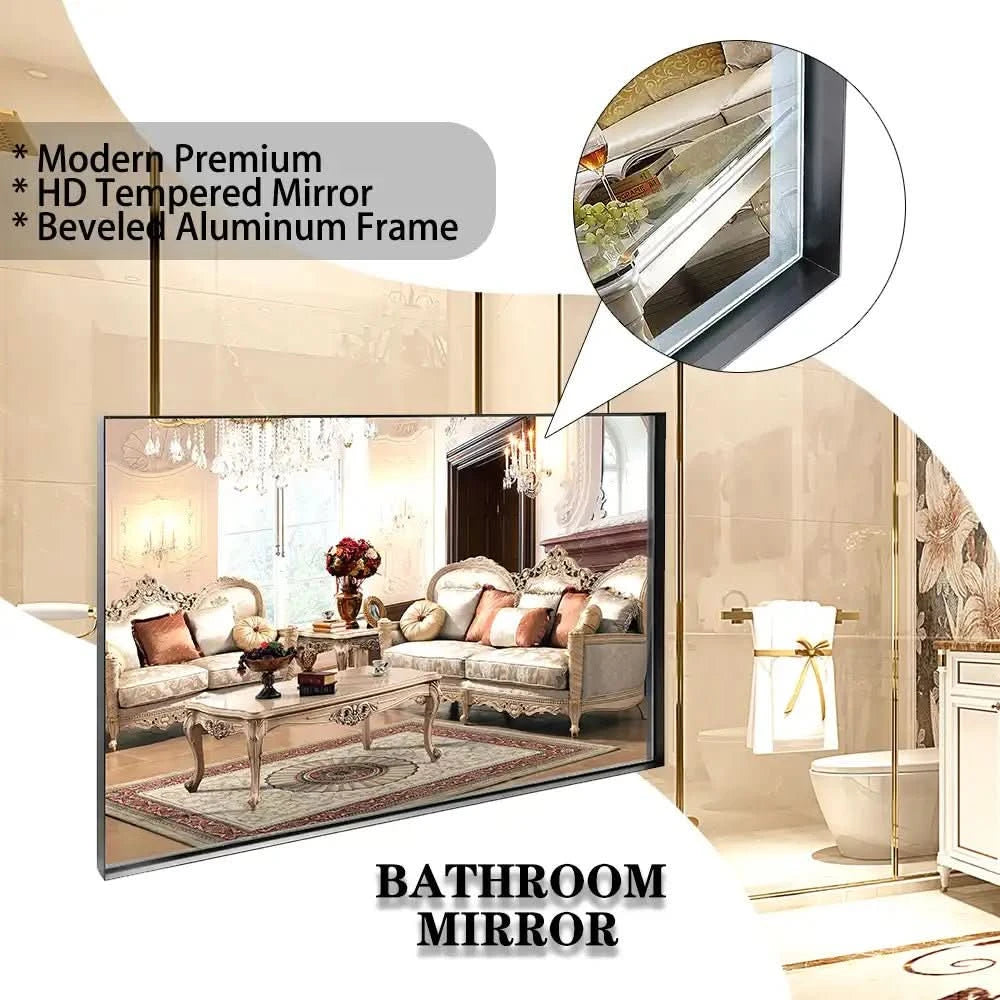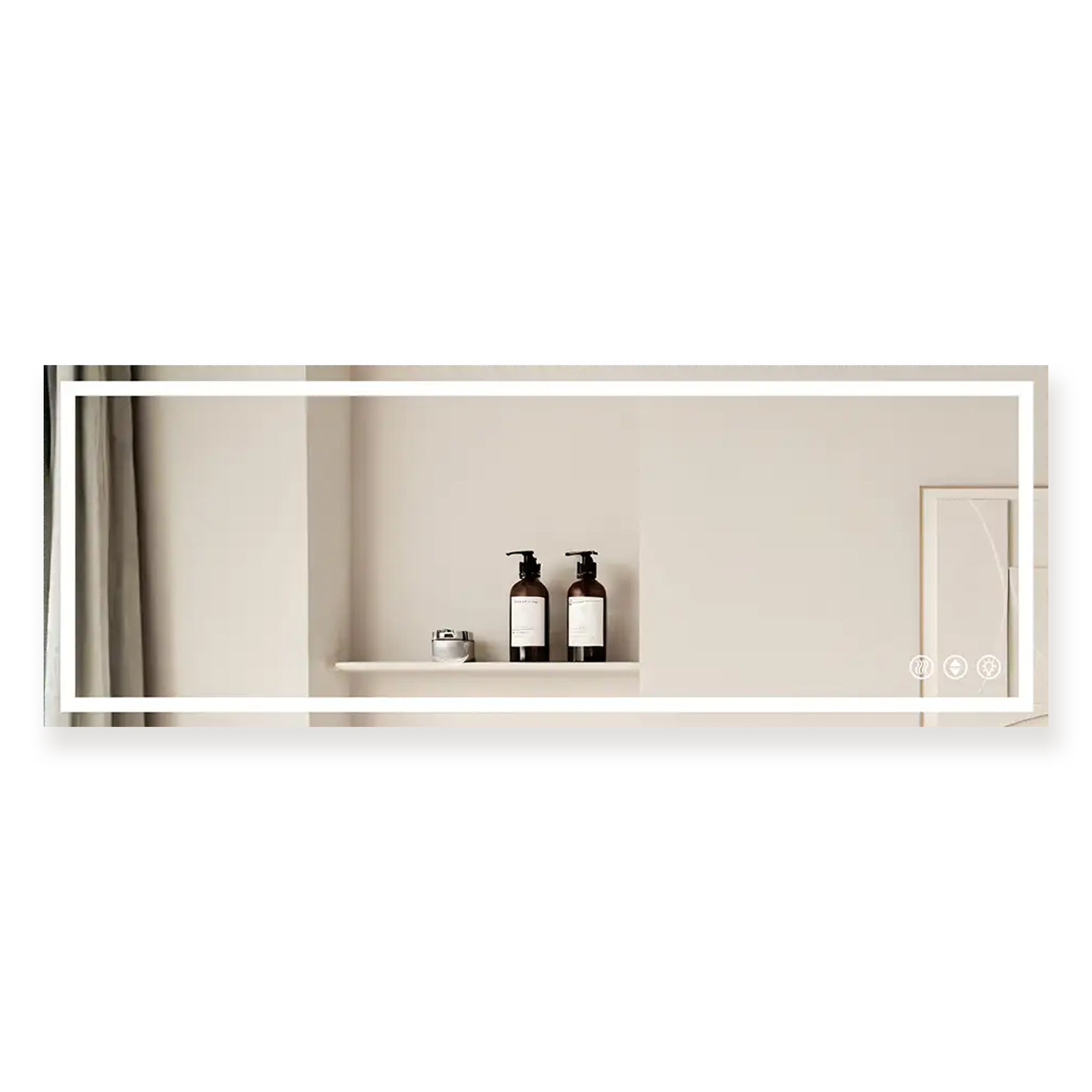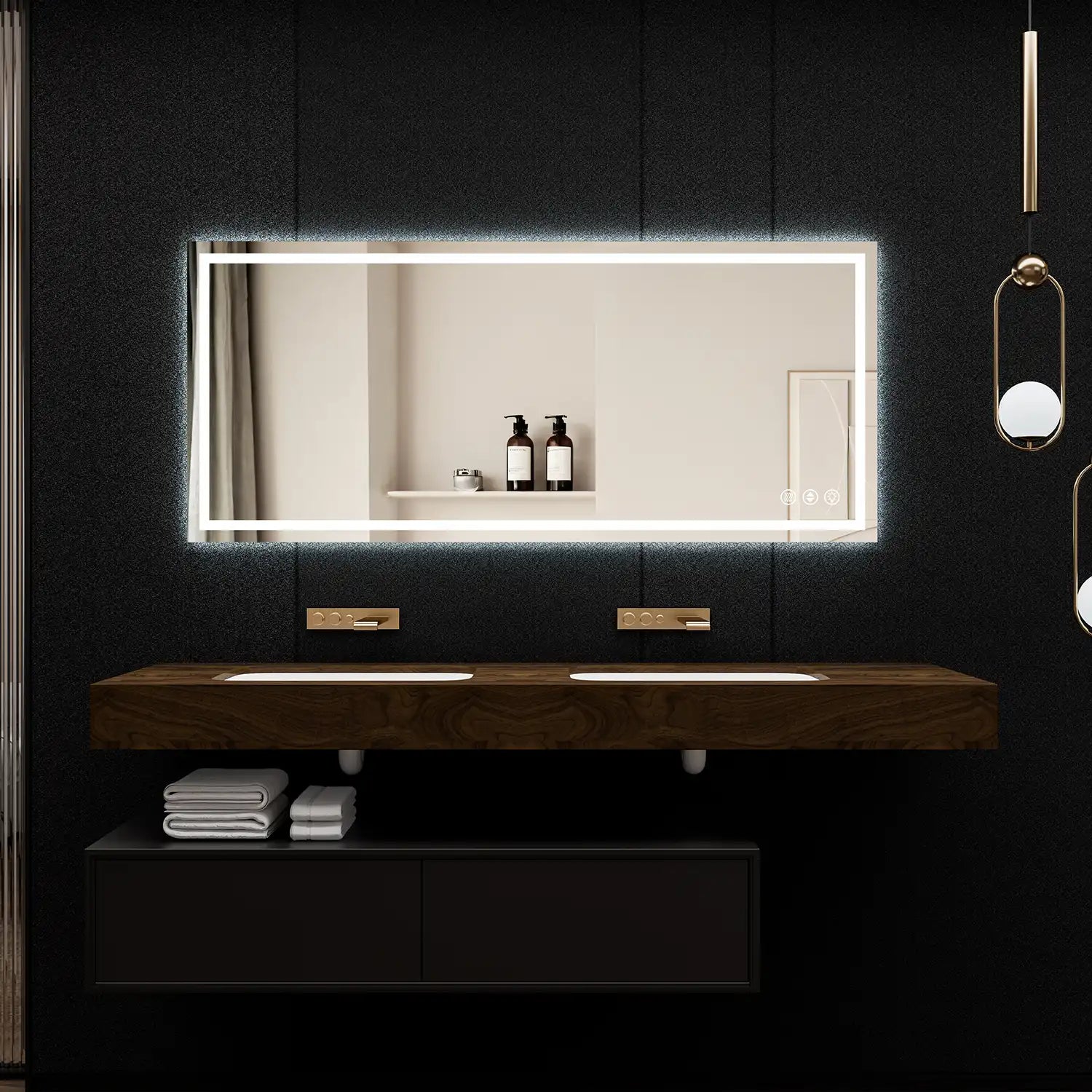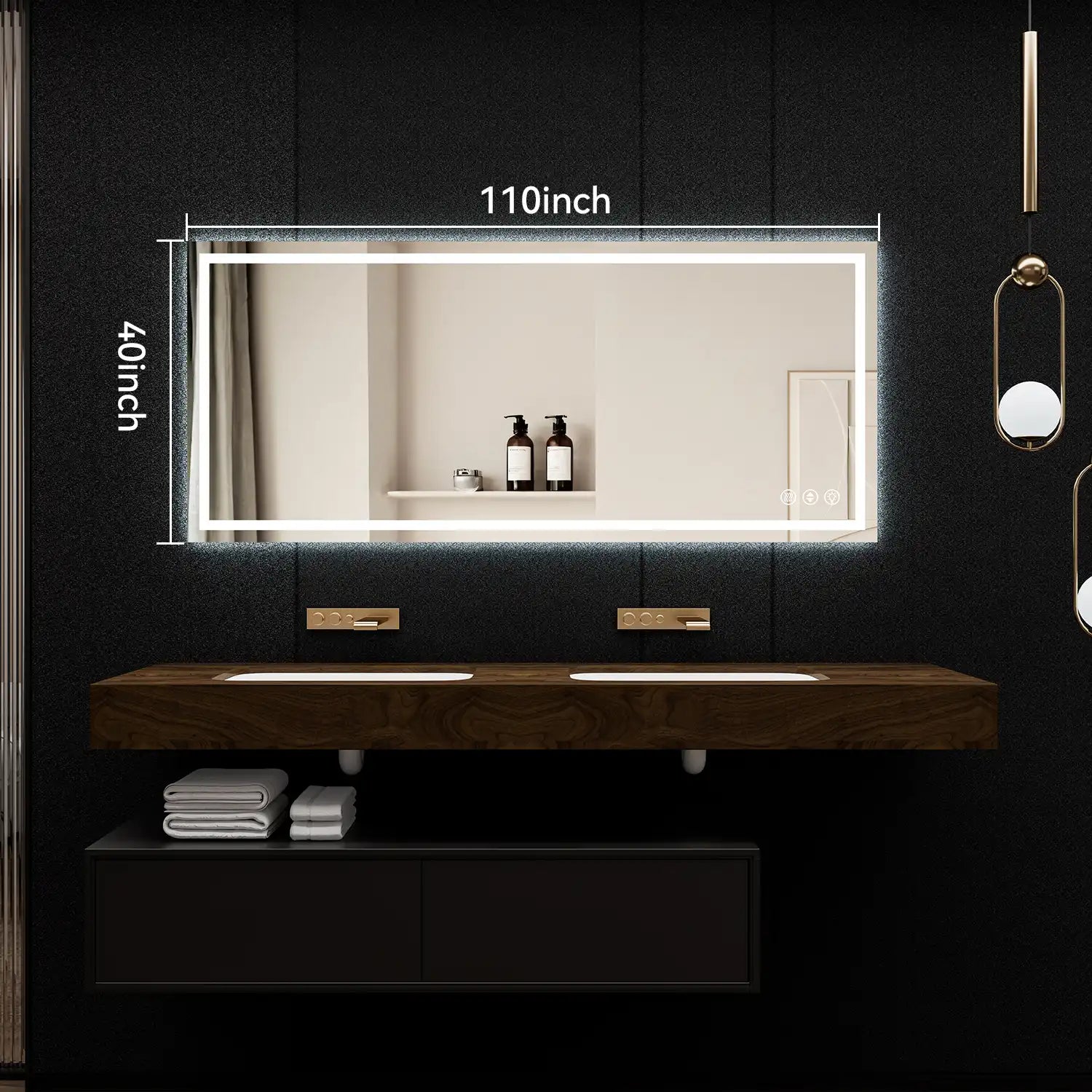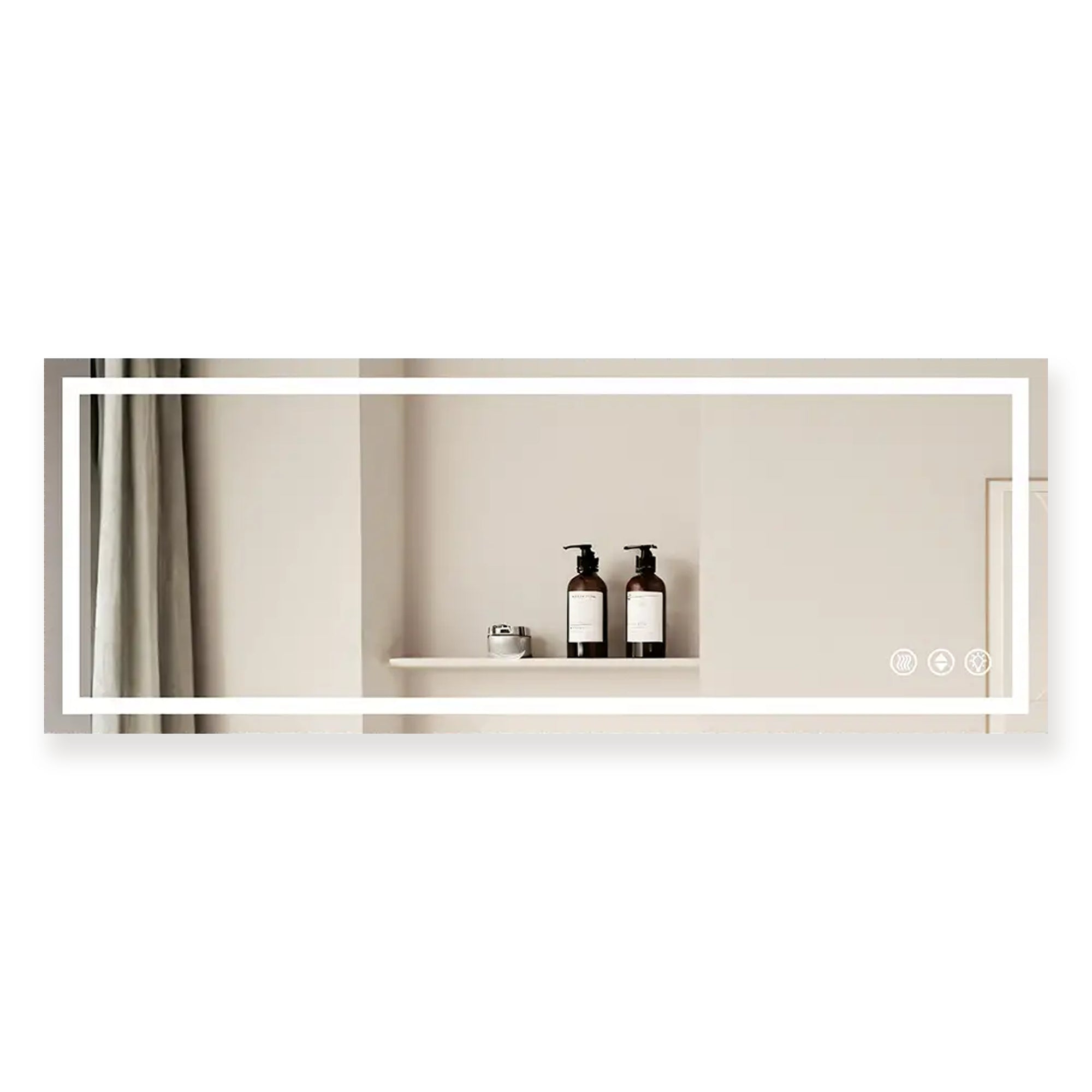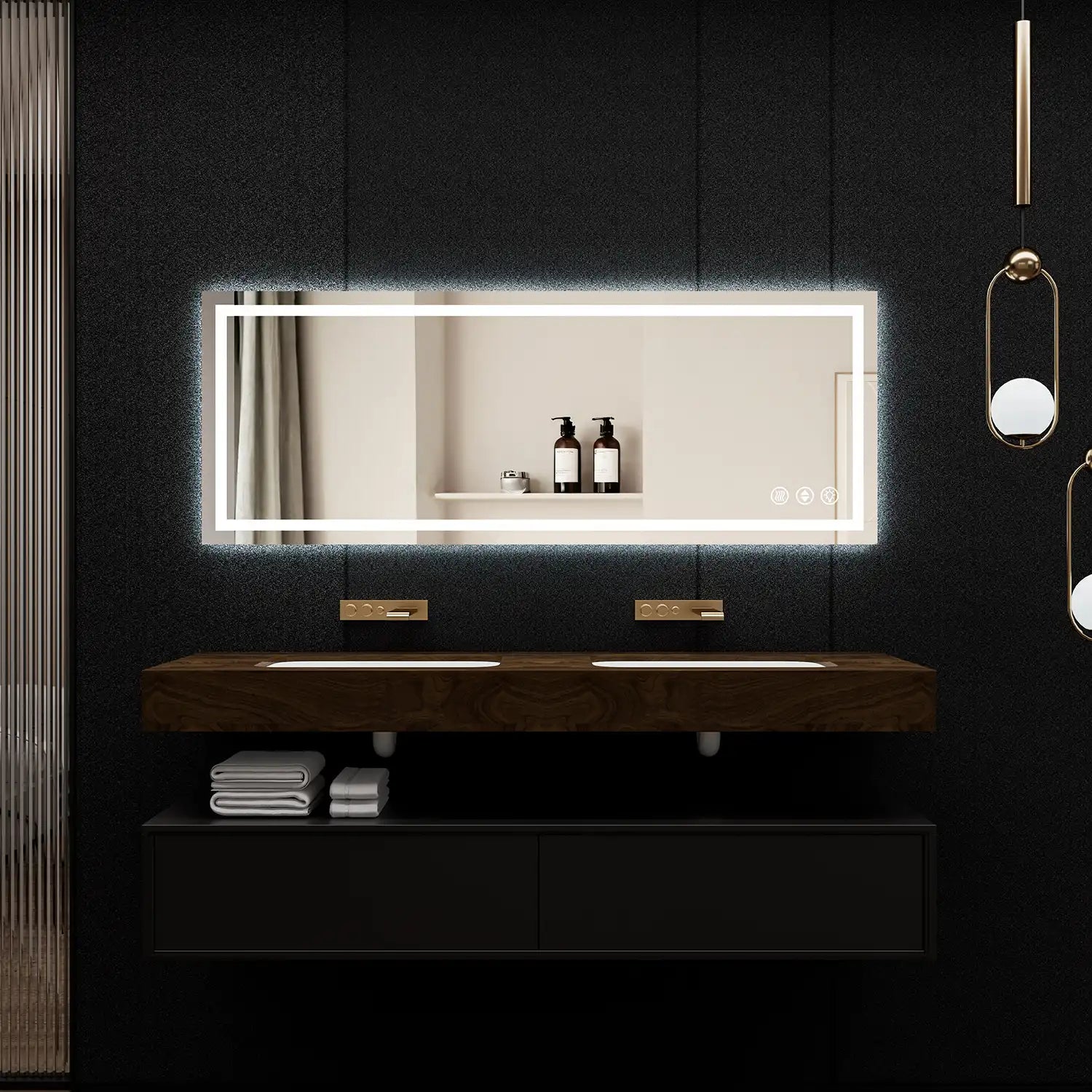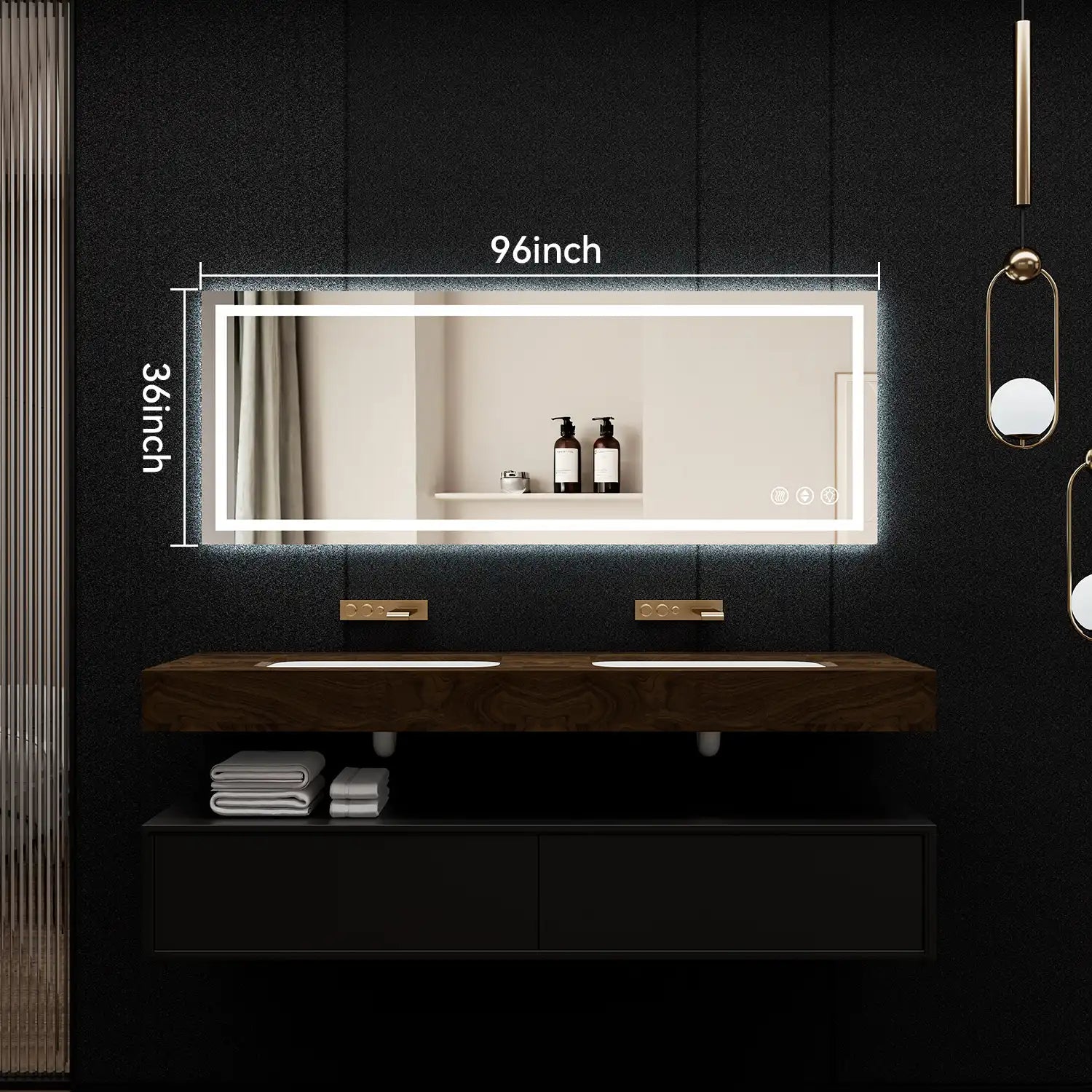Table of Contents
- What Is a Frameless Vanity Mirror?
- Pros and Cons of Frameless Vanity Mirrors
- Pros and Cons of Framed Vanity Mirrors
- Frameless vs. Framed: Key Considerations for Homeowners
- Common Questions About Frameless Vanity Mirrors
- Installation and Care Tips for Frameless Vanity Mirrors
- Final Thoughts: Choosing the Right Mirror for Your Bathroom
- Related Articles
In every bathroom remodel I've been part of—whether it's a small powder room refresh or a master bath upgrade—one detail homeowners often underestimate is the vanity mirror. Yet in reality, the mirror isn't just another accessory. It sets the tone for the space, influences how open the room feels, and even affects your daily routine.
If you're in the middle of planning an update, you may be weighing two popular options: the frameless vanity mirror and the framed vanity mirror. Both bring unique benefits, but they serve different needs. Over the years, I've seen how choosing the right mirror can make all the difference, especially for homeowners who want a bathroom that feels modern, practical, and built to last.
In this guide, I'll walk you through the differences between framed and frameless mirrors, share the pros and cons of each, and offer tips from real experience so you can decide which style truly fits your bathroom—and your lifestyle.
What Is a Frameless Vanity Mirror?
A frameless vanity mirror is one of those design choices that seems simple at first glance, yet it makes a lasting impact on your bathroom. Unlike framed mirrors that come with wood, metal, or composite borders, a frameless mirror is all glass—no extra trim, no visual clutter. The edges are professionally finished, either polished for a crisp straight line or beveled for a softer, angled border that adds dimension.
What I've noticed over years of helping homeowners is that frameless mirrors tend to resonate with people who want their bathroom to feel both modern and practical. For many families, especially those upgrading a home they plan to live in for years, a frameless design strikes the right balance between style, durability, and value.
Here are the qualities that set a frameless vanity mirror apart:
1. Sleek, timeless appearance
Trends come and go, but clean lines rarely age. A frameless vanity mirror blends naturally with modern, transitional, and even traditional spaces that lean toward simplicity. I often tell homeowners: if you want a bathroom that won't look dated five years from now, frameless is a safe choice.
2. More glass, less distraction
Without a frame, you get maximum reflective surface. This doesn't just make the mirror more functional—it changes how the room feels. In smaller suburban bathrooms, a frameless mirror can visually double the space and reflect more light, creating a brighter, airier atmosphere.
3. Flexible sizing and shapes
Frameless vanity mirrors can be ordered in standard sizes, but many homeowners choose custom cuts. Whether you want one wide piece stretching across a double vanity or a tall mirror that runs from countertop to ceiling, frameless options adapt easily. You'll even find creative shapes—arched, round, or asymmetrical—for a more distinctive look.
4. Practical for everyday use
In families where the bathroom sees a lot of traffic, a frameless vanity mirror is easier to maintain. There's no frame to trap dust or absorb moisture, so cleaning is as simple as wiping down the glass. For households managing their own upkeep, this is a genuine time-saver.
I often describe the frameless vanity mirror as the "quiet upgrade"—it doesn't scream for attention, but it elevates the whole bathroom. And for homeowners balancing cost, durability, and style, it's often the most sensible choice.

Pros and Cons of Frameless Vanity Mirrors
Over the years, I've worked with many homeowners debating whether a frameless vanity mirror is worth the investment. Like most design decisions, it comes with both advantages and trade-offs. Understanding these upfront will help you choose with confidence and avoid surprises later.
Pros of Frameless Vanity Mirrors
1. Clean, Modern Look That Lasts
If your goal is a bathroom that feels refreshed without being trendy, frameless mirrors deliver. Their simplicity pairs well with modern, transitional, or even minimalist spaces. I've seen families who upgraded ten years ago still love their frameless mirror today—it's one of those timeless design choices that doesn't feel dated.
2. Maximizes Light and Space
Because there's no border, you get more glass surface. This makes smaller bathrooms look larger and brighter—something many suburban homes benefit from, especially in secondary baths or powder rooms. For master bathrooms, a wall-to-wall frameless vanity mirror can give that open, spa-like effect.
3. Easy Maintenance
Homeowners who handle their own cleaning often appreciate that a frameless mirror has fewer nooks and crannies. No wood to warp, no metal to tarnish—just glass that can be wiped down in a matter of minutes. If you're managing your own upkeep, this simplicity pays off in the long run.
4. Flexible Sizing and Installation Options
Frameless vanity mirrors aren't limited by frame stock sizes. You can order a mirror cut to fit unusual wall dimensions, double vanities, or even floor-to-ceiling designs. This flexibility means you don't have to compromise style for function.
5. Works With Any Finish or Color Scheme
Whether your bathroom has brushed nickel faucets, matte black hardware, or a white oak vanity, a frameless mirror won't clash. I often recommend this option to homeowners who plan on updating fixtures over time—since the mirror stays neutral, you won't feel locked in.
6. Value Without Excess Cost
Compared to ornate framed mirrors, many frameless options are more affordable. Yet they still provide a polished, high-end appearance. For homeowners looking to balance cost with style, this is one of the best-value upgrades you can make.
Cons of Frameless Vanity Mirrors
1. Less Decorative Character
While frameless mirrors are sleek, they don't double as wall art the way framed mirrors sometimes do. If you want your mirror to add texture, color, or vintage charm, you may feel a frameless option looks too simple.
2. Requires Careful Installation
Frameless mirrors rely on precise mounting. If they're even slightly uneven, the effect is noticeable. I always advise hiring a professional installer for larger mirrors to avoid mishaps and ensure safety.
3. Edge Vulnerability Without Proper Finish
Although polished and beveled edges are designed to protect the glass, they are still more exposed than a framed edge. Over time, bumps or poor cleaning habits can affect them. Choosing quality glass and proper installation reduces this risk significantly.
In short, a frameless vanity mirror offers unbeatable simplicity, flexibility, and value for homeowners who want a bathroom that feels modern and easy to maintain. The trade-offs are mostly about design preference and installation care—both of which can be addressed with the right planning.

Pros and Cons of Framed Vanity Mirrors
While the frameless vanity mirror is known for its simplicity and modern appeal, the framed vanity mirror offers a different kind of value. Over the years, I've seen many homeowners choose framed mirrors not only for function but also for the personality they bring to the bathroom. Here's what you should know before deciding.
Pros of Framed Vanity Mirrors
1. Adds Character and Style
A framed vanity mirror acts as both a mirror and a decorative piece. Whether it's a rustic wood frame, a sleek black metal edge, or a classic white trim, the frame adds definition and personality to the bathroom. Homeowners who want their mirror to stand out often lean toward framed designs.
2. Easy Way to Match Bathroom Decor
With the right frame, your mirror can tie together the vanity, lighting, and hardware. For example, brushed nickel fixtures pair beautifully with a silver frame, while farmhouse-style vanities often look complete with a reclaimed wood frame. This coordination creates a more cohesive design.
3. Flexible Design Options
Framed mirrors come in endless styles—traditional, farmhouse, modern, or even ornate vintage. For homeowners who enjoy adding a personal touch or want their bathroom to reflect their home's overall theme, this flexibility is a big advantage.
4. Edge Protection
The frame adds a protective layer around the glass, reducing the risk of chips or wear on the mirror edges over time. This is reassuring for households with kids or high-traffic bathrooms.
Cons of Framed Vanity Mirrors
1. Requires More Maintenance
Unlike a frameless vanity mirror, a framed mirror has surfaces that collect dust and moisture. Wood frames can warp in humid environments, and metal finishes can tarnish if not cared for properly. For busy homeowners, this means extra upkeep.
2. Can Limit Mirror Size
Since framed mirrors come in standard sizes, it can be harder to get an exact fit for your wall. Custom framing is possible, but it usually costs more and requires a longer lead time.
3. May Clash With Future Upgrades
Bathroom trends change, and so do finishes. If you replace your vanity, faucets, or light fixtures later, the frame color or style might no longer match. With a frameless vanity mirror, you don't have this concern.
4. Higher Cost for Custom Looks
While basic pre-framed mirrors are budget-friendly, custom-framed mirrors with premium materials or finishes can become more expensive than frameless options of the same size.
For homeowners who want their mirror to serve as both a functional tool and a design statement, a framed vanity mirror is a great choice. But if your priorities lean toward simplicity, long-term flexibility, and easy maintenance, the frameless vanity mirror may serve you better.

Frameless vs. Framed: Key Considerations for Homeowners
After working with many families on bathroom upgrades, I've found that the decision between a frameless vanity mirror and a framed one usually comes down to a few practical questions. Instead of asking "Which style is better?”, I encourage homeowners to ask "Which style is better for my bathroom and lifestyle?”
Here are the factors worth weighing:
1. Style and Aesthetic Goals
- If you want a modern, airy, and streamlined look, the frameless vanity mirror is the natural choice. It helps the bathroom feel brighter and more open, especially in smaller suburban homes.
- If you prefer a decorative, coordinated, or statement-making piece, a framed mirror gives you more options. Think farmhouse wood for rustic charm or matte black metal for bold contrast.
2. Maintenance and Cleaning
- Frameless: Very low-maintenance. Just glass to wipe down—ideal if you're handling the cleaning yourself and want fewer chores.
- Framed: Requires extra care. Frames can collect dust or react to moisture, which means more upkeep over time.
3. Durability and Safety
- Frameless: Edges are exposed but finished (polished or beveled). With professional installation and quality glass, they hold up well.
- Framed: Provides extra edge protection, which some families with kids find reassuring.
4. Flexibility Over Time
- Frameless: A safe, neutral choice if you expect to change vanities, hardware, or wall colors later. The mirror won't clash with updates.
- Framed: Looks fantastic when everything matches, but can feel outdated if you remodel again and the frame no longer fits the style.
5. Cost and Value
- Frameless: Typically more affordable for standard options, and even custom sizes often cost less than ornate frames. Great for balancing style and value.
- Framed: Budget-friendly if you buy ready-made, but custom framing can increase the price significantly.
6. Installation
- Frameless: Requires precise alignment and secure hardware—professional installation is strongly recommended for large mirrors.
- Framed: Easier to hang and more forgiving if slightly off-center.
- Choose a frameless vanity mirror if you value simplicity, a timeless modern look, and easy upkeep.
- Choose a framed vanity mirror if you want your mirror to double as a decorative element and don't mind a bit of extra maintenance.
Both styles can elevate your bathroom, but the right choice depends on your goals, budget, and how much you want the mirror itself to "disappear" into the room or stand out as a design feature.
Common Questions About Frameless Vanity Mirrors
1. Is a frameless vanity mirror durable enough for everyday family use?
2. How does a frameless vanity mirror hold up in humid bathrooms?
3. Is a frameless vanity mirror more affordable than a framed one?
4. Can I install a frameless vanity mirror myself, or should I hire a professional?
5. Will a frameless vanity mirror match my future bathroom upgrades?
Installation and Care Tips for Frameless Vanity Mirrors
Based on what I've seen in many suburban bathroom remodels, most homeowners want two things when it comes to their mirror: a safe, secure installation and easy long-term care. Here are some practical tips to help you get the best results with your frameless vanity mirror:
1. Measure Carefully Before Ordering
Since many people purchase a frameless vanity mirror online, double-check your vanity width and wall height before placing an order. A mirror that's a few inches narrower than the vanity usually looks balanced, while full wall-to-wall mirrors need exact measurements. Careful sizing avoids costly returns and ensures a polished result.
2. Consider Professional Installation for Larger Mirrors
For small powder rooms, a DIY installation can work. But if your frameless vanity mirror spans a double vanity or runs from counter to ceiling, I strongly recommend professional installation. It guarantees the mirror is level, securely anchored, and safe for long-term use—a worthwhile investment for peace of mind.
3. Choose Quality Mounting Hardware
The hardware matters as much as the mirror itself. Be sure your frameless vanity mirror comes with sturdy brackets or clips rated for glass weight. Skipping on quality hardware can shorten the lifespan of the mirror and compromise safety.
4. Clean With Gentle Products Only
Avoid ammonia-based sprays or abrasive pads, which can damage the mirror's backing. Instead, spray a mild glass cleaner onto a microfiber cloth and wipe gently. This prevents streaks while protecting the mirror's edges. Regular light cleaning is all it takes to keep a frameless vanity mirror crystal clear.
5. Keep the Edges Dry
Even with polished or beveled edges, it's a good habit to wipe away excess moisture after showers or sink splashes. This simple step preserves durability, especially in family bathrooms that see daily use.
Final Thoughts: Choosing the Right Mirror for Your Bathroom
When it comes to bathroom upgrades, few details influence both style and function as much as the vanity mirror. After working with many homeowners, I've found that the frameless vanity mirror stands out as one of the smartest investments you can make. It offers a modern, uncluttered look, is easy to maintain, and adapts seamlessly to future changes in finishes or fixtures. For many families, it strikes the right balance between value, durability, and timeless design.
That doesn't mean framed mirrors don't have their place—they can add charm and character when you want your mirror to double as a decorative feature. But if your priority is a bathroom that feels brighter, more open, and easy to care for, a frameless option is hard to beat.
For homeowners in suburban neighborhoods who want upgrades that are both practical and stylish, the frameless vanity mirror is a choice that will serve you well for years. And with today's online ordering and professional installation services, it's easier than ever to select the right size, have it delivered to your door, and enjoy a smooth, worry-free setup.
If you want a mirror that enhances your bathroom without adding maintenance or limiting your design choices, a frameless vanity mirror is the way to go.
Related Articles
Looking for more ideas to complete your bathroom upgrade? Here are a few helpful resources you might find useful:
- "Luxury Walk In Showers: Affordable Upgrade Guide for Modern Middle-Class Homes"
- "Why a Bathroom Vanity with Makeup Station Is the Perfect Blend of Style and Function"
- "Medicine Cabinet Ideas to Elevate Your Bathroom Design"
- "Looking for a Basic Corner Shower Stall? Here's What You Need to Know"
- "Types of Medicine Cabinets: How to Choose the Right Storage for Your Bathroom"
- "A Complete Guide to Bathroom Sink Dimensions: Sizes, Styles, and Smart Choices"


